Sail Away
A different side to Sweden.
Words by Jen Harrison Bunning
Photographs by Tom Bunning
It’s curious that I’d never been curious about Sweden before. My Scottish father was seconded to Stockholm in the 1960s as part of his medical training and my Cotswolds childhood was peppered with Swedish notes: breakfasts of knäckebrot and Kalles kaviar branded smörgåskaviar (crispbread and caviar paste), evening feasts of my Australian mother’s take on svenska fisksoppa (fish soup) and afternoon snacks of Annas Pepparkakor (ginger thins). Aside from the odd delirium-inducing trip to IKEA, a passion for Wallander and late night cook-ups with friends making vats of that same fish soup, Sweden had somehow fallen off my radar.
It was a conversation at dusk over a whisky with my father that ignited a longing to discover the country that had helped shape my taste buds, and the place he had discovered at around the same age I find myself now. He regaled me with stories of the Stockholmers’ easy hospitality, long kitchen suppers, summer days messing around in boats and nights spent wild camping out on the islands of the archipelago, making the most of the Swedes’ law of Allemansrätten (the Right of Public Access). This sort of AAA pass gives any person the right to visit someone else’s land, bathe in and boat on any water and gather wild flowers, mushrooms and berries, amongst other things, from almost anywhere, so long as you’re suitably respectful of the owner’s rights. It sounded blissfully bucolic. But memory can apply a soft filter to the mind’s eye through which the past appears honeyed and mellowed. Added to this, we were finally visiting just on the cusp of winter, so I didn’t know quite what to expect from my first experience of Sweden’s quiet Baltic treasure, the archipelago islands.
Flying into Stockholm gave a tantalising first glimpse of the some 30,000 islands and skerries that make up the archipelago’s Skärgården (garden of skerries) and as we touched down I could hardly wait to get out on the water and start exploring. With a few hours to kill in the city it became apparent that you could ask any Stockholmer about the archipelago and their enthusiasm would have you heading straight down to the port and hopping on one of the many ferries heading east towards the Baltic Sea. Luckily that’s exactly what we were doing. So with bellies full of hip eatery Urban Deli’s recommended special of pea soup and pancakes (apparently the ruminations of the Nobel Prize for Literature Committee are conducted over this very meal) we boarded a Waxholmsbolaget ferry for the first stop on our archipelago adventure: Vaxholm.
You could go by road to Vaxholm, crossing the water at the bridge over Pålsund, but why do that when you can travel by sea? For year-round islanders the trip would be a very ordinary commute home, so naturally they stayed below deck in the warm for the hour-long journey. But as virgin voyagers we couldn’t resist zipping up our coats and venturing to the back deck for a blast of Baltic Sea air.
It’s easy to imagine these islands and waterways buzzing come July, filled with sailing enthusiasts, day-trippers and seasonal residents toing and froing from summerhouses. However, on a cold November weekday the water was calm and the air still, and as dusk fell the city’s lights winked and flickered in the distance. I could feel the grime of a London winter seeping from my skin; it felt cleansing, stimulating, a reprieve from the stresses and strains of everyday life. I was hooked already.
Disembarking at Vaxholm Harbour, cries of “Tak” and “Hej-då” rang through the cold air as islanders hurried down the gangplank and across the harbour towards warm homes (and steaming bowls of svenska fisksoppa, no doubt) and we headed towards the welcome sight of the Waxholms Hotell looming out of the dusk.
This splendid old fishing hotel was opened in 1902 by Augusta Karlsson, an extraordinary woman from Sweden’s southern district of Vetlanda. Augusta was a true archipelago entrepreneur who, having been orphaned in her early teens, moved to Stockholm to make a living. She worked as a maid, a seamstress and in catering on the railroads before turning her attention to boats. Here she went into business with the Waxholmsbolaget ferry company to purchase the Waxholms Hotell, becoming the General Manager – no mean feat for a woman at the turn of the century. With one of only three liquor licenses on the island, a thriving music scene and spectacular views across the archipelago, Augusta and her hotel helped put Vaxholm on the map. At the time of our visit the Waxholms Hotell was coming to the end of a refurbishment project, having recently changed hands for the first time in 35 years. After several decades of nautical inspired décor, the new owners were carefully restoring it to its original 1880-1920s glory, complete with a grand bar, fittingly named The Augusta for its pioneering founder.
Vaxholm itself has a rich seafaring past, famous for its role in defending Sweden from marauding would-be conquerors throughout the centuries, as well as its fleet of strömming (Baltic herring) fishermen. History enthusiasts may spend hours exploring its fortifications, citadel, museums and winding lanes, but Vaxholm’s wide-ranging charms include birch and fir woods for balmy walks, beaches for bathers and boutique shops, restaurants and chic B&Bs for pleasure-seekers and foodies. The islanders urged us to come back in the summer to revel in the archipelago party season, but for us hyped-up citydwellers it was the cold, grey skies, the rich autumnal hues, the closed sign of the ice-cream parlour clattering in the breeze and houses shut up for the winter months that signalled paradise.
Once filled with fishermen, farmers and sailors eking out a living from the islands and sea, the archipelago’s economy now feasts on summer residents and tourism, but come winter the population shrinks and today’s islanders need to be creative to keep vital lifelines open through the shorter dark days. We heard stories of local entrepreneurs including cheese-makers, craft beer-brewers, boutique B&B owners and even a mobile slaughterhouse that travelled from island to island to service farms and small-holdings. Enter one such creative soul, Captain Anders Borjesson – a charming grocer-cum-skipper who invited us onboard his taxi-boat for a private tour of the local waterways.
Passing along the strait with traditional wooden houses on one side and the imposing citadel on the other, we raced through narrow passages and weaved in and out of spiky skerries before reaching open water, where the real magic of the archipelago’s natural beauty revealed itself. This watery wonderland with its silvered rocks, windswept pines and grass-covered hillocks was breathtaking and we had it all to ourselves. Waterside cabins and summerhouses of all shapes, sizes and hues adorn most of the islands, from modest huts painted in the traditional Falu Rödfärg rust-red paint with their jaunty white-trimmed windows, to elegant pastel-coloured mansions. We came ashore at a white sandy beach on an uninhabited island and, filled with the Swallows & Amazons spirit of young children, raced up a small hill to find the perfect camping spot - the fire would go here, the tent there, we’d bathe in these shallow waters, and we’d forage for berries, if it wasn’t quite so freezing . . .
In summer it’s reputedly difficult to find a Swede in Stockholm as they all flee the city for their holiday homes, and with this natural paradise on their doorstep it’s not hard to see why. The Swedes take their summers very seriously and messing about in boats on the archipelago would be a serious treat under the Scandinavian sun. But for a couple of weary Londoners, puttering about on a very cold, quiet corner of the earth with its expanse of iridescent water, island havens, open skies and rich hues of green, copper and gold, it was the autumn archipelago and its calm beauty that captured our hearts and imaginations. And, just in case we needed any more persuading, as Captain Anders turned about for our return leg to Vaxholm we were offered one last treasure. A giant eagle perched atop its rocky maroon beat its wings once, twice, a third time, and made for the heavens, circling up and up into the low grey skies.
Returning to London, I waxed lyrical about the archipelago to anyone and everyone, including my permanently insouciant and well-travelled father. “Well, yes,” he said, “the Stockholm archipelago is a wonderful part of the world and you certainly should go back in the summer. But if you want a real Swedish midsummer adventure . . .” I poured us another whisky and let the storyteller take me on a road trip up the east coast, round the Gulf of Bothnia, across the Finnish border at Haparanda and on a tiny plane from Kimi to the transient sunshine state of the Arctic Circle where, “it was blazing hot, there were flowers everywhere and we partied all day and night long under a never-setting sun.” Time to get the map out.
Extract from Lodestars Anthology Issue 5: Sweden
Gothenburg Design
Photographing Scandi design …
In September, photographer Marioly Vazquez ventured north, travelling to West Sweden’s Gothenburg for a taste of the city’s design, interiors and culture - as a lover of pastel hues and all things Scandi, it seemed wise to head to the source.
Long synonymous with textiles, Gothenburg has evolved into a creative hub, a place where old meets new, a mecca for those seeking pioneering design and furniture stores, classic fashion, postcard-worthy Swedish scenes, museums, culinary wonders, street art and local handicrafts.
Marioly’s trip took her from the city centre to picturesque Borås, Lidköping and Bjertorp Castle, and her images, collected over a long weekend, have us yearning for Scandinavian settings and climes. Displayed below, these photographs act as a guide to this wonderful, lesser-explored region - and we hope they inspire a little wanderlust!





The above images were taken around the streets of Gothenburg, and capture a fika break (the act of taking time to reflect and re-charge with the aid of coffee and cake) at Da Matteo. Below are images of the architecturally-delightful sauna in Jubileumsparken park … the combination of hot, cold and natural material doing wonders for body and mind.



Below, Gothenburg’s utterly luxurious Hotel Pigalle, a boutique hideaway inspired by Paris’ more decadent abodes and boasting the utterly ornate restaurant Atelier and Bar Amuse - spaces designed for foodies with a serious passion for interiors.
Above, lunch at Michelin-starred SK Mat & Människor, where chef Stefan Karlsson’s creations are made using the very best local and seasonal produce. Below, Pumphuset, which is also sure to delight design-focused gourmands.
Above, Bjertorp Castle, Sweden’s youngest art nouveau castle, whose restaurant is praised in The White Guide (Sweden’s guide to the country’s finest fare) - best followed with a spot of apple picking and jaunt to the Rörstrand Museum, which is dedicated to Europe’s oldest porcelain factories.




Above, pausing for a final night at Naturum Vänerskärgården - Victoriahuset, one of Sweden’s chicest hideaways. Below, a wander through the Swedish countryside, ending in Lächö Castle Garden, tended by Head Gardener Simon Irvine. Clearly there is much to adore when venturing to West Sweden. To find out more, be sure to pop over to the Visit Sweden website.
Le Jardin des Douars
A sunny winter holiday in Morocco’s Essaouira.
Words & Photographs by Isabelle Hopewell.
One of the most glorious things about winter is that there are wonderful ways to escape it - sunny destinations a few hours flight away that will remind you just how glorious it is to feel the sun on your skin. Being in the market for a winter getaway, desperate to unwind somewhere dreamy and bougainvillea-bedecked, lusting after a leisurely dip and rather heavenly hammam, I set my sights on a secluded, family-friendly and just-a-little-bohemian Moroccan hideaway.
A short drive from the port city of Essaouira (famed for its medina and Atlantic sunsets) is the blush-hued Le Jardin des Douars. Design-centric and immediately welcoming, this boutique hotel is framed by rivers, sun-baked earth and argan trees. The grounds themselves abound in vibrant, bloom-filled gardens, domed rooms, palms, pools (one for families, the other for adults only), peacocks, labyrinthine pathways and a hammam you’re sure to fall in love with. Summer here would be a joy, spring a wonder, but in winter - when everything is sun-drenched and thriving - it was exactly where I wished to be.
I was at Le Jardin des Douars to calm my body and mind, to escape a London December and see just how many books I could devour - both by the fire (found in the main restaurant and in our room), or beside the jade-tiled, bar-accompanied infinity pool. In four days I numbered three, a personal record. For here there is no sense of urgency, and nowhere to be. A day in repose is perfectly acceptable - especially if you choose to indulge in the marble-adorned hammam, where treatments (that incorporate argan oil produced by local women’s cooperatives) leave you feeling silky, smooth and without a care in the world.
Of course, should you wish to do more than simply unwind, there are activities aplenty, all of which Le Jardin des Douars are happy to book/curate for you. You could horse ride or kite surf along Essaouira’s beach, bike, buggy or venture out into the nearby dunes; or - as we did - wander the city’s ramparts, feast in its restaurants (oh my word the seafood), peruse the food market, purchase an assortment of rugs and oils, and then watch the sun dip below the horizon as the sea and sky glow the most dazzling shades of lilac and indigo.
An astounding amount of time can also be spent admiring the Le Jardin des Douars’ decor. The works of local artist and makers are on display and highly covetable. Colour reigns - in water features, textured rugs, glass lanterns, hand woven soft furnishings, pottery and prints. These are made wondrous when set against terracotta, carved wood, ornate tiles, painted doors and wrought iron.
In this hotel, it’s about the detail - the subtle embellishments that make the space feel both luxurious and homely. There are quiet corners, hidden terraces, dappled sun lounges, sculptural objets d'art and - in the hammam - stars upon the ceiling.
And then there’s the food. Should the hotel be your base - the hideaway you have no desire to leave - then know that the restaurant has you covered. The menu is seasonal, fresh and perfectly spiced, and after a few breakfasts it’s impossible to depart without an addiction to their honey-like dates and improbably creamy goat cheese - the latter made spectacular by the fact that you can see local shepherds hearing their flocks over the hills just across the river. For something more secluded, their is an intimate, adults-only, mirror-and-art-adorned dining area, and a terrace perfect for breakfasts and leisurely lunches.
What’s strange about Le Jardin des Douars is that no matter how many nights you book here, the time will somehow disappear. You’ll lose yourself while warmed by evening fires, soaking in rose-petal-filled baths and bobbing in water surrounded by bougainvillea. This is a hotel to fall in love with, to unwind within, and to return to … in all seasons.
To learn more or book a room, click here.
Grand Designs
Dunskey Estate - Escape to the Country
Introduction by Liz Schaffer - Photographs by Orlando Gili
In early January, when the light was fleeting and the weather fickle, I gathered a weather-weary crew of London companions and ventured north, in desperate need of merriment and magic. We made our way to Glasgow (one cannot travel to Scotland without paying homage to Charles Rennie Mackintosh), hired a car and followed the picturesque twists and turns of the Ayrshire coast, the road finally delivering us to Dunskey Estate - our singular, splendid and utterly divine long-weekend castle hideaway.
Part time slip, part playground, Dunskey Estate is a setting designed to awaken your inner child and will see your spirits soar. Once a towering, ivy-clad stately home, Dunskey Estate now specialises in parties, events, retreats and celebrations. Indeed, it is at its jubilant best when every room, all individually styled to combine modern comforts with chic, antique flourishes from the original home (the bathtubs alone took my breath away), is claimed by a gathering-loving group of revellers.
The castle is a playground, its communal spaces grand and inviting. Fires roar, the bar beckons, flower-graced tables call out for feasts (prepared by a private chef, the menu curated to suit individual whims and desires), and the furniture and decorations hail from decades past yet look anything but faded. Here, my group played dress ups, perused paintings, were lost in family albums, befriended loyal hound Beecher (the Dunskey mascot), invented games around the billiards table, discovered the tales behind objets d’art and were swept up in the moment.
Dunskey Estate is framed by woodland and gardens, and a network of walking paths twist their way through both, winding their way across fields, over creeks and ravines, and past lochs and petite doorways that no doubt lead to faraway kingdoms. The land changes its hues not only with the seasons - the fiery tones of autumn, the swathes of wildflowers - but throughout the day - the fading sun painting the landscape gold, frost clinging to the earth in the early morning.
Should the wind howl or snow fall, the castle calls, its cosy nooks perfect for book-and-whiskey-guzzling. But if the sun shines, head to the coast … immediately. Here you can picnic on the beach, wander by the sea, forage for seafood or simply work on that fabled Scottish tan. Time in Dunskey Estate is entirely your own. This is your wonderland, your escape, your home - a place of opulence and playfulness. The ideal antidote to the everyday.
To learn more, or make an enquiry, click here.
The Dunskey Story
Castles this wondrous inevitably come with a little history, Sarah Kelleher walks us through Dunskey’s past.
The story of antique-bedecked Dunskey Estate begins in 1900 when the estate was purchased by Charles Lindsey Orr Ewing and his second wife, Lady Augusta Boyle. (Orr Ewing’s first marriage to The Honourable Beatrice Hore-Ruthven ended in divorce when her inconvenient habit of leaving spouses and offspring at the drop of a hat came to light - fascinatingly, it appears she may have been the inspiration for the Bolter in Nancy Mitford’s novels).
Charles’s father, Sir Archibald Orr Ewing, had made his fortune via the production of fabric treated with the famous Turkey red dye, exporting his dyed and printed cotton cloth to India. It was this industrial heritage that enabled his son to purchase Dunskey Estate and have Dunskey House built to Scottish architect James Kennedy Hunter’s design; though tragically Charles passed away just before the house was completed in 1903.
The estate came with a walled garden and glasshouses, and grew to include an electricity supply company for the local parish of Portpatrick. The village itself is a scenic ramble from Dunskey Estate and home to the Portpatrick Hotel, which hosted revellers who ventured here to enjoy the heyday of the Scottish Riviera. Although the ravages of the 20th century (two world wars, death duties and the closing of the train line) took their inevitable toll on the estate, the bones of what had been remained and - owing to the vision and passion of the current generation of Orr Ewings (our wonderful hosts Ali and Anne) in looking ahead to the estate’s future whilst preserving its past - Dunskey Estate is flourishing once more.
Delve further back in the estate's history and a tale of myth and wonder is revealed. Dunskey Castle was built in the early 1500s on a clifftop south-east of Portpatrick, overlooking the narrowest point of the storm-tossed Irish Sea, and on the foundations of an even older castle that had been burnt down in retaliation for the alleged murder of Dionysus of Hamilton by William Adair of Dunskey. Reputedly haunted by the ghost of a nursemaid who dropped her infant charge from one of the castle windows, it is thought to have been a ruin by the late 1600s. By then, Dunskey Estate was in the hands of the Reverend James Blair, the newly appointed minister for Portpatrick. The old castle was stripped of dressed stone and timber, which was incorporated into the first Dunskey House, located where Dunskey Estate now stands.
With a history of ghosts, tangled family fortunes and set in a gloriously elemental landscape, the current chapter is sure to continue the compelling story of this captivating, otherworldly estate.
Maana Homes
Finding Zen in Kyoto - with help from a boutique Japanese hideaway.
Words & Photographs by Holly Farrier
While I was in Japan in March, as part of a lengthy journey across Asia, COVID-19 began escalating day by day and the worrying news was coming in thick and fast. We arrived on the 10th, and got to spend two incredible weeks in a very quiet Japan before cutting our trip short and following the government’s advice to return home to the U.K. Right now, while we are all staying home, I am holding these memories so dear and hope that these photographs can bring you some zen or escapism.
Having perused hundreds of beautiful photographs, Kyoto was the city I was most excited to see … and it did not disappoint. There were seemingly endless places to explore, eat, have coffee, shop and immerse ourselves in astounding nature. It is a photographer’s paradise!
Due to the situation evolving as we were travelling, we appreciated more than ever having a wonderfully calm and secure house to call home for the week. We stayed in two of Maana Homes immaculately renovated machiya houses, which mix traditional Japanese design and craftsmanship with a minimal style. It was calming just being in these spaces and they have everything you need to practice the Japanese concept of Zen; yoga mats, stunning ceramic tea sets for ceremonies and a bath big enough to feel like a private onsen. For those in Japan, they are still operating business as usual for now, and for the rest of us I urge you to visit when this is all over, for an accommodation experience in Kyoto that inspires the mind.
To learn more, or make a booking, click here.
If you’re after a little more travel inspiration, the Japan magazine is available over on the online shop.
The Montagu Arms
A long weekend in the New Forest - a very English getaway.
Words by Sarah Jappy, Illustrations by Piera Cirefice & Photographs by Liz Schaffer
“DONKEYS!” My companion emits an ear-piercing shriek of excitement and bashes her hand violently against our bedroom window. It’s a testament to The Montagu Arms’ durable windows that ours resists this assault, somehow emerging unscathed and unshattered.
I’m by no means playing it cool either. Together we press our faces to the glass and peer down in delighted wonderment at the dozen or so donkeys languidly pottering past the tea shop opposite. The locals we spy at their tables, midway through mouthfuls of buttered crumpet, carrot cake and brie-and-cranberry sandwiches, are not at all perturbed by this equine procession; clearly living in Brockenhurst makes one somewhat blasé when it comes to streetside animal encounters.
As exports from London and Sydney respectively, we in no way approach blasé. Had those donkeys decided to pootle into our handsome hideaway, past the guardianship of the Montagu’s two stately stone dogs and Andrew, the highly likeable hotel manager, we would have welcomed them with open arms. The Montagu Arms has more than enough room to go round; perhaps we could have joined the donkeys for convivial afternoon tea on one of the library’s squashy sofas, or for cocktails and nibbles in the cosy conservatory. We probably wouldn’t have invited them up to our room: a snug ivory-and-honey-hued haven with whitewashed furniture, toucan-and-leaf-print curtains, a tempting bed with a blue-patterned headboard and a glittering white-tiled bathroom with a generous rain shower and a big bath tub.
We definitely wouldn’t have shared dinner that night with them. The thickly carpeted, wood-panelled, ruby-walled Terrace Restaurant is a smart setting for very smart food – and donkeys aren’t permitted, even in dinner jackets.
Our meal kicks off with gin-fizz cocktails and a flurry of canapés – gobstopper-sized venison doughnuts, cheese-and-onion macarons and butternut-squash tartlets – followed by a plaice-and-lamb-and-caramel-fondant feast of gout-inducing proportions, culminating in a magnificent cheese trolley with approximately 40 ponky perks, a plethora of crackers and a lifetime’s worth of quince paste. (Bonus points to sommelier Sergio for his ruinously good wine pairings.)
Food is a running theme at The Montagu Arms, which regularly expands visiting waistlines via bacon-toting breakfasts, pastry-laden afternoon teas, multi-course dinners and leisurely, pub-grub lunches at Monty’s Inn, which remains perma-packed with happy locals and in-the-know out-of-towners throughout our stay. Likewise, we spend most of our time in Brockenhurst putting delicious things in our mouths, including five-star chicken-and-pesto paninis from The Buttery Café and old-fashioned cola sweeties from Cards & Candies. Fearing likely starvation on the train back to London, we cautiously invest in about £40-worth of chocolate bars and truffles from Beaulieu Chocolate Studio, including Turkish delight, ginger, vanilla and rose flavoured numbers.
When we’re not eating, we’re donkey-spotting. This is mainly unsuccessful, as when we loop around various rural ring roads, wander down a mad-dog-inhabited field and get lost in the Brockenhurst black hole that is the World of Top Gear; once or twice we strike donkey or mini-pony gold. Recent rainfall means that the local walking paths are gravity-defyingly boggy, causing my companion to amusingly topple over into a bath of mud at one point. Undeterred, we enjoy multiple tramps in the wintery Brockenhurst countryside, heartened by the image of the crackling fires and cracking G&Ts awaiting us back at boutique basecamp.
After two days of intrepid feasting, falling over and going on wild donkey-chases, it’s time for us to pack our bags for home and reach for those survival train truffles. We do this reluctantly. The Montagu Arms won’t make you slimmer – but it will make you happier, with or without those dinky domesticated horses.
To learn more - or simply book a room - click here.
We first ran a story on The Montagu Arms in our England magazine (along with Piera’s illustrations). You can order a copy here.
An English Country Garden
A touch of decadence with Gravetye Manor.
Photographs by Orlando Gili & Words by Isabelle Hopewell
I always forget just how easy it is to get out of London. And while the English capital is an utter delight - a city well worth moving across the globe for - getting out every now and then is remarkably good for the soul.
Drive an hour and a bit from the bustle of Bermondsey, as I did one glorious September morning, and you’ll find yourself amongst the fields and forests of Sussex … the deliciously verdant county that is home to the dreamy/stately/divine Gravetye Manor. Flower bedecked, wondrously historic and with a flair for luxury, this country-manor-house-turned-17-bedroom-hotel boats 1,000 acres of lovingly-tended grounds, a Michelin-starred restaurant and opulence aplenty. It is a hideaway for all seasons, a bolthole with character, an ornate, brilliantly decorated secret you long to keep all to yourself.
While it’s difficult to pick a stand out feature, the gardens themselves are things of absolute beauty. The original landscaping was done by Gravetye’s once-owner William Robinson, hailed by many of one of England’s greatest gardeners. He pioneered the English natural garden style, working with rather than attempting to control the land’s natural splendour. Today the grounds are a wonderland. A wildflower meadow tumbles towards the manor’s Hammer Lake (a by-product of historic iron-smelting). Beyond this lies an inviting network of walking trails, many of which, after passing through woodlands and picturesque towns, lead you to local pubs, live the charming 16th century Cat Inn.
There is an orchard whose trees were laden with late-summer apples and pears (while peaches flourished in the nearby Peach House), a croquet lawn and an expansive kitchen garden, which grows fruit, herbs, vegetables and flowers used to supply the kitchen.
And on the subject of kitchens … when it comes to The Dining Room - oh my! Recently renovated, the space is a modern, light-bathed, gallery-esque space - all glass, stone, pastel flourishes and painted florals. It is glass fronted - an ingenious was of inviting the natural world in, a feature that is most captivating come breakfast (or lunch). When the sun descends and dinner is served - after some Sussex bubbles in the wood-panelled lounge, this is English wine country after all - it is the artwork adorning the walls and tableware, created by French artist Claire Basler, that will provide all the conversation fodder required - splendid and soothing in equal measure.
There is no better backdrop for the fare of Head Chef George Blogg - my seasonal feast a delectable medley of rich native lobster served with sunflower seeds, fennel and kumquat (my companion’s cured Isle of Gigha Halibut an equally piquant joy), followed by beautifully balanced local roe venison, made exquisite by leek, black garlic and hen of the wood - the combination so heavenly we both felt the need to order the same main! Out feast concluded with a glorious assortment of British cheeses and coffee beside one of the manor’s many fires - the experience timeless, refined and scrumptious.
Retiring to our converted attic bedroom - a homely, contemporary, flower-inspired space that managed to fuse country-chic with modern-luxury (each room in uniquely shaped and decorated, yet all have soothing palettes and plush fabrics that are inspired by the grounds) - I mused on my meal while soaking in the roll top tub before tumbling into a cloud-soft bed, so at ease I can’t quire remember if I dreamed.
What I do know is that Gravetye Manor is one of the most remarkable places to wake up. Beyond the window (and in our rather spacious room, there were many) the sky was the blue, the fields green and the gardens blissful. A final morning stroll through the last of summer’s blooms - thriving and resplendent - had me breathing deeper, moving slower, and just about ready to return to the modern world. For those seeking to daydream, dine and repose somewhere historic and wondrous, Gravetye really does tick all of the boxes.
To learn more about the property and book a meal or room, click here.
La vie en Rose
A night at The Rose, in seaside Kent.
Words by Sarah Jappy & Photography by Isabelle Hopewell
Having conducted a thorough investigation of The Rose, we can confirm it has no thorns. This eight-bedroom hideaway in the heart of dinky Deal – a town as suited to city-fleeing weekenders as it is to long-term seaside residencies – is styled with tongue-in-cheek vintage flair, covetable mid-century furniture and enough candy colours to fill a sweetshop.
Refreshingly, The Rose doesn’t take life too seriously: indeed, there are multiple proofs of the hotel’s witty side, from the burlesque-worthy, red-velvet curtain screening the staircase (and what’s up it) to the cheery blue-and-white striped mugs used for builder-worthy cups of tea at breakfast.
Guests are given multiple reasons to stay in. When you first enter the hotel, you land in the snug little restaurant via a teal-tiled reception area. The restaurant and bar’s liquorice-dark walls are hung with robbed-from-granny artworks, including textured tapestries of horses and bearded, pipe-toting nautical types, plus a giant, lustrous-blue whale engraving swimming high above the tables. Toffee-coloured wood furniture and lashings of chartreuse velvet inject warmth into the inky palette; a giant, flung-open central window lets in a generous stream of sunlight, keeping things easy-breezy.
Throw in a pretty, kitsch-cushioned rose garden with mismatched chairs (perfect for sunny evening libations and lazy dinners), vintage record players in acid pastels, a hipster-pleasing art collection, cool coffee-table tomes adorning bookshelves, rattan galore and glittering crystal whisky decanters in the corridors, and you could feasibly think you’ve swapped Deal for Dalston. No surprise, then, that the hotel’s talented stylist-turned-interior designer Michelle Kelly hails from Hackney. (And very lovely she is, too; we had the pleasure of bumping into her over breakfast.)
Speaking of breakfast, the Rose’s food is a memorable highlight, starring snacky, on-trend, small-plate-style fare that betrays head chef Rachel O’Sullivan’s stint at Soho’s smash-hit holy trinity: Polpo, Polpetto and Spuntino. It’s relaxed, playful food that seems suited to sunny days (O'Sullivan is from Australia, which probably helps) and complements the hotel’s laid-back feel.
During our trip, on an alternately rainy-sunny June weekend, we feasted on giant-gobstopper-sized chicken kiev balls swimming in a golden pool of tarragon butter, green beans topped with a red flurry of romesco, moreish white-bean mash with breadcrumbs, heritage tomatoes, samphire and crème fraîche, delicate cured sea trout with sweet mustard and dill, and a commendably chewy-cheesed mac ‘n’ fromage. Given that the above list comprises one meal and one meal only, it’s perhaps unsurprising that we failed to tackle peanut parfait with raspberries, or sweet pickled strawberries with buttermilk ice-cream and shortbread. (We’ll be back.)
The cocktails were rather a little too easy to drink (fittingly, for a former pub), so the irreproachably good Climpson & Sons coffee was much appreciated the following morning – as was a buttery brioche bacon roll with zingy rhubarb ketchup, and roast mushrooms on toast with a generous dollop of goat’s curd.
Follow our example and spend some time relaxing in the colour-pop lounge and its boiled-sweet-hue sofas and chairs before heading out for a day’s worth of Deal adventures. While plotting our day, we rubbed shoulders with friendly fellow guests, including a magnificent, liquid-copper-coloured hound by the name of Baxter, who seemed to thoroughly approve of his setting. No wonder.
As Baxter knows, dogs are welcome at The Rose, and can stay overnight for a small additional charge. Our own canine companion (alas, languishing back home in London) would have gone potty with pleasure while pootling along Deal Pier, enjoying snaffled fish and chips from Middle Street Fish Bar and rambling along the beachfront, where colourful beach huts bloom like wildflowers. Less dog-friendly lures come in the form of Hoxton Store (where we purchased matching silk kimonos; an age-old British seaside essential), a pleasingly old-fashioned ice-cream parlour and a Barbie-pink beauty salon that seemed to have been transplanted straight from 1950s America and plonked in coastal Kent.
Time things right and Deal could feasibly deliver sun, sea and sand (correction: make that pebbles), but whenever you come to The Rose, you’re guaranteed: biscuits, bed and bacon. Aka bliss.
Should you wish to read more about our English escapades, you can nab a copy of the England magazine here.
And of course, you can book with The Rose by clicking here.
Swanning around Suffolk
Oh we do like to be beside the seaside.
Words by Sarah Jappy & Photographs by Liz Schaffer
When we arrived in Southwold, it was raining cats and dogs. A while later, it was just raining dogs: a veritable hailstorm of bottom-wiggling, tail-shimmying, four-legged Fidos appeared before our eyes over the following two days. If Southwold were renamed Dogwold, nobody could protest.
Mind you, we were here for birds, not pooches – and one bird, to be precise: The Swan. This handsome historic hotel is perched just a scone’s throw from the sea on arterial Market Place, within grabbing reach of the self-professed ‘Oldest Shop in Town’ (Mills & Sons: the family butchers) and boujee boutique Collen & Clare, stocked with Mulberry bags, WAG-worthy bikinis and other wallet-wrecking sartorial plunder.
But back to The Swan (and its swish new plumage). After racking up more than 100 birthdays, the Adnams-owned grande dame was, understandably, looking somewhat faded. Step in London-based design studio Project Orange, who sprinkled Shoreditch-style fairy dust all over this Southwold stalwart in 2017.
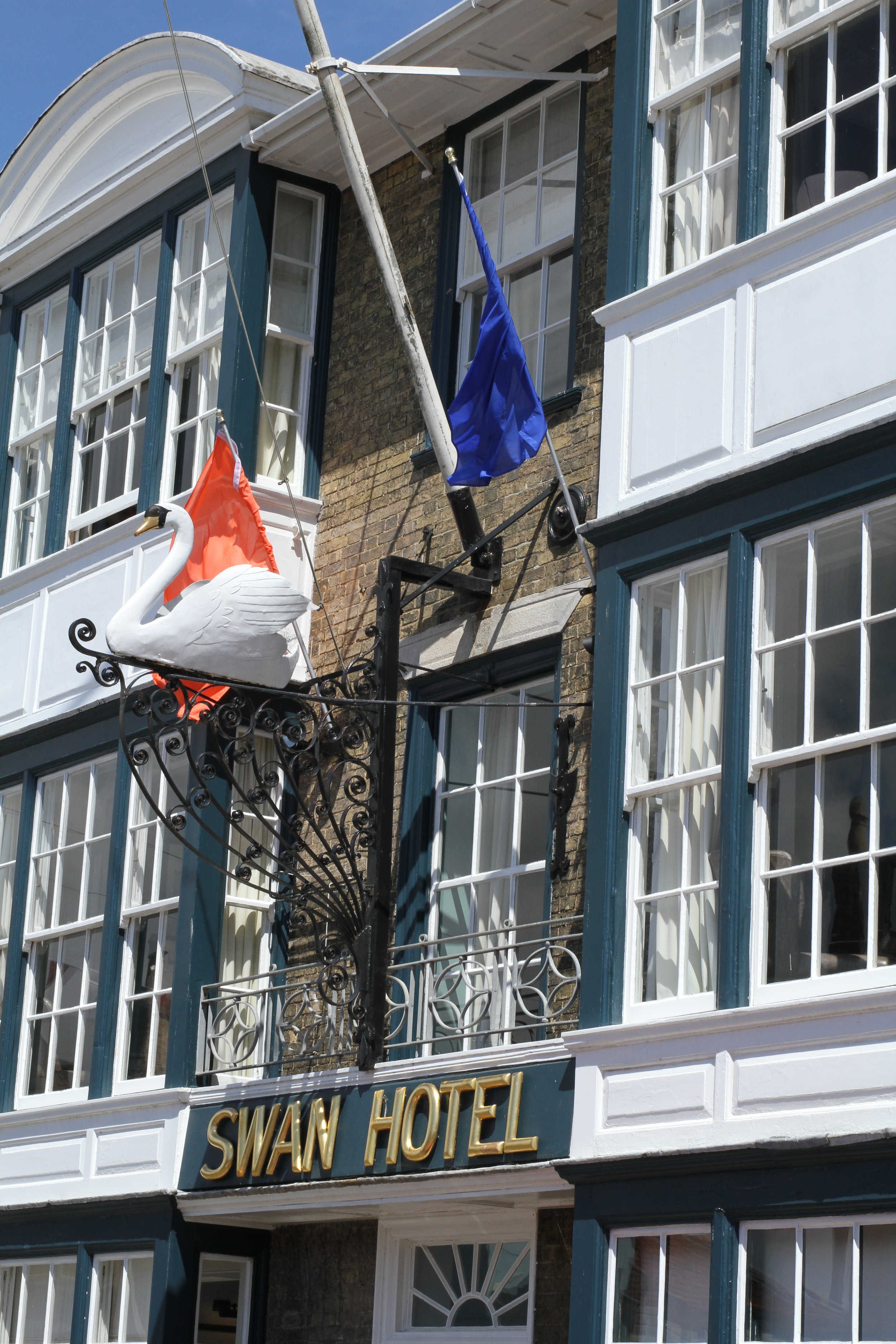
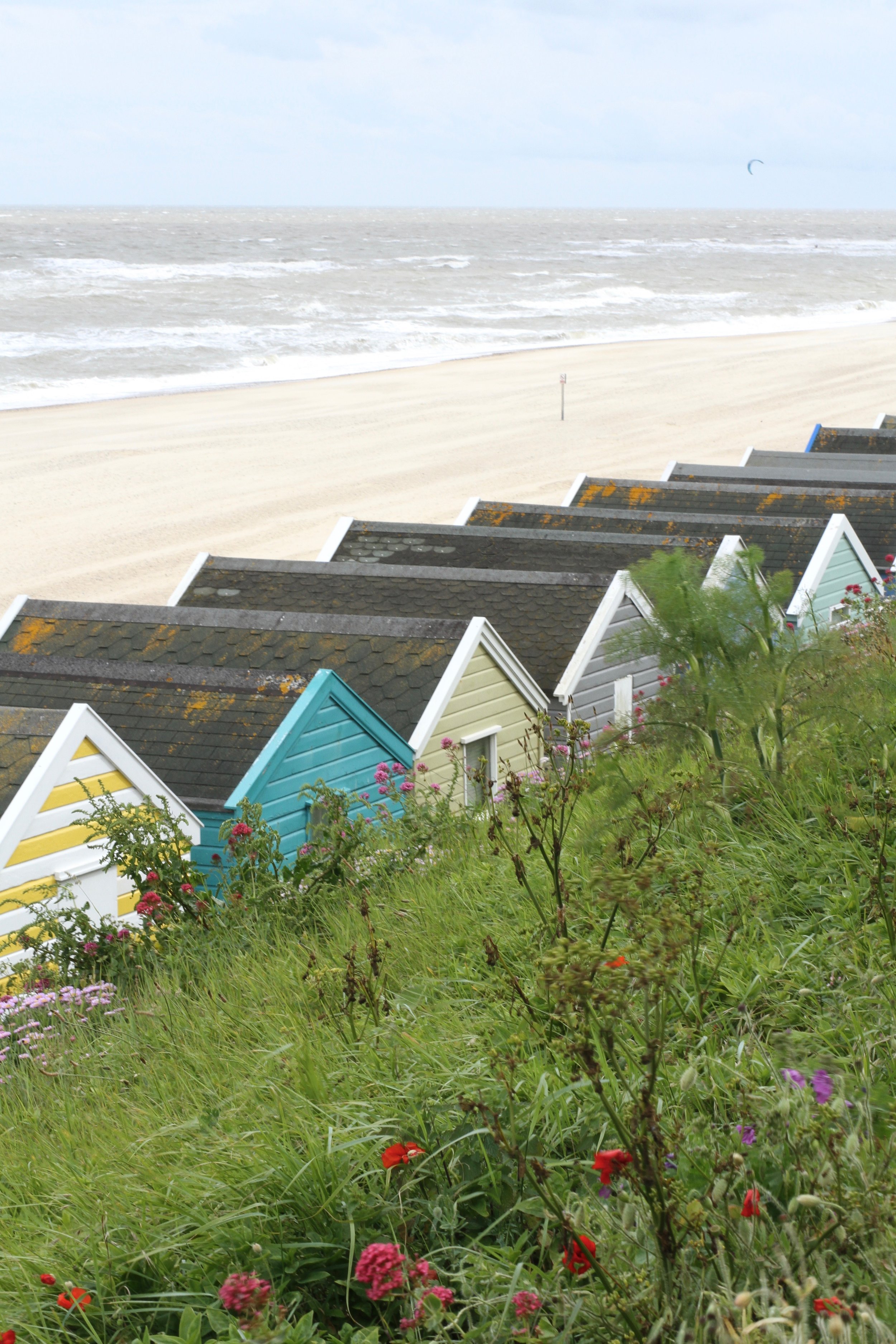
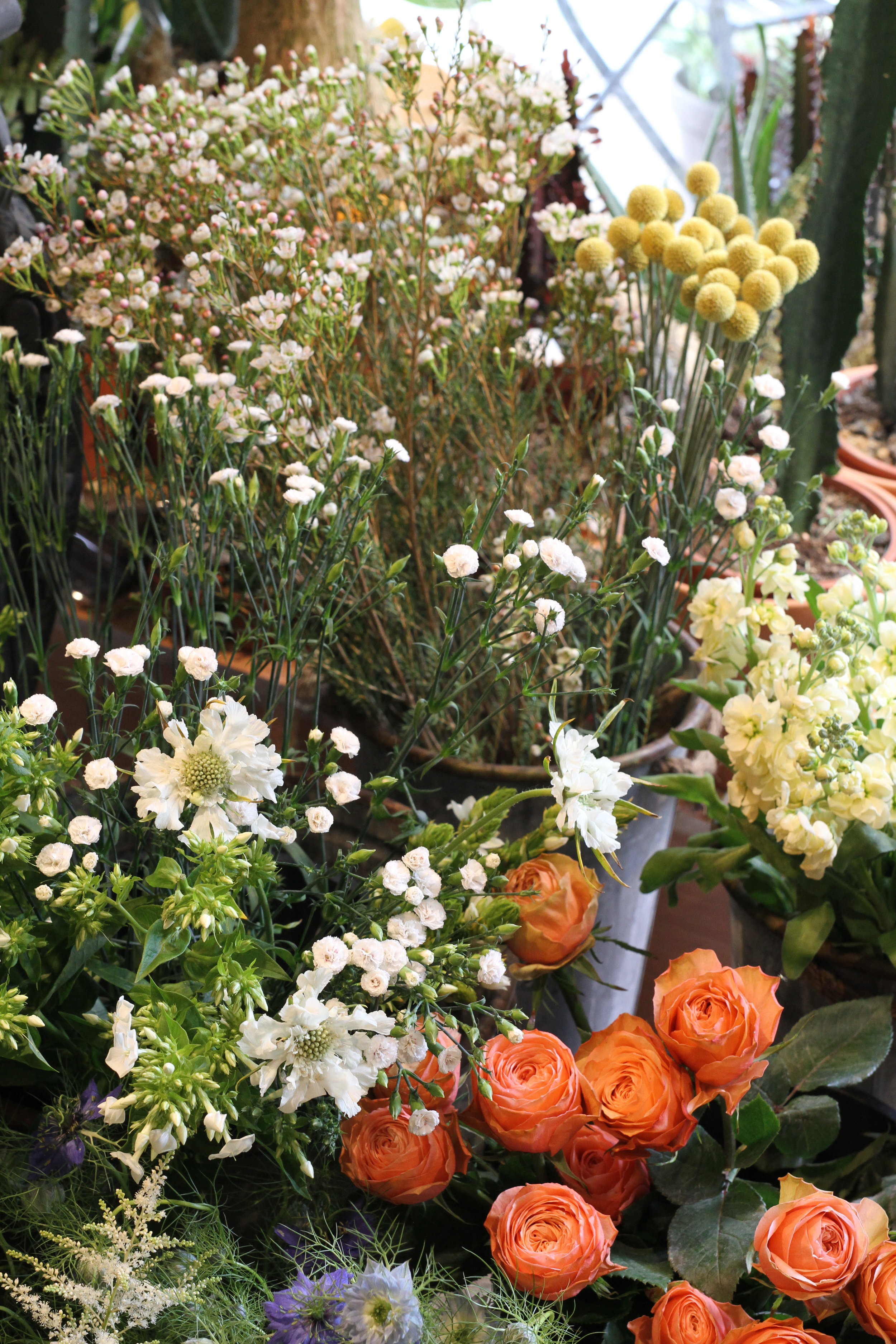
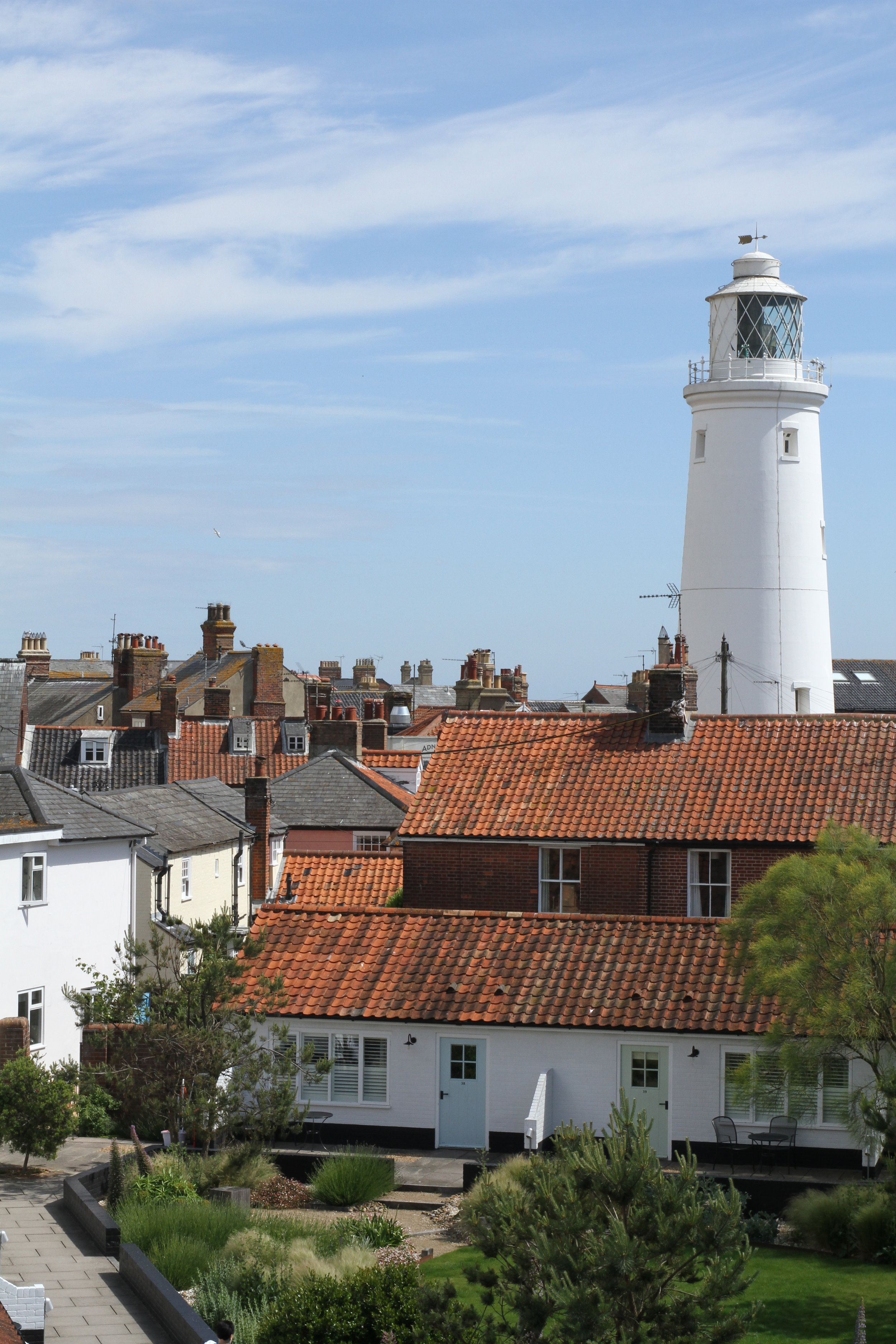
We were bowled over by our bird upon arrival. (It didn’t hurt that bunting was being strung up outside as we hopped out of our taxi; indicating, we assumed, that the locals had been alerted to our arrival.)
A handsome grandfather clock stands guard in The Swan’s welcoming lobby, where two acid-pink throne chairs reign supreme in an orchid-adorned corner. A carpeted staircase drops hints about what awaits above; a sociable salon was abrim with gossiping silver-haired locals, snuggly ensconced on lime-green velvet sofas.
The Swan has irreproachably friendly staff and a team of brilliant butlers. Ours, a genial Brummie called Andrew, swiftly whisked our luggage away while we used our best investigative journalism skills on the front desk team, determinedly deducing the most-adored local cake shop and the quickest way to the beach.
Five minutes later, we were sitting outside Two Magpies Bakery in the company of giant sourdough sandwiches (one stuffed with smoked cheese and sun-dried tomato; one packed with an ocean’s worth of mayo-drenched crayfish), plus ice-cold cans of elderflower fizzy pop and a wodge of stout cake with the appropriate ratio of sponge to buttercream (50:50).
Sufficiently fortified, we waddled across the road to another local treasure: Southwold Books, which is backed by Waterstones but operates as an indie. Time slowed down in the bookshop’s characterful Grade II-listed building, the Olde Bank House; despite our best intentions, we left a while later, weighed down with our very own mini library.
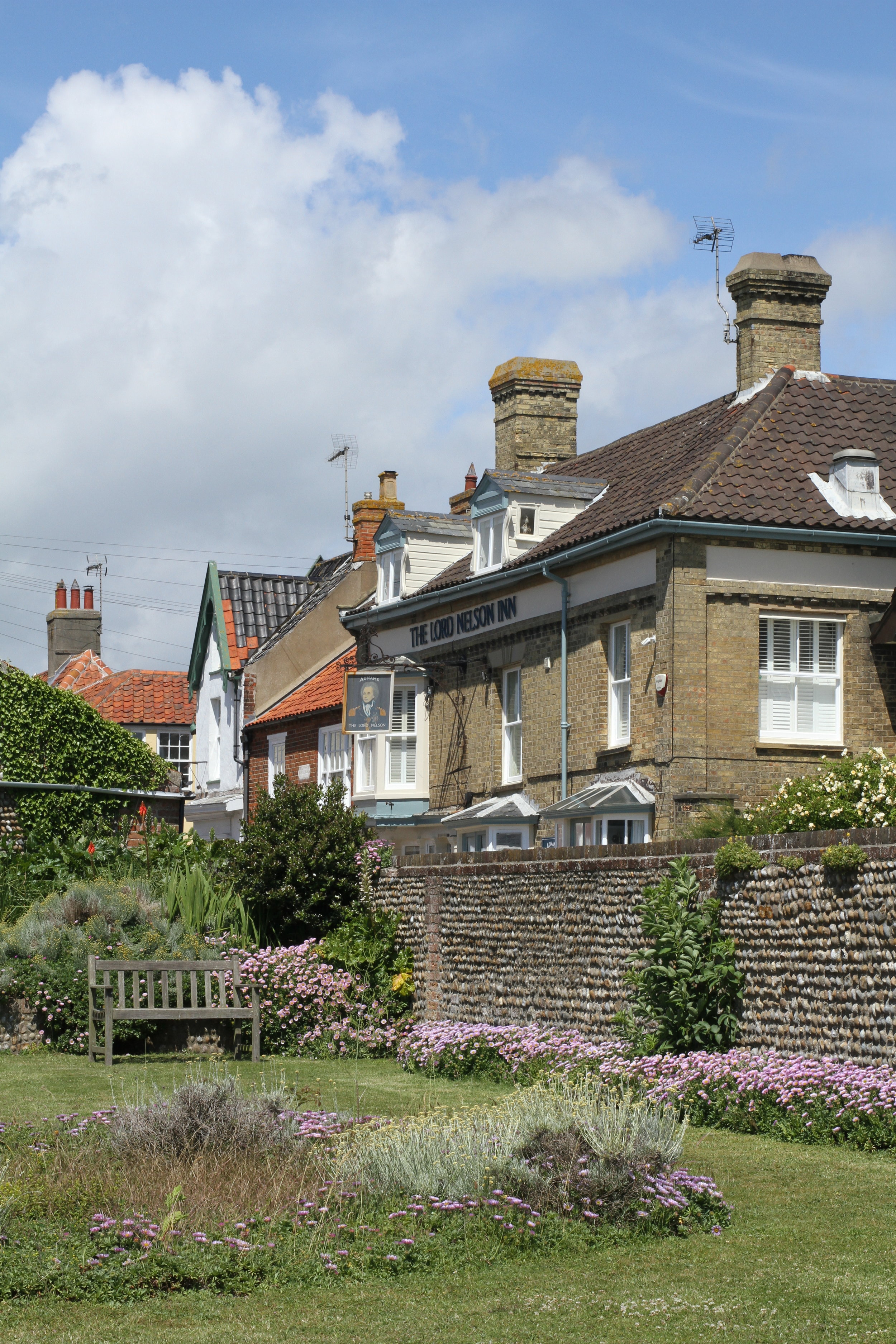
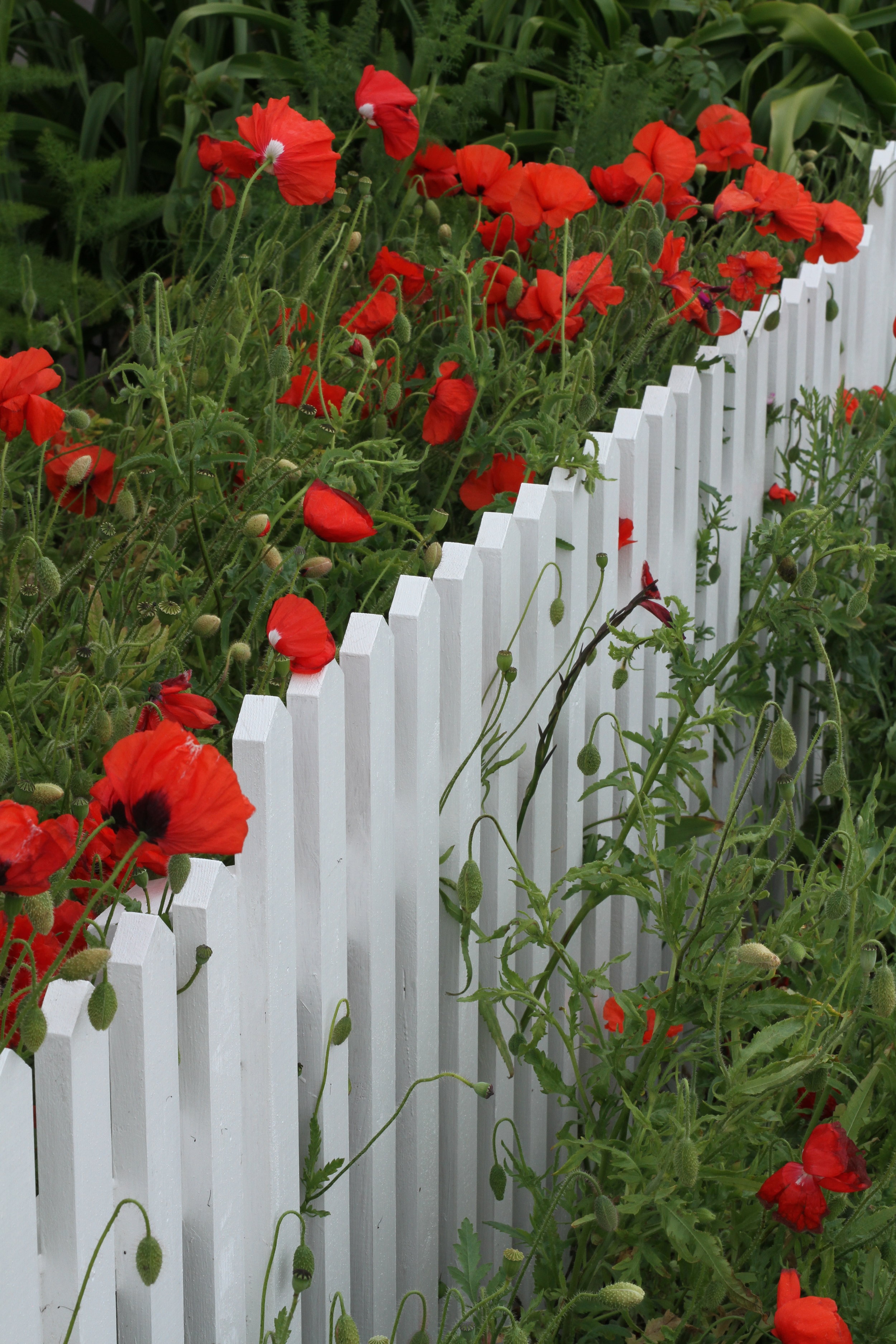

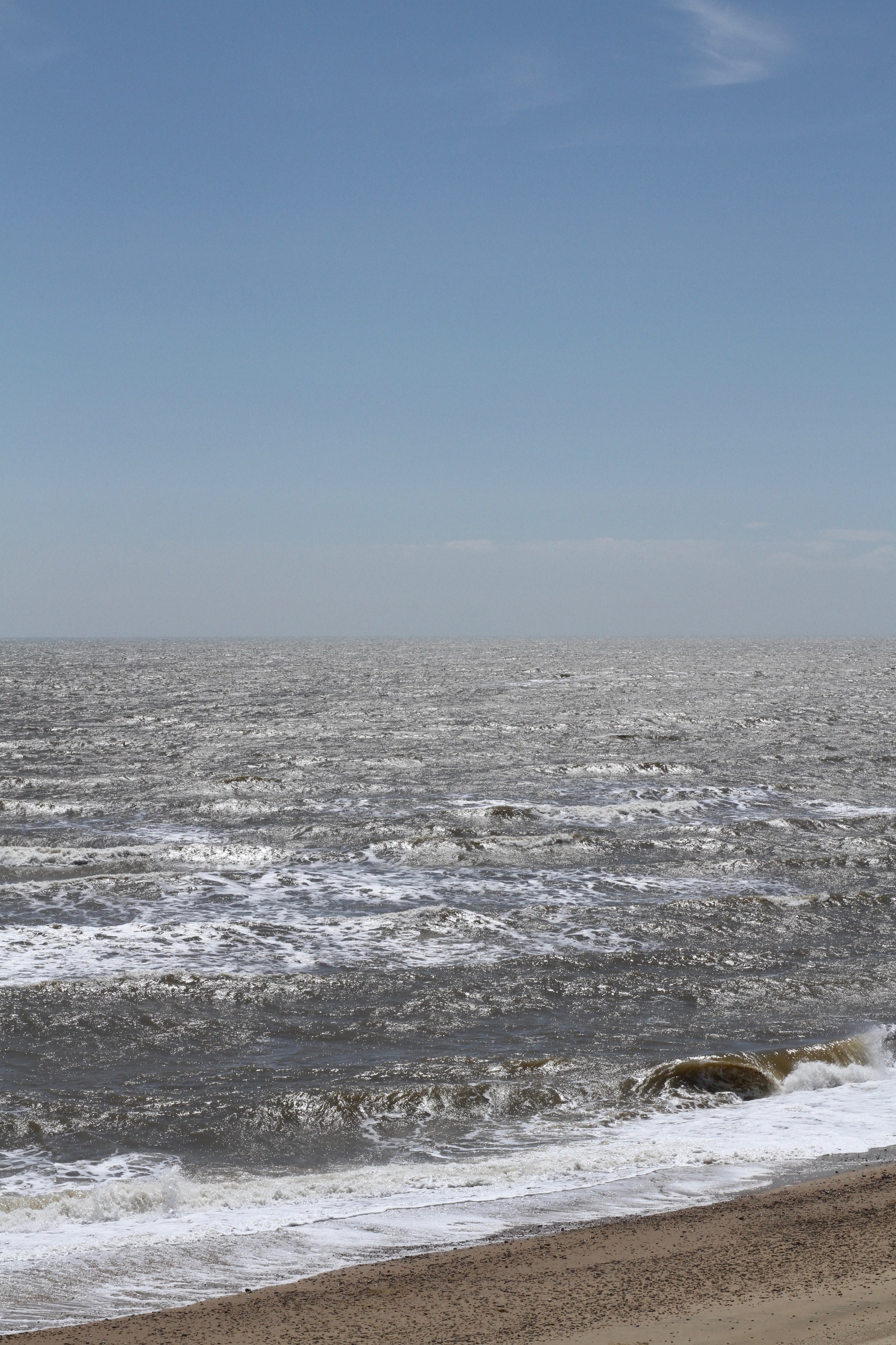
Being smog-ridden city types, our eyeballs were hungry for the wide blue sea. Only one thing could delay us: Wow Vintage. Here, we had no choice but to invest in gem-encrusted cocktail rings and a conker-coloured fur jacket (ideal accessories for a damp British weekend). Dripping in fur and jewels, we perambulated onwards to the beach, admiring Southwold’s pleasingly wonky architecture, cobbled laneways, little lawns, abundant poppies and pastel-coloured cottages en route.
When it comes to coast, Southwold can hold its head high: it’s home to a beautiful stretch of pristine, ice-cream-cone-coloured sand, where elephant-grey waves frothed, churned and crashed with vigour. Bookmarking the pier and the postcard-pretty beach huts for tomorrow, we returned to our boutique basecamp – fur coat somewhat bedraggled – for a well-deserved tea-and-biscuit break.
British-seaside hotels can veer on the stuffy side, but not a single nook or cranny of The Swan could be accused of this crime. Flinging open the door to our room revealed a cosy, colour-pop cocoon with two supremely comfy beds, a patterned rug, a marshmallow-soft throw, filament-bulb lights, a bandbox-neat, white-tiled bathroom and views of Southwold’s terracotta-tiled roofs, the lighthouse and the shimmering sea beyond. A giant TV and a minibar stuffed with chocolates, crisps and Adnams beers hinted at snug nights in.
Additional cues to stay put at The Swan include a double-act of dining propositions. In the handsome Still Room, gilt-framed oil portraits of ye olde lords and ladies (and their dogs, of course) hang on the walls, watching without comment as guests indulge in one too many breakfast pastries or gin-sloshed post-prandials.
On our first night, we rounded off a day’s worth of baked goods and wine with a feast here. Appropriately, for a brewery-owned hotel, the restaurant’s design scheme riffs ravishingly on the small-batch Adnams distillery a few metres away. The jewel in the crown is the gleaming copper-topped bar and its rainbow-bright fleet of spirits and bitters, all emitting a halo-like glow. Striking bottle lighting continues the boozy sartorial seduction.
Honouring our setting, we kicked things off with a lemon-sherbert French 75 and a ruby-red negroni, followed by fish ceviche with mango sorbet, succulent rib-eye with melted onions and bone marrow, charred carrots, triple-cooked chips, peach macaron with passion fruit, and a mini army of East Anglian cheeses.
Thankfully, we didn’t have to roll ourselves far to bed after all this (just up a few stairs). Proximity is one of the feathers in The Swan’s cap: everything you could conceivably wish to do in Southwold is within staggering distance, meaning you can comfortably indulge in multiple pints at The Lord Nelson (former den of smugglers, hurrah) or multiple chocolate-and-raspberry slices at Two Magpies. The Adnams brewery is a few steps from reception – and well worth touring for the chance of encountering rebellious yeast, as we delightedly did.
During our stay, we also ticked off windswept Southwold Pier and its brilliantly bonkers arcade games (courtesy of mad-cap artist-engineer Tim Hunkin), fried golden deliciousness at the Little Fish and Chip Shop and a butler-and-beach picnic courtesy of The Swan, starring a chocolate cake so decadent, my companion suffered a near-fatal cacao coma before being revived by the sea air.
Alas, we failed to make it to the topaz museum, but it’s always good to have reasons to return. The Swan’s ink-dark bar and restaurant, the Tap Room, counts among the latter. We spent our last night here enjoying a bizarre but delicious array of shared plates, from melted Camembert to cockles and other crustaceans. Over-indulgence aside, The Swan is as serene and flawless as its avian namesake. Forget seagulls – every seaside needs a Swan.
To learn more about the hotel - or simply book a room - click here.
Foxhill Manor
To the manor born.
Words by Sarah Kelleher
Foxhill Manor sits in the Farncombe Estate, cradled by the undulating Cotswold hills just above the village of Broadway. On the sunniest of spring days, Hannah (a member of the friendly, close-knit team) picked my green-and-pleasant-land seeking travel companion and I up from Moreton-in-Marsh station and drove us along winding roads to our destination, where the wings of this honey-hued Arts and Crafts manor house embrace a shaded courtyard, and the guests arriving at this picturesque hotel.
The concept of Foxhill Manor is simple. Visitors are encouraged to think of the hotel as home for the night, or indeed several nights - and once experienced, you may never want to leave. The atmosphere is relaxed yet luxurious, with Champagne available throughout the day at the drinks station in the hotel’s living room, which features warm, umber-coloured furniture, mullioned windows and a roaring fire.
The feeling of stepping back in time whilst retaining all the comforts of the present continues throughout the manor, especially with regards to the hotel’s kitchen. Here, we were introduced to the chefs who craft the hotel’s culinary offerings, and to the hotel’s unique dining style, where guests can request foot at any time of day, and create their own dinner menu from the range of seasonal ingredients on offer. If you fancy a wine-tasting, potter down to the hotel’s wine cellar, which boasts enough wines to make any sommelier weep with envy.
The day was so beautiful that a walk through the surrounding countryside was most definitely in order. Assisted by handy printed guides, we hopped over stiles and meandered across fields to the village of Willersey, pausing to admire St Peter’s Church, a postcard-worthy mish-mash of architectural features dating back to the Norman period. Upon our return we honed in on another delightful feature of Foxhill – a pantry for the guests located on the first floor of the hotel, which can be raided at any time of the night or day, and is kept regularly stocked with all manner of snacks, including creamy salmon pate, delicious terrine and sweet treats.
A post-walk snooze gave us the opportunity to enjoy our room, named Juniper – a lovely open space decorated in soothing creams, blues and greys with the kind of comfortable double bed that is almost impossible to leave, a dressing room area, and an enormous bathroom, featuring a freestanding bathtub perfect for lounging around in true ‘lady of the manor’ style.
Restored by our rest, we enjoyed a pre-dinner cocktail in front of the living room fire – I particularly enjoyed the effervescent Plum Thyme Spritz, a sprightly mix of plum, thyme, crème de prune and Champagne. In keeping with the ‘at-home’ atmosphere, guests can choose where they eat their meals, whether in the living room, in an upstairs alcove or in the hotel’s bar-cum-dining room. We plumped for the latter – plump being the operative word, as the choices we’d made earlier that day in the hotel’s kitchen materialised one after the other. I happily devoured my harissa prawn starter, and succulent Moroccan-inspired lamb shank and pearl barley main, whilst my dining companion assured me that her oysters, followed by perfectly pink sea trout, was equally delicious. Limited only by the capacity of our stomachs we opted to share a pillowy pistachio and chocolate soufflé and a cheese board accompanied by an Eradus Sticky Micky dessert wine.


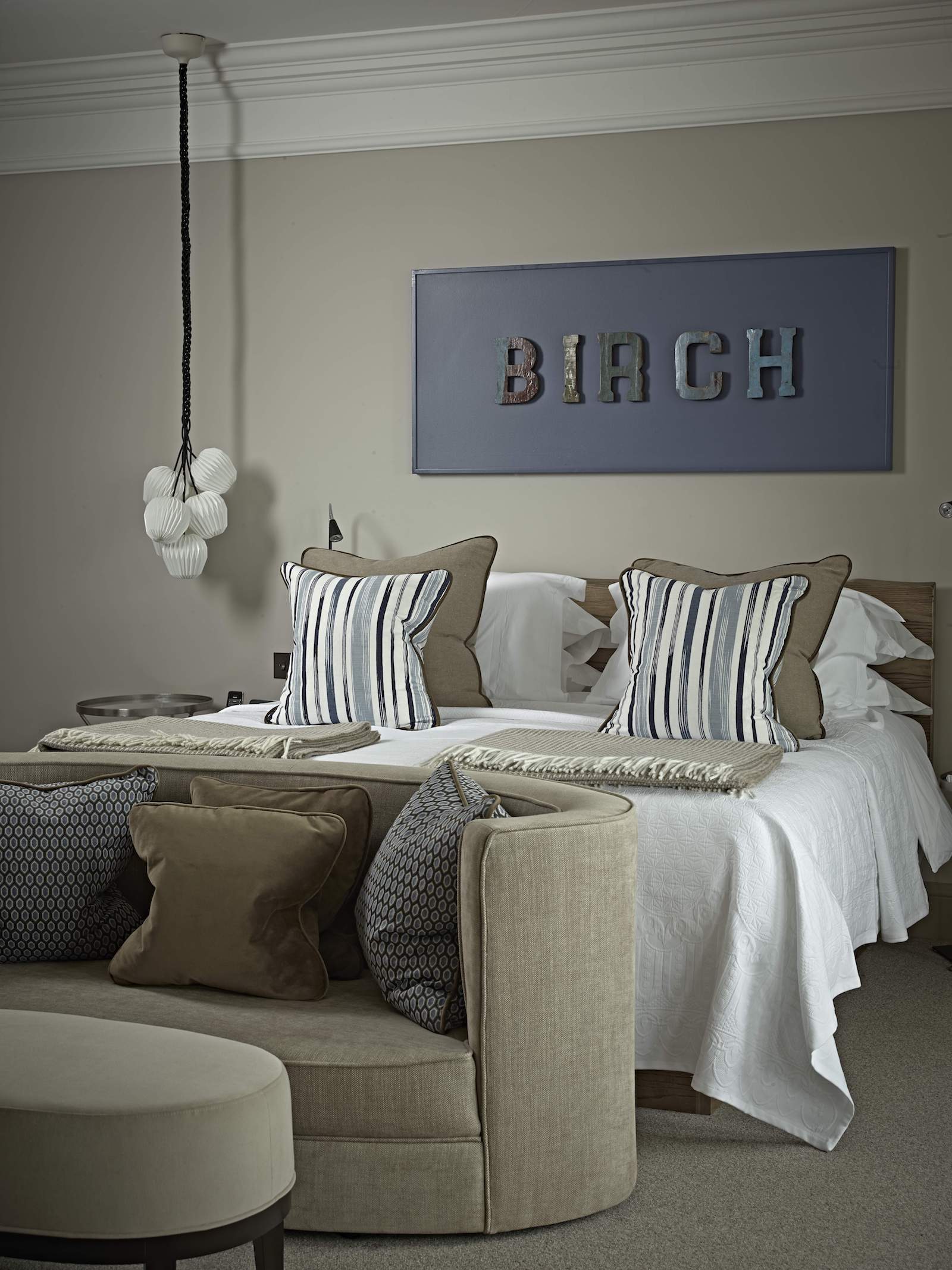
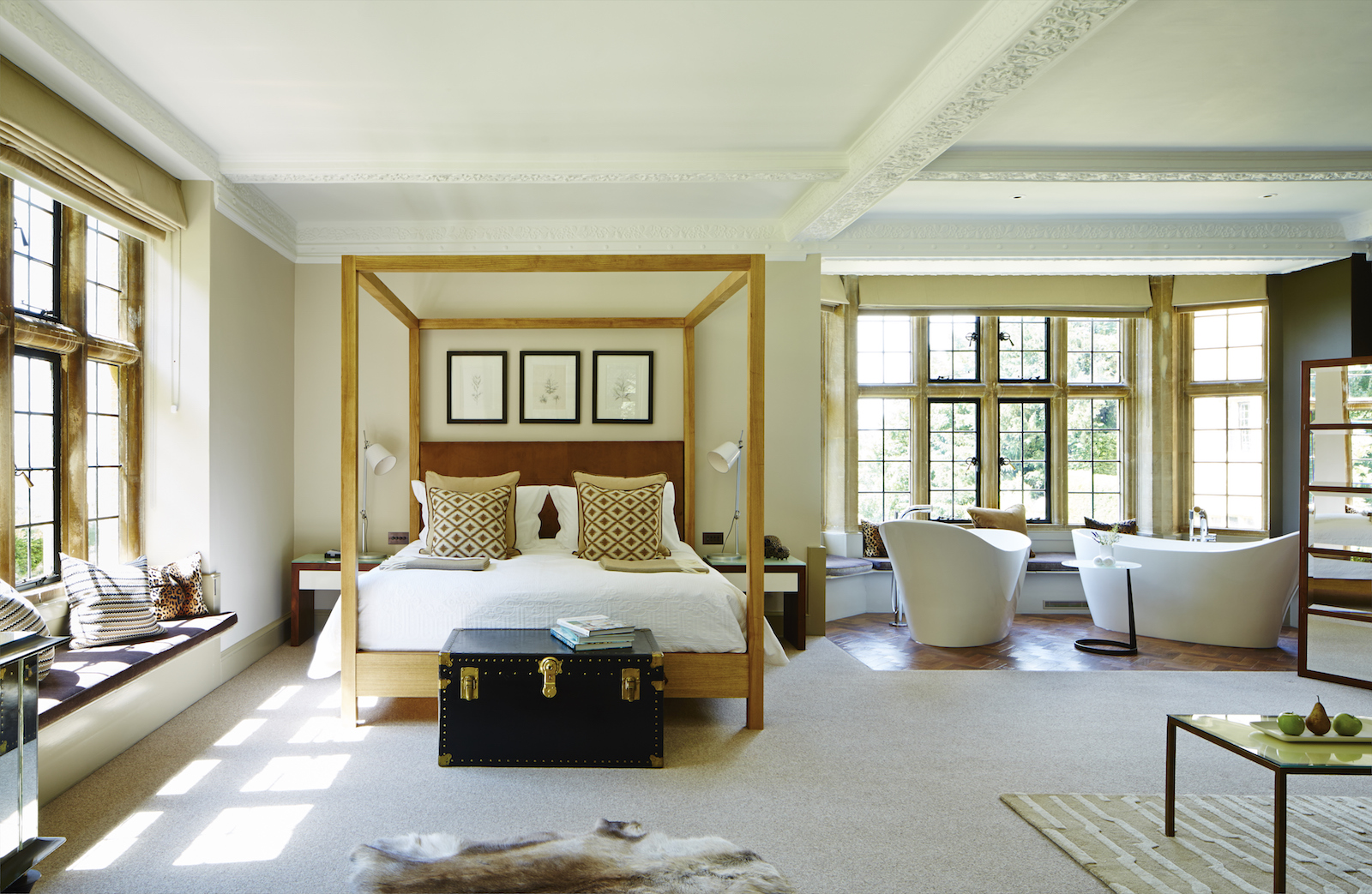
The next day dawned bright and clear, illuminating the stunning Cotswold countryside views beyond the windows of the living room, where we returned to enjoy breakfast, complete with croissants, homemade granola, fruit and yoghurt and a peanut and banana smoothie laid out on a sharing board. A cappuccino and eggs royale drenched in buttery hollandaise, all served on Danish ceramics in a nod to the owners’ Scandinavian heritage, was just the ticket to set us up for the day.
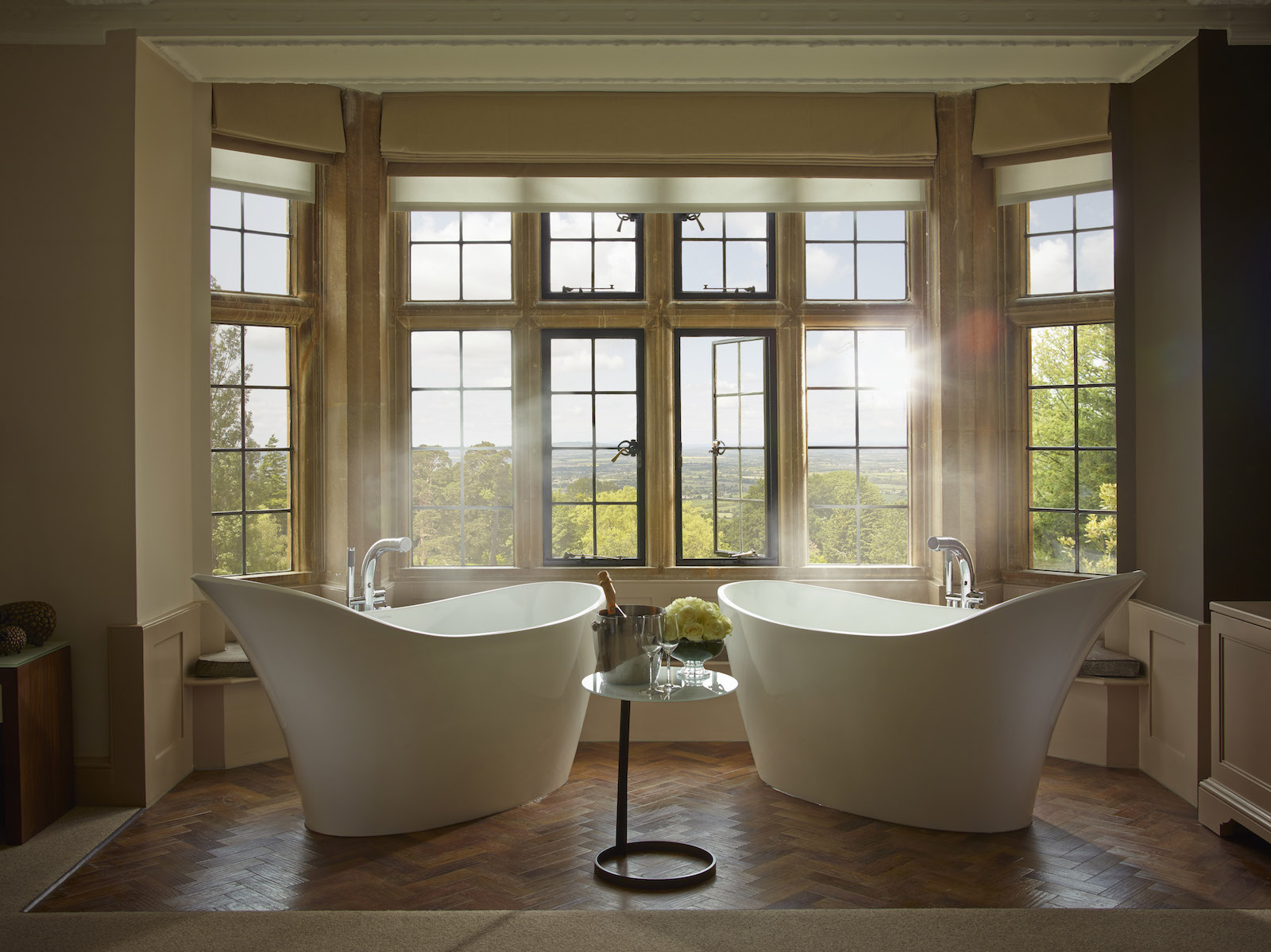

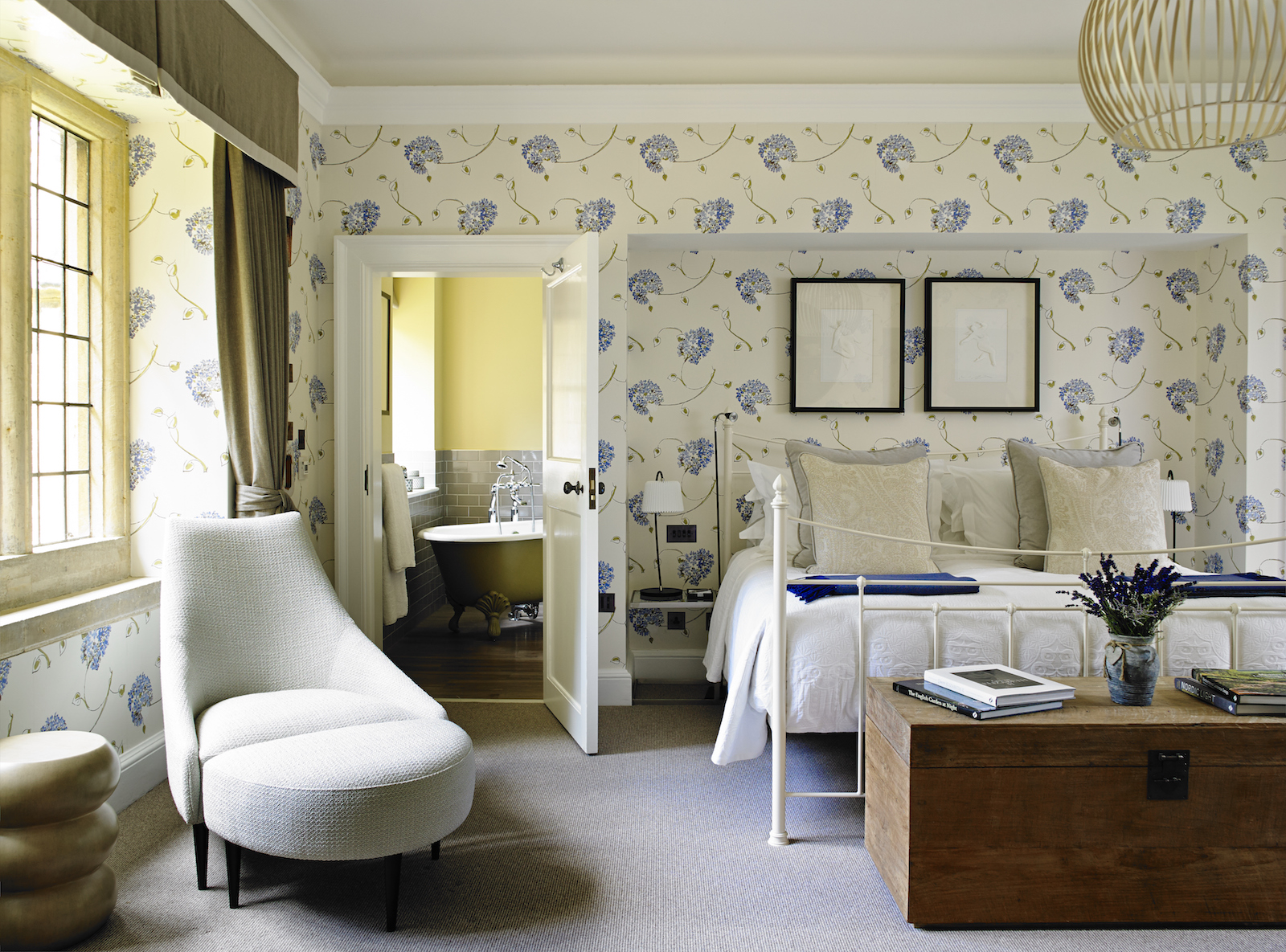
Foxhill (and Foxhill’s kitchen) is hard to bid farewell to, but with one last amble around the nature trails criss-crossing the estate, one final pilfer of the pantry and one more memorable drink, we were back on the train to London, the memory of deep baths, sparkling Champagne and Cotswold hills etched in our brain. That is until next time …
To learn more or book a Foxhill room, click here.
Paramount House Hotel
The Sydney hotel you won't want to leave.
Retuning to Sydney on my annual pilgrimage south there are certain things I need to do. Have a scoop of mint chock chip at Messina, indulge in a burger or two at Harpoon Harry, swim in the sea at Camp Cove, wander the Wendy Whitely Gardens, bask in all things Australia at the Unicorn and, because being a bit of a cliché is fun sometimes, be on Bondi for at least one sunrise. On my most recent journey back to The Great Southern Land however I found a glorious new activity to indulge in - swapping the spare-bedroom-meets-storage-room I normally claim in my childhood home for a Loft room at the newly opened and utterly gorgeous Paramount House Hotel. This brick and copper-adored structure, in ever-trendy Surry Hills and just a short amble from the transport hub that is Central Station, is a destination in it's own right. Across the road sit Longrain and Chin Chin, restaurants any gourmand would swear by, and within the building you'll find Golden Age Cinema and Bar (the ideal date location for lovers of all things a little bit retro), long-adored breakfast haunt Paramount Coffee and co-working hub The Office Space.

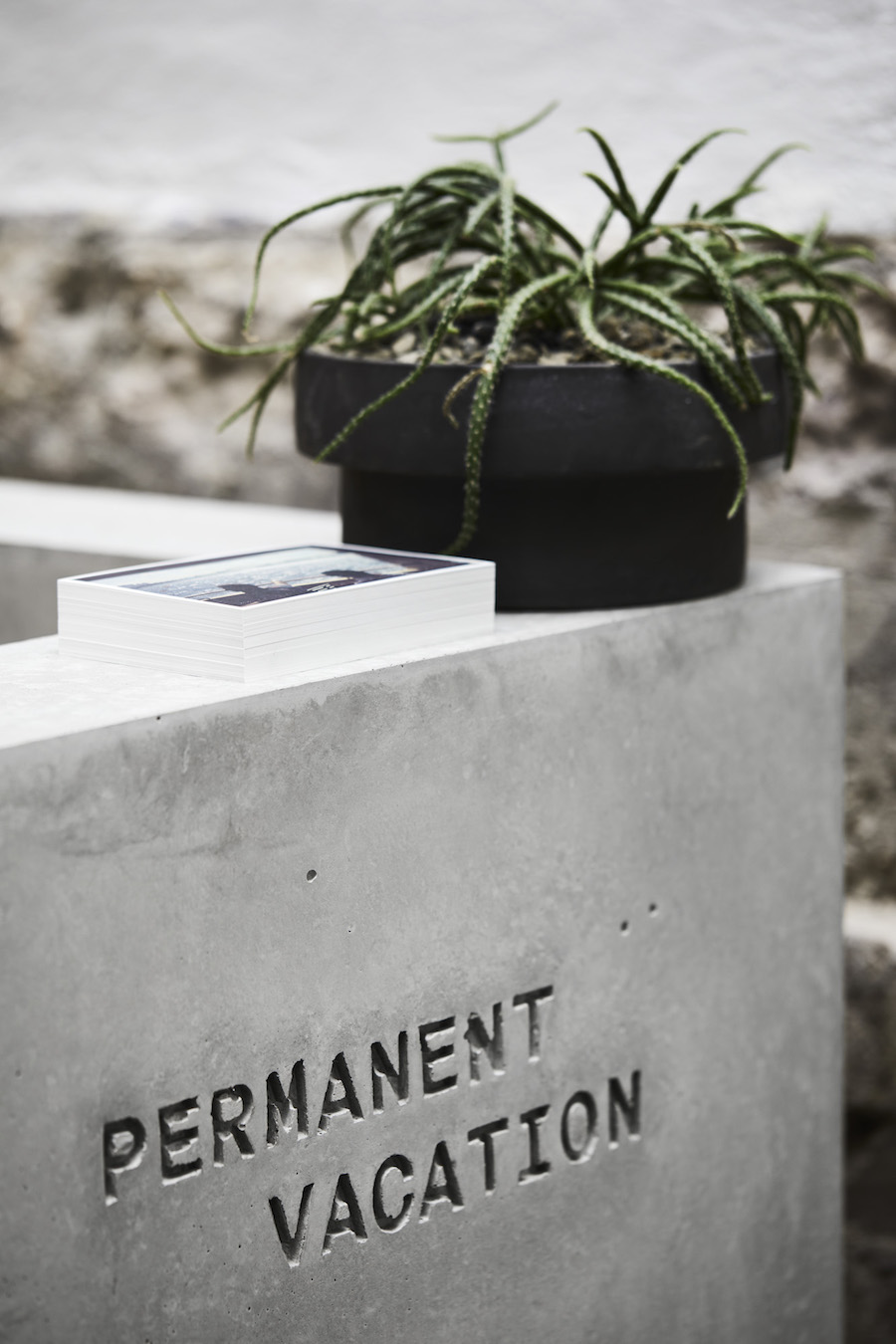
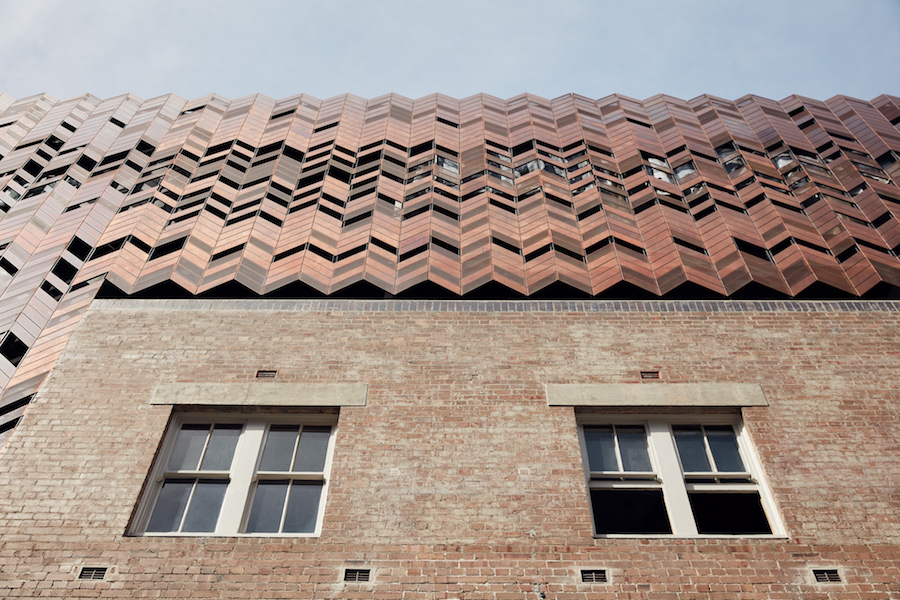
Having once been the offices and warehouses of Paramount Picture Studios, the 29 room hotel, which took four years to fully restore, feels like it comes with creative history. The interiors are warm, almost earthy - there are plants throughout and natural tones and textures abound. You'll find polished concrete, exposed brick, floor to ceiling windows (in the Loft room at least), rich furnishings, a lift with the best wallpaper in town, French linens you long to secret away and a Japanese style bath made for soaking. The artwork has been curated by the nearby China Heights Gallery, while check in within the lofty lobby comes with a welcome drink - I've got nothing but good things to say about the the sour beery from Marrickville brewery Wildflower - and plenty of indie reading material.
Paramount House Hotel is the work of Melbourne-based Breathe Architecture and you can really sense the love and attention that has gone into making it something distinctive - an industrial-chic hideaway you don't want to leave. And you don't have to. Check in, admire the set up, catch a film downstairs, listen to the sounds of Surrey Hills, raid the cheese and wine in the mini bar and bask in the brilliance of one of Sydney's newest additions.
Rooms from $240 paramounthousehotel.com
Photos by Sharyn Cairns & Tom Ross
The Old Clare Hotel
Explore this industrial-chic Sydney hideaway.
Sydney has changed since I left for London seven years ago. It's still an utterly glorious harbour-side oasis adored for its coffee and cafes, and it still has beaches I yearn for on cold English mornings. But it has become noticeably cooler in my absence. The galleries that were little more than tiny, unknown establishments in my early 20s have flourished and spread, architects are taking greater risks, food is increasingly daring and festivals of light and creativity seem to be on everybody's minds. This may be the distance speaking, but I love what Sydney has become.
This change is most noticeable when booking into the city's hotels - and Chippendale's The Old Clare Hotel in particular. Constructed from two heritage-listed buildings (the original Clare Hotel pub and the Carlton & United Breweries Administration Building), this 62 room property, part of the Design Hotels collection, is the warm, light-filled definition of industrial chic. A place that honours its history, embraces Australiana and makes leaving its welcoming, elegant interior very difficult indeed
Within the hotel's walls natural tones abound, with each room (all subtly different in design) boasting high ceilings and massive windows. There's polished wood, exposed brick, marble tiling and gleaming concrete, with glass used in communal areas to invite the outside world in and draw attention to the bones of the original buildings - metal external stairwells transformed into pieces of art and brick walls mirroring the streets beyond. There are pendant lights and vintage furnishings (the dentist chair by reception sets to tone immediately), all of which nod the Chippendale's industrial past. Colour is added with the use of soft furnishings, which include cushions inspired by Australia's wildlife and wildflowers and throws you long to secret away.
Once a lesser-known haunt coveted by locals and uni students (music posters from its earlier incarnation have survived, which look rather glorious beside the brilliantly retro central bar), the revamped Clare Bar is open to all, with many of the cocktails made from spirits produced by the local distilleries popping up across the city. A rooftop pool beckons on warmer days - the chaos of the city seeming particularly far away - while the attached Kensington Street Social restaurant is the ideal breakfast haunt. Those unwilling to leave the lushness of their rooms are able to sample the fare as part of the in-room dining service. The hotel is also right beside Spice Alley, perfect if you have a hankering for something Japanese, Malaysian, Chinese ... I could go on. This is Sydney street food and accommodation done right. Here's hoping my hometown continues to thrive.
The Canada Magazine
This week the Canada issue of Lodestars Anthology - officially released in the UK on October 18 - will be avalible through our online store. So we thought we'd celebrate by sharing some of the wild and wonderful images and illustrations that fill the pages of issue 6. Thank you as always to our truly spectacular contributors - the world is indeed filled with some rather talented beings. You can order the magazine here.
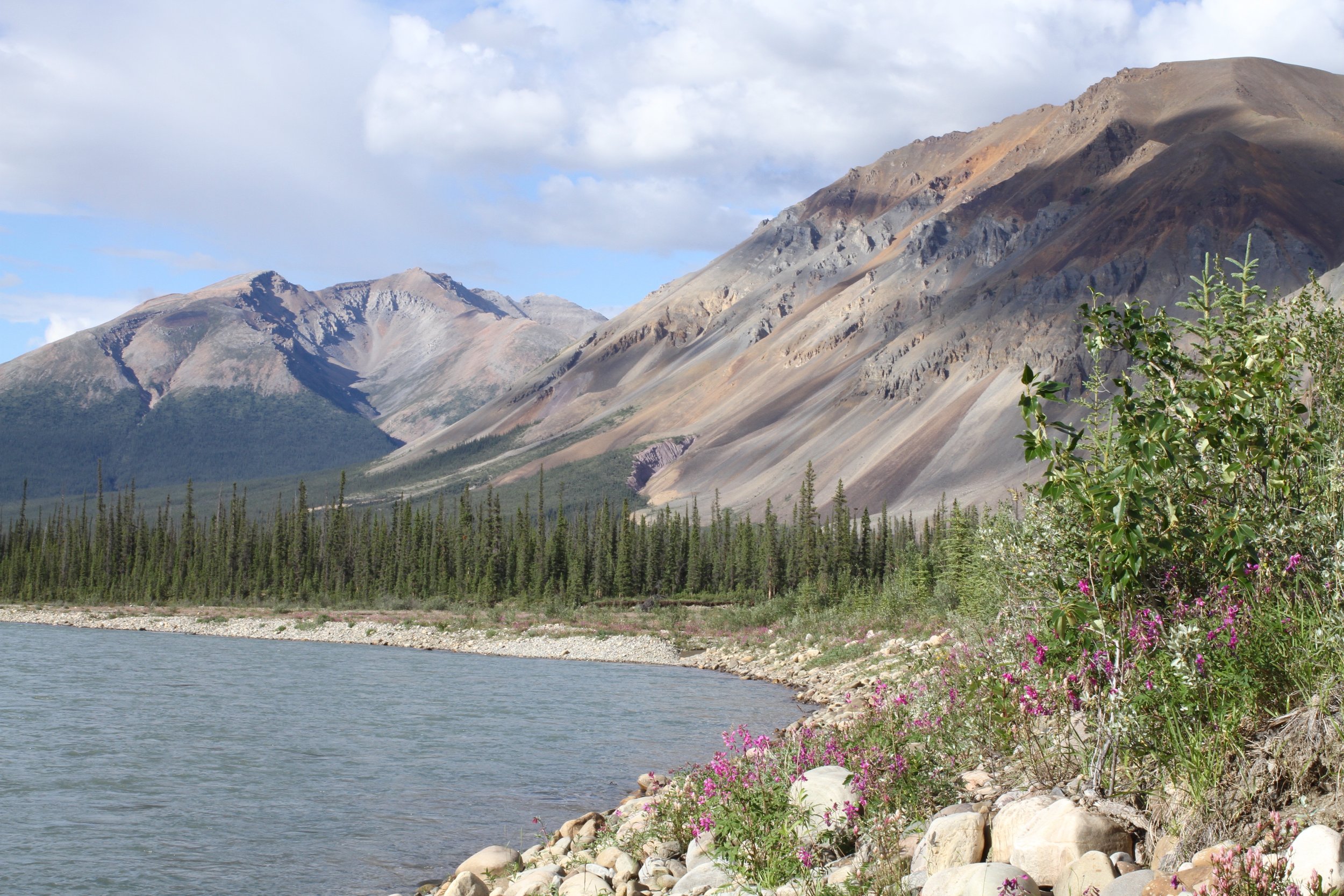
About the magazine: Canada is a land where lakes glow, mountains soar and island life prevails. Wild, rugged and unfazed by time, luxury resides in unexpected corners, cities delight and outdoor adventure beckons, for nature is indeed all around. You yearn to explore, to get lost, to reconnect with a pristine beauty so hard to encounter in the modern world. The seasons astound - from frozen winters to summer’s never-setting sun - while waterfalls carve canyons, rivers become frozen highways and people smile, aware of their heritage and all that this land has gifted them. You’ll find snow and maple syrup, art and architecture and a landscape both inspiring and eternal. Greetings from the Great White North.
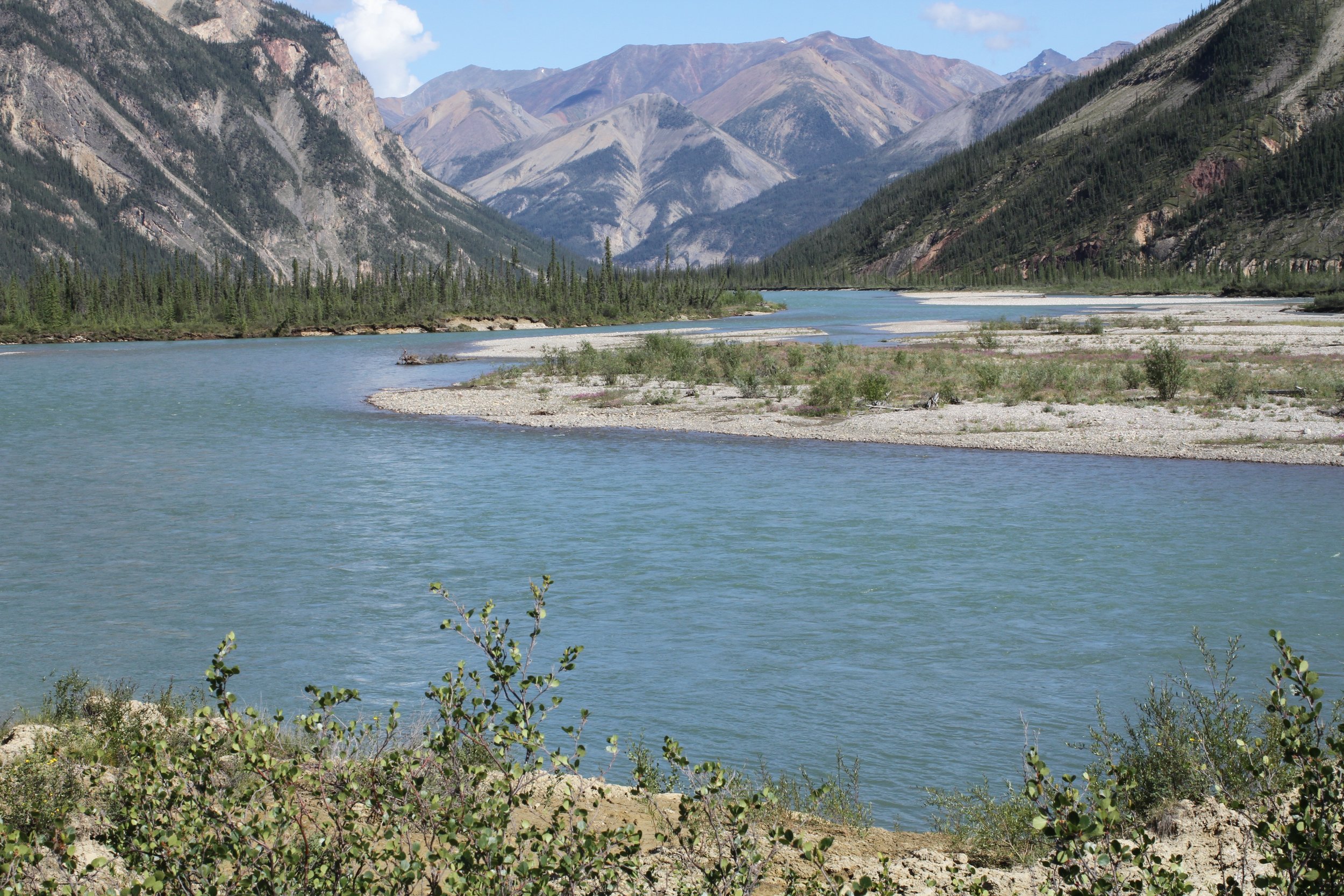
Some featured destinations:
Clayoquot Wilderness Resort Fogo Island Inn Vancouver Toronto Montreal The flavours of Canada Cosman & Webb maple syrup Left Field Brewery Canoe North Adventures The Yukon in winter Northwest Territories Nova Scotia Halifax Lobster Boil Ontario wines The Canadian Rockies Prince Edward Island Calgary The Canadian

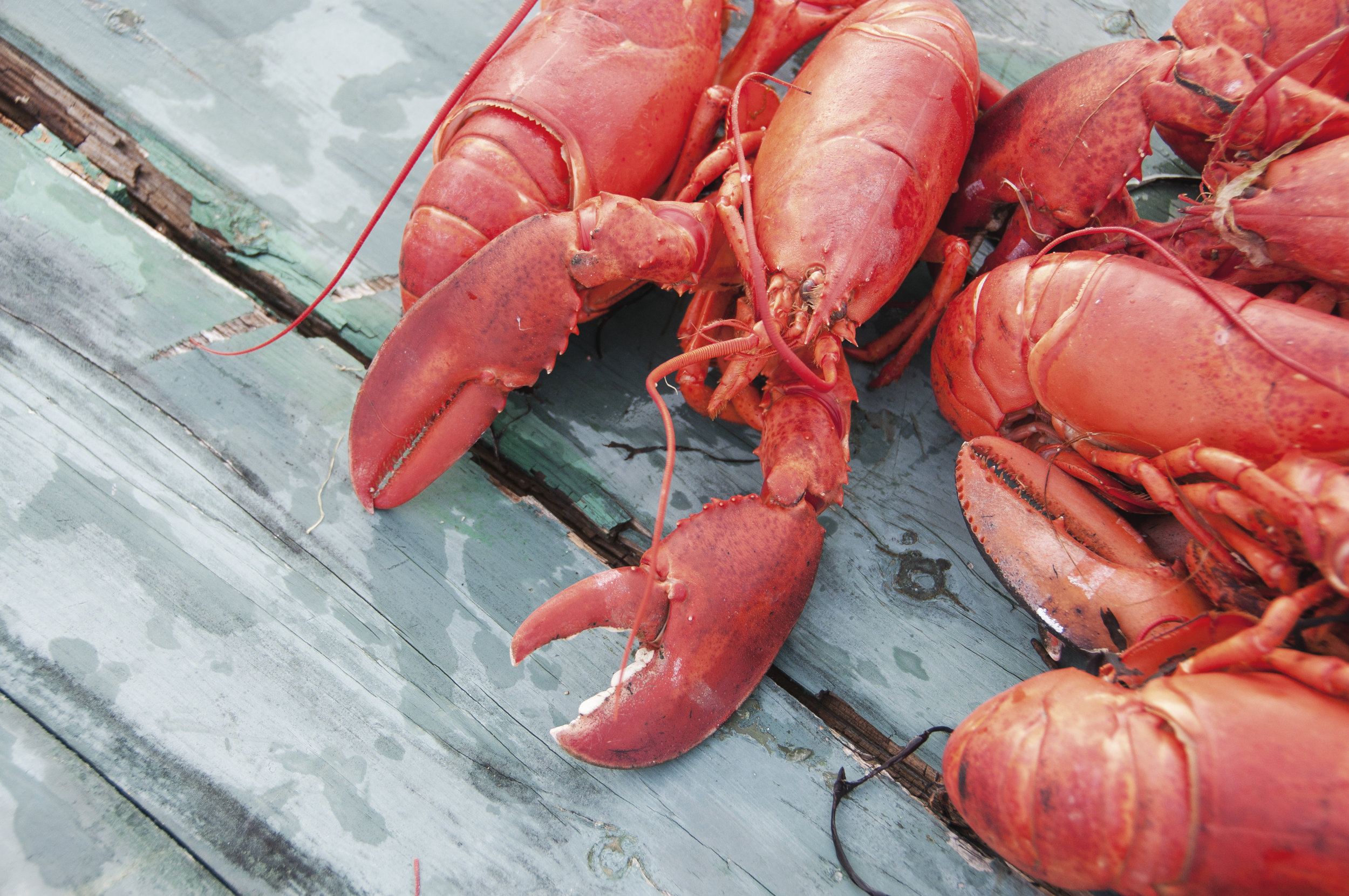
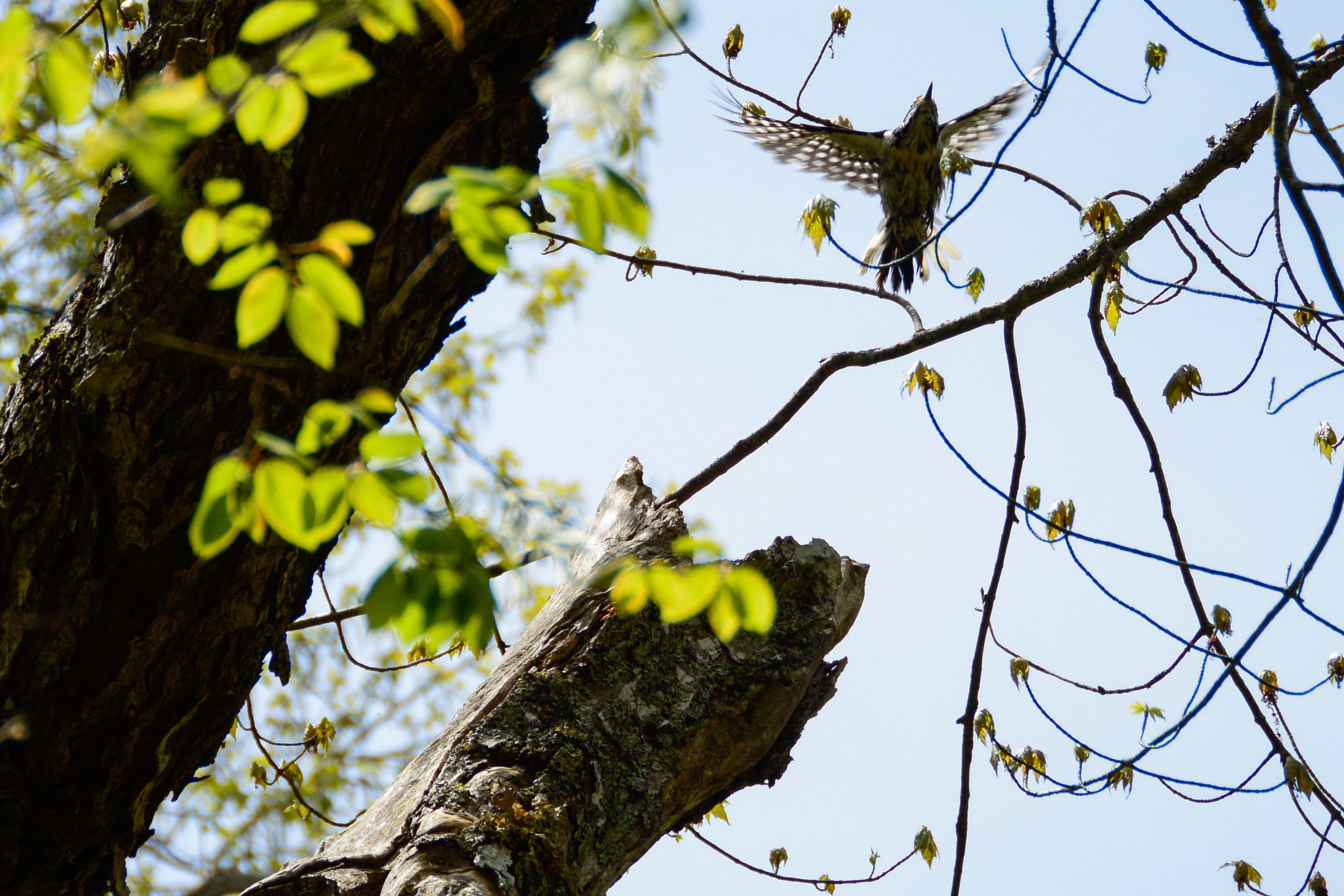
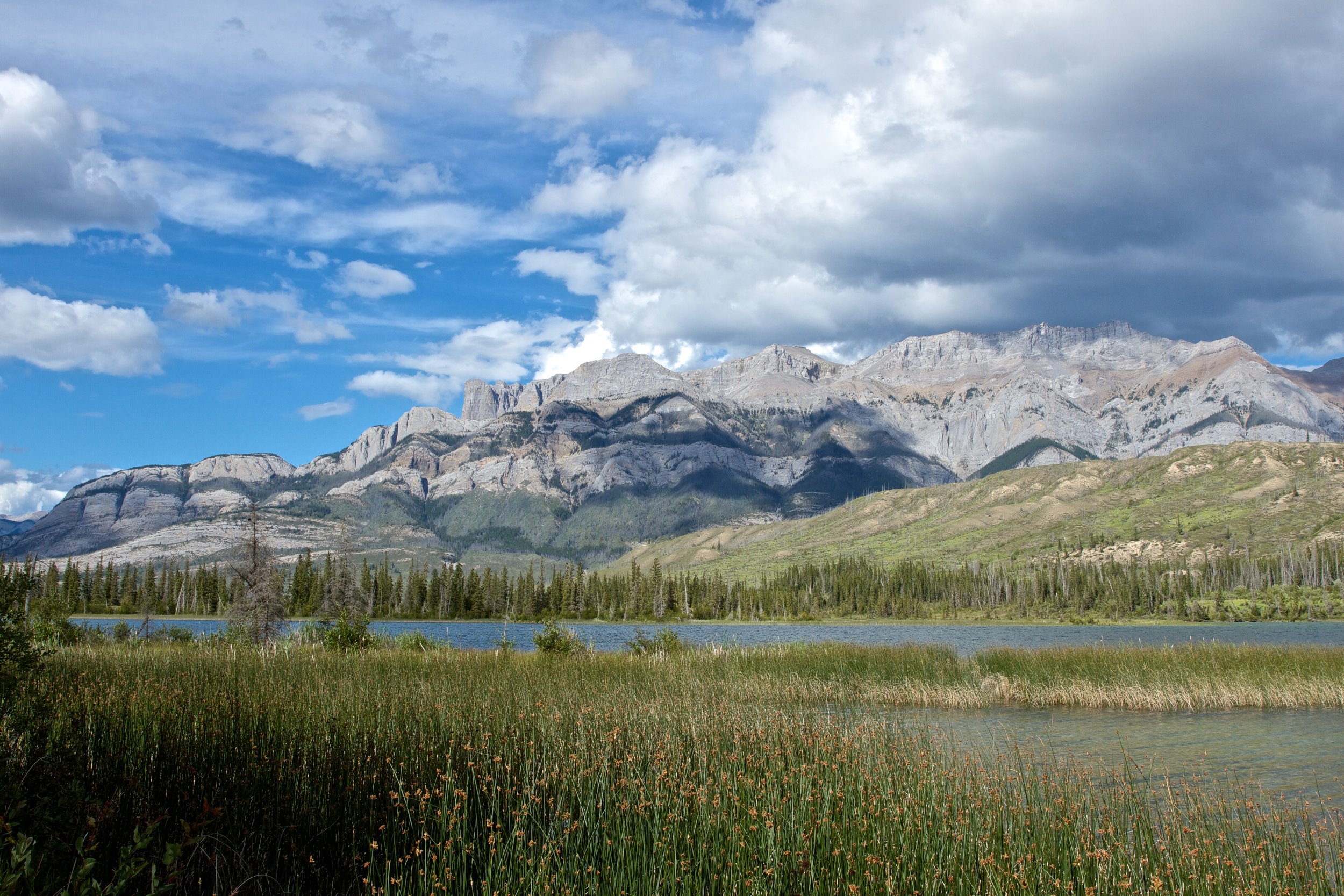
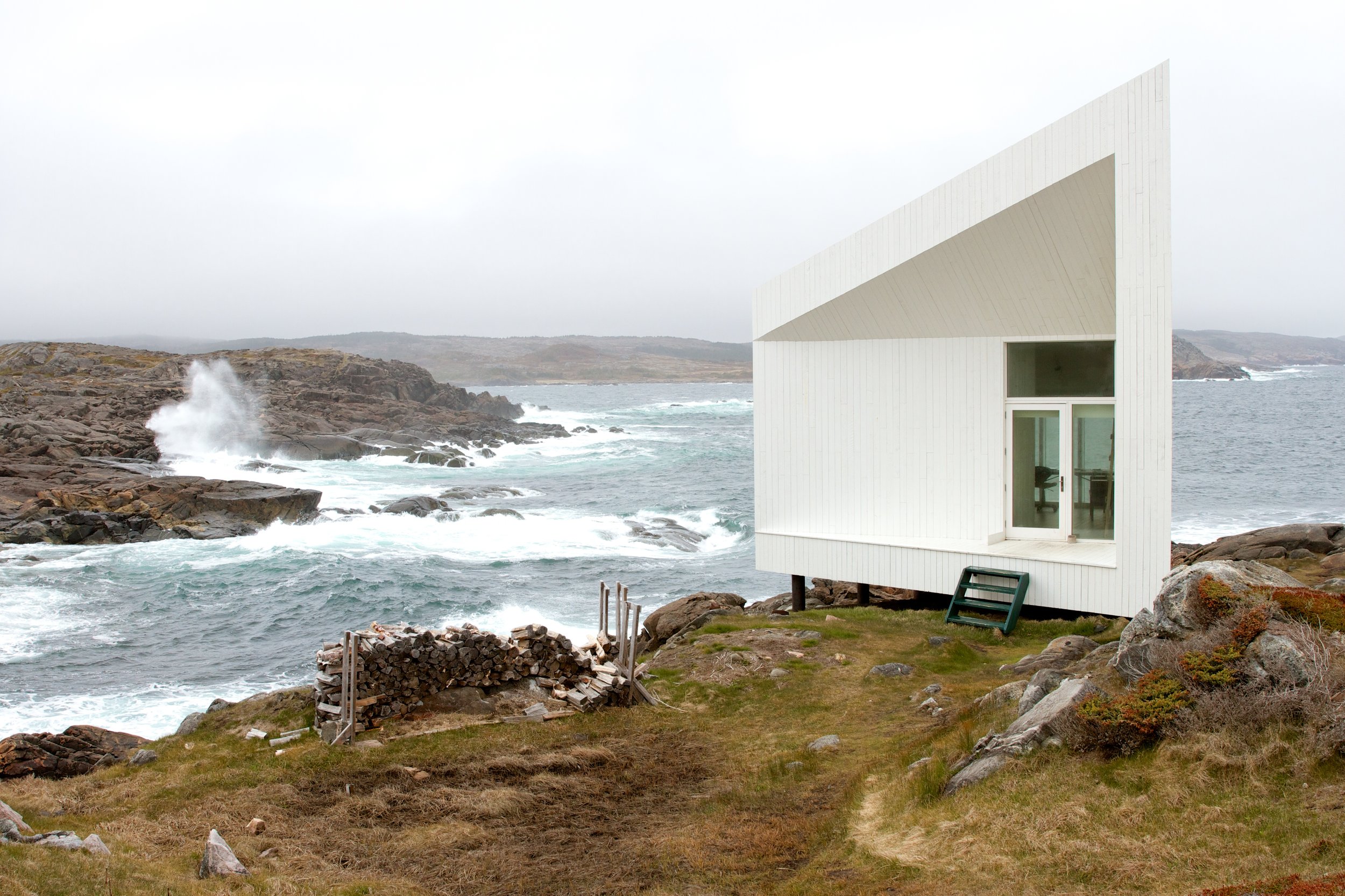


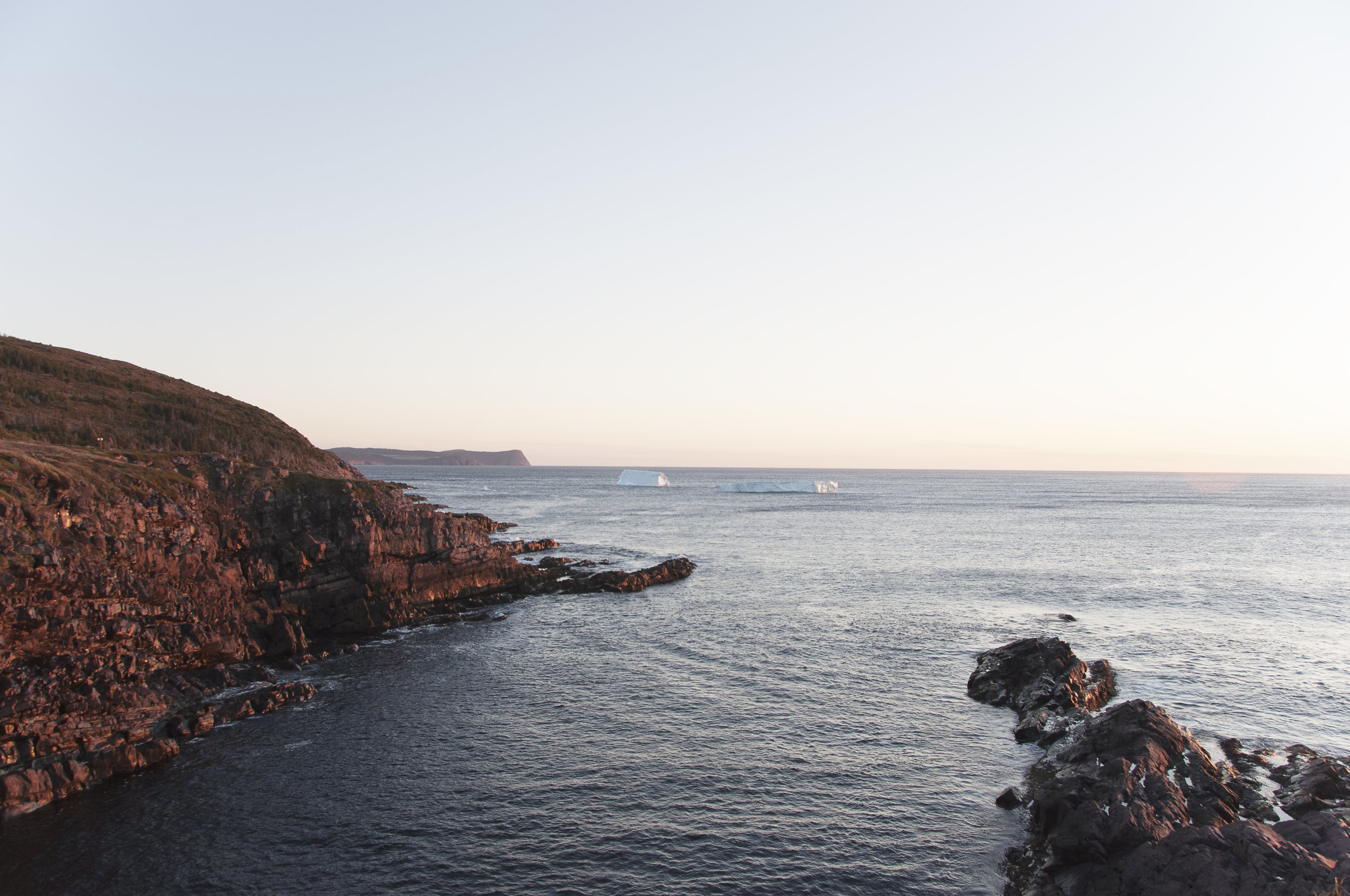
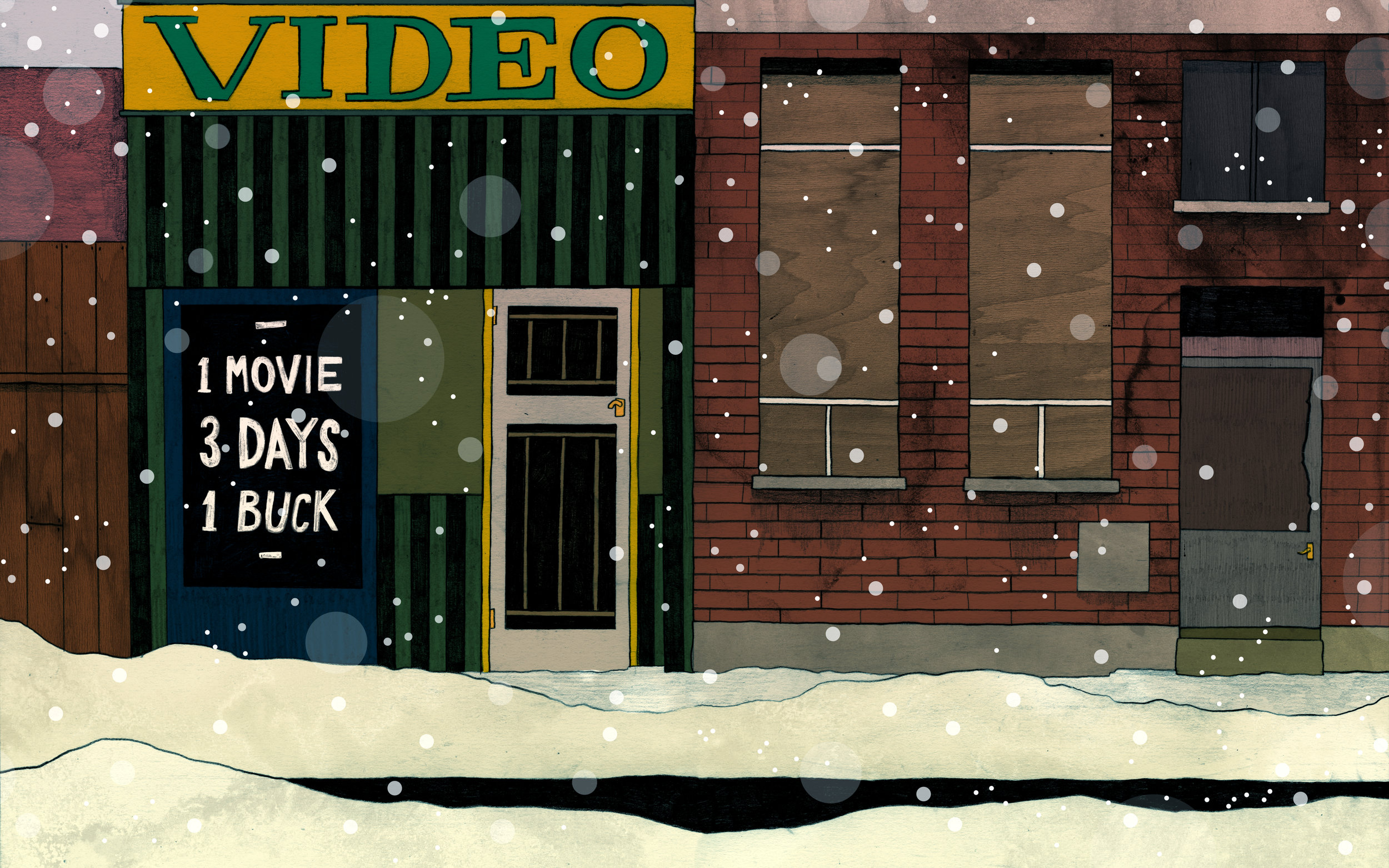

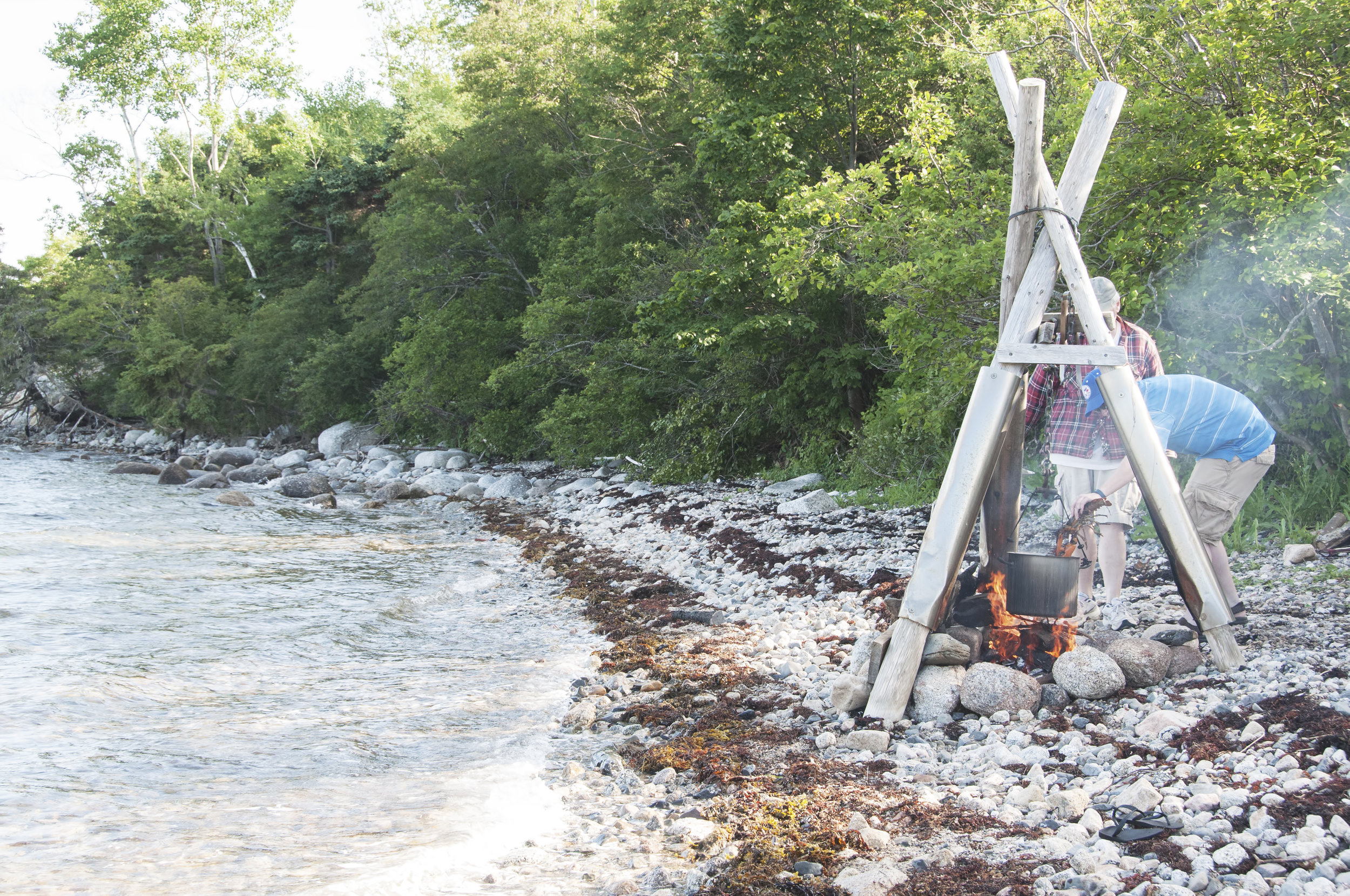
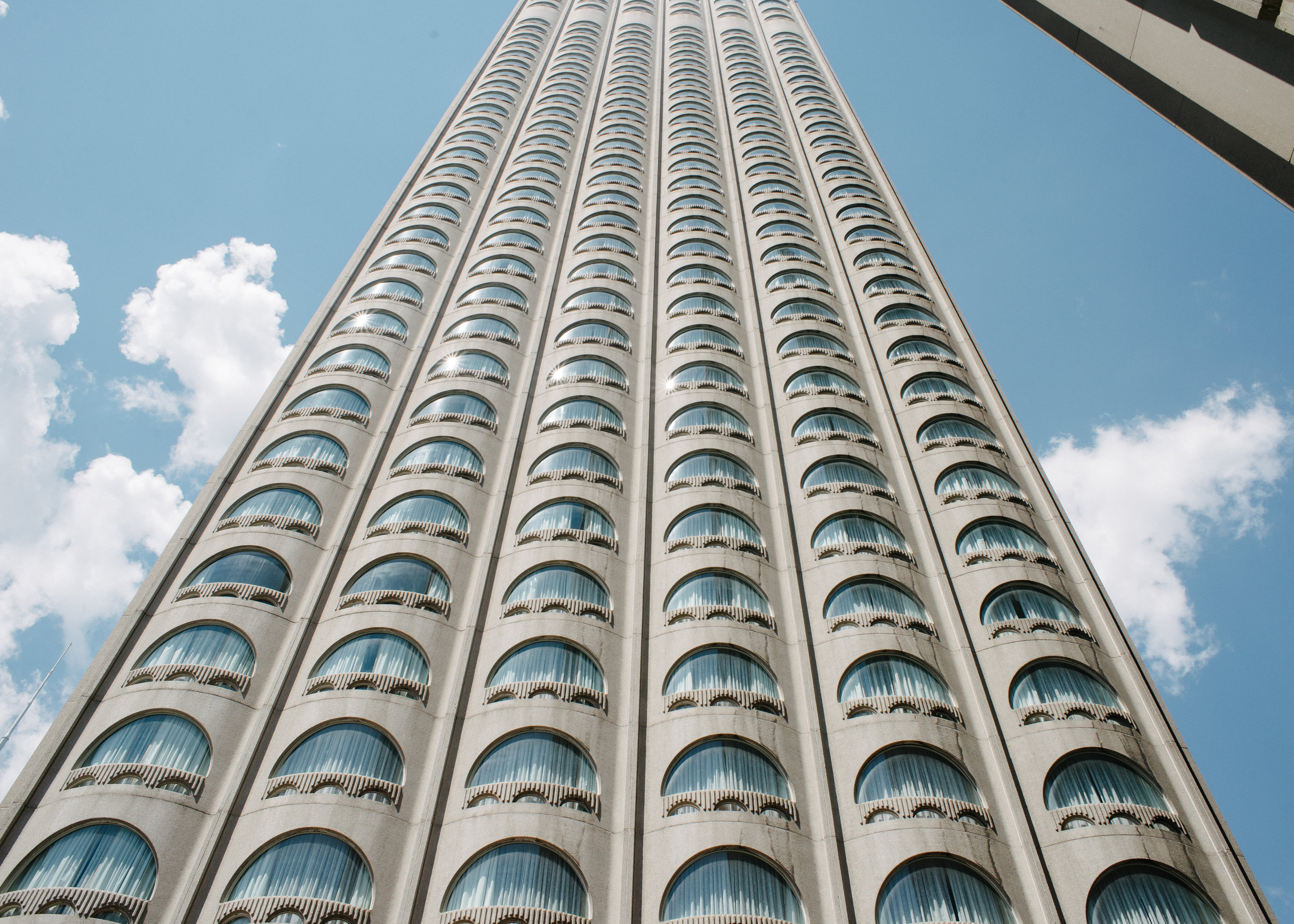
Nikoi Island
Flying from Australia back to London we had wanted to break up the trip by having a week to recharge and plan for the year ahead. Within easy reach of Singapore, and only eight kilometres from Bintan, Nikoi Island seemed to be the perfect option for us. A private island, 15 hectares in size, we stayed in one of the 15 beach houses that all sit facing the water.
Often most content just lounging downstairs in our beach house reading, we almost felt guilty for not taking up some of the activities that were on offer - such as snorkelling, sailing or a rainforest walk. For a week we enjoyed barefoot luxury and witnessed local fisherman on their boats under soft pink sunsets. We were a little sad to leave but grateful to feel relaxed and recharged for the year ahead.
Photographs by magazine contributor Renae Smith.

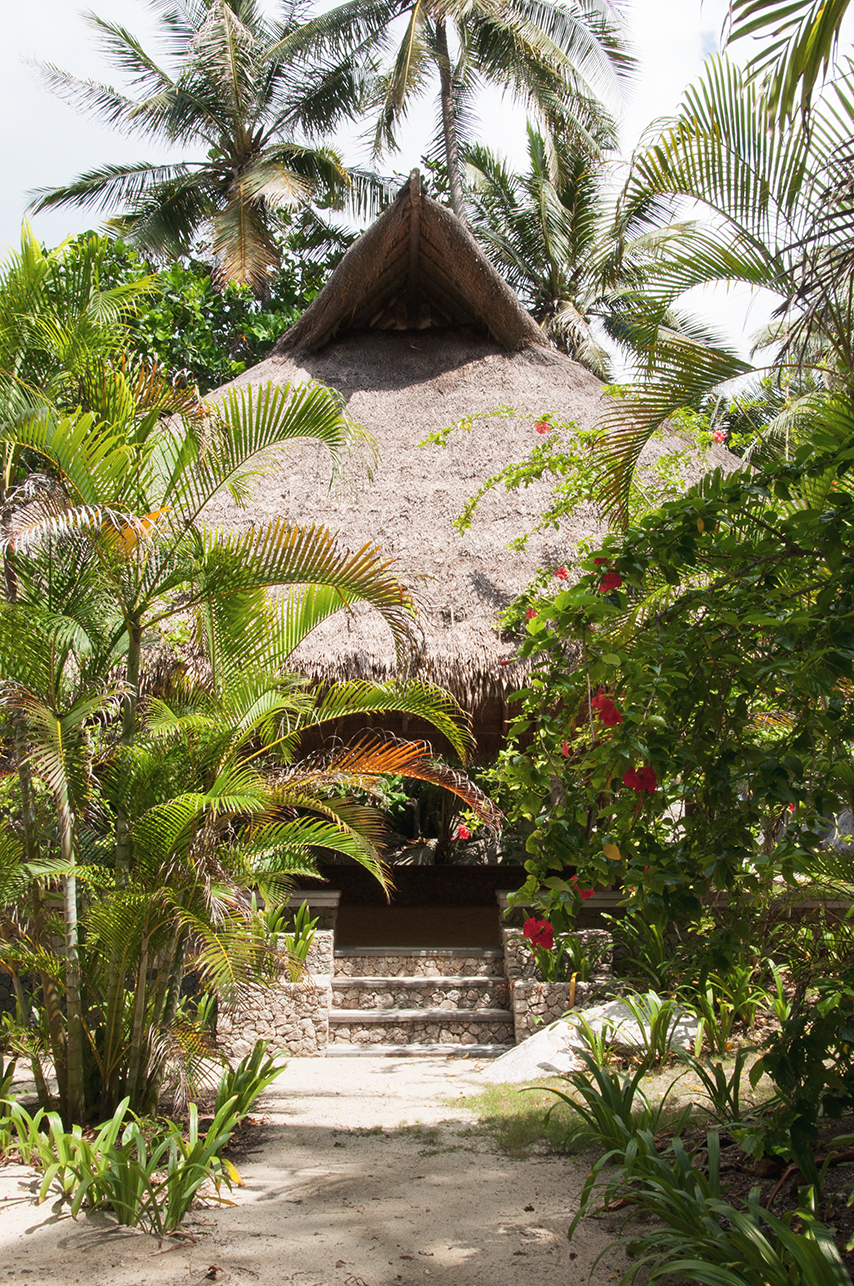
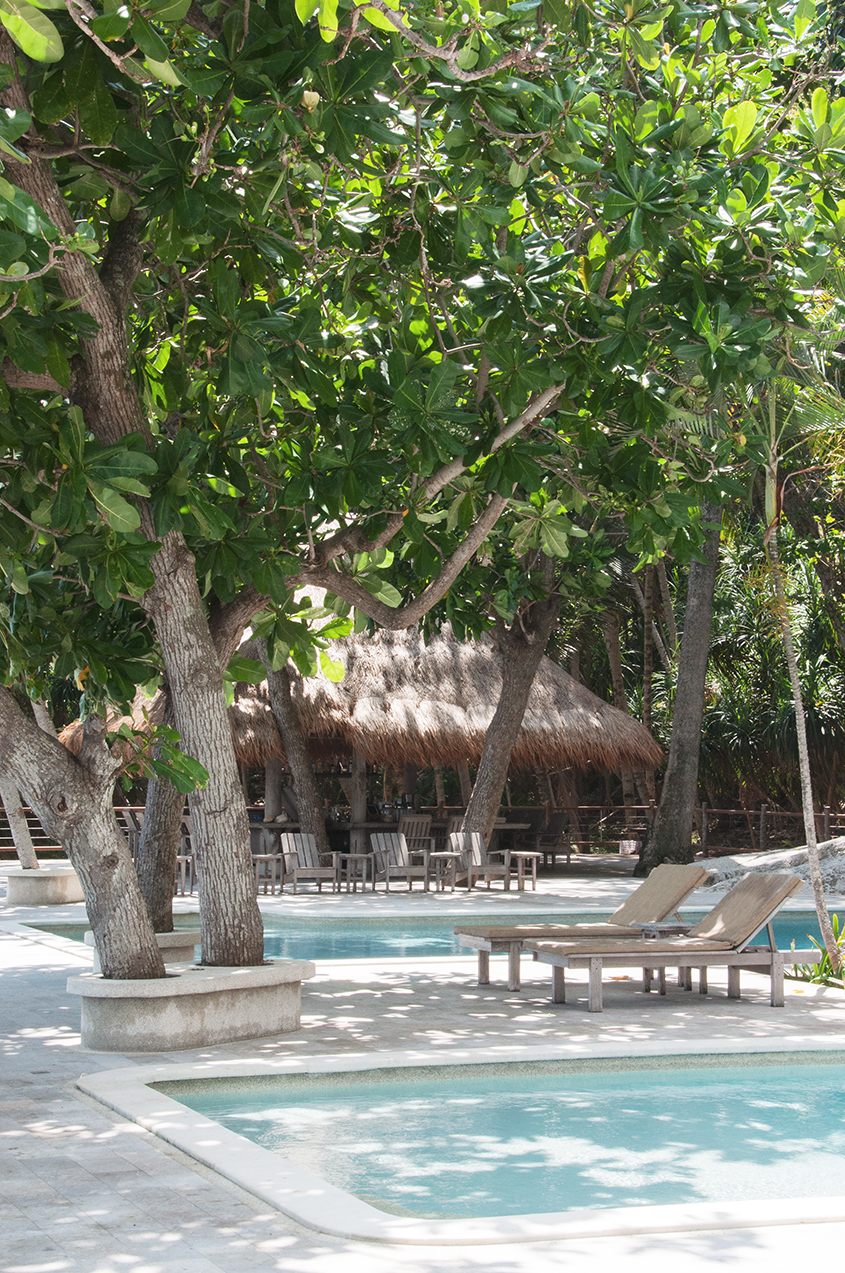
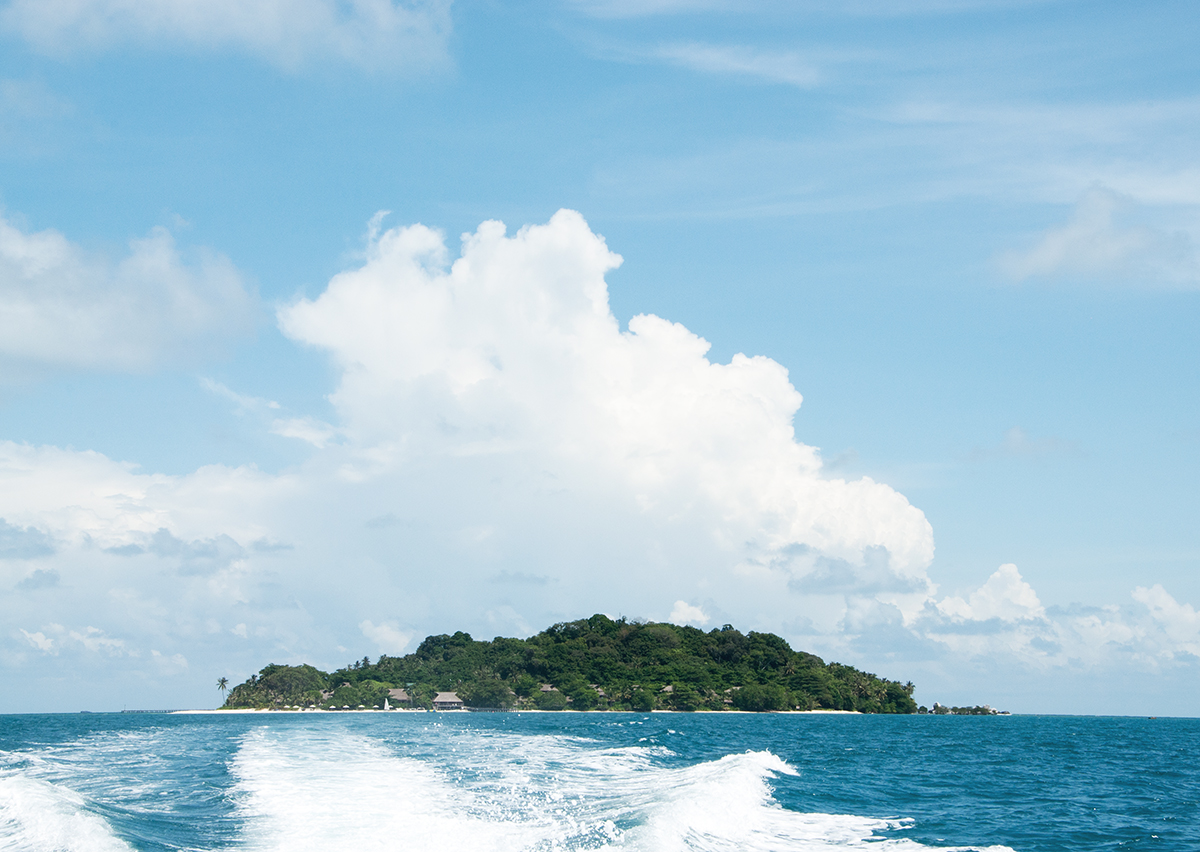


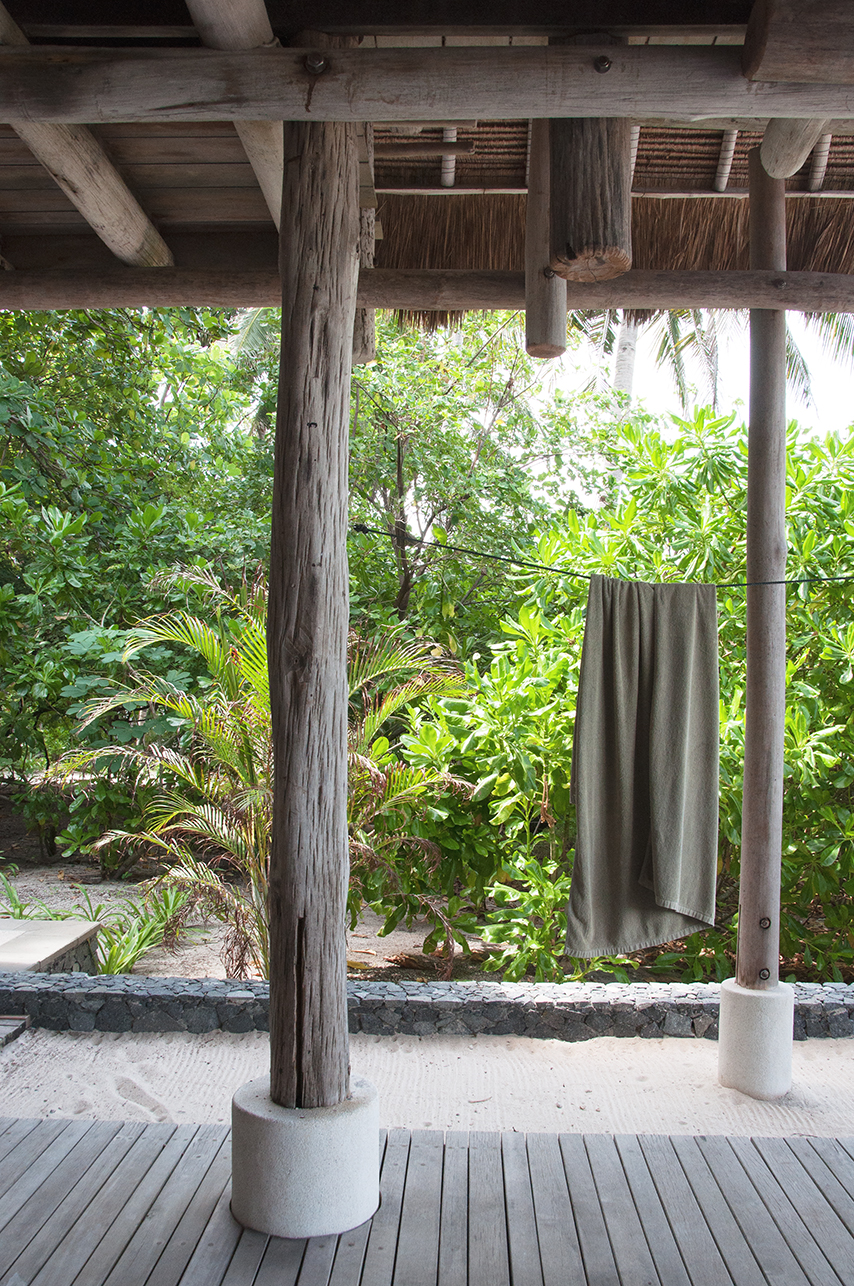
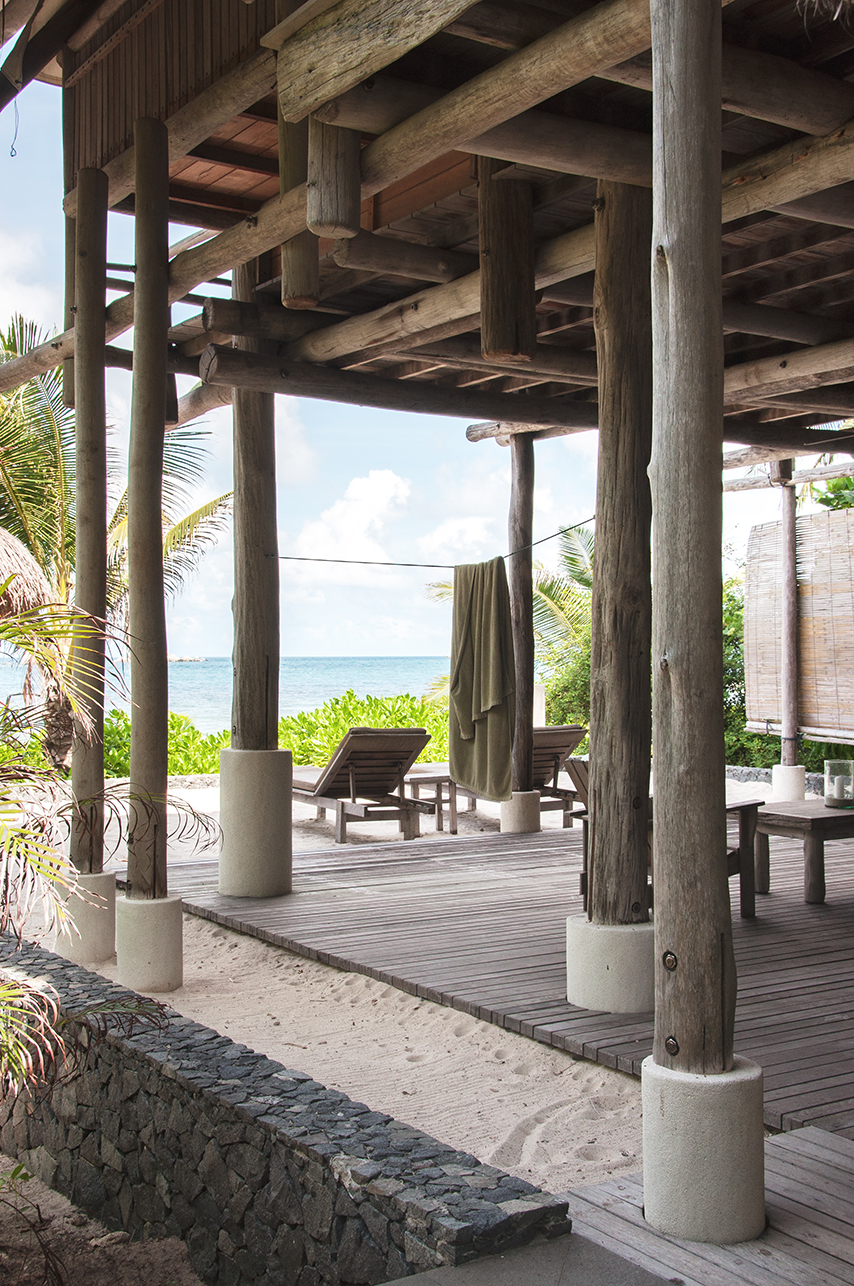

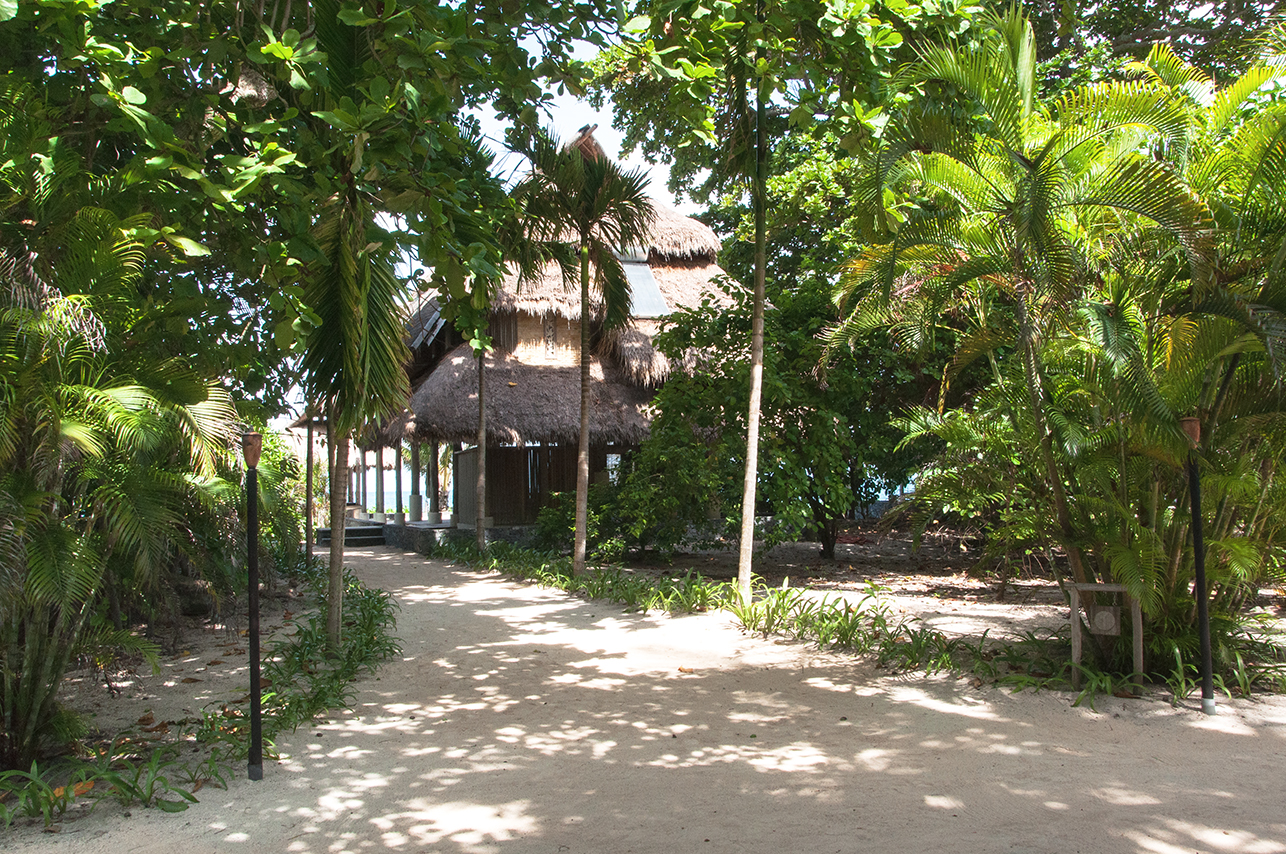
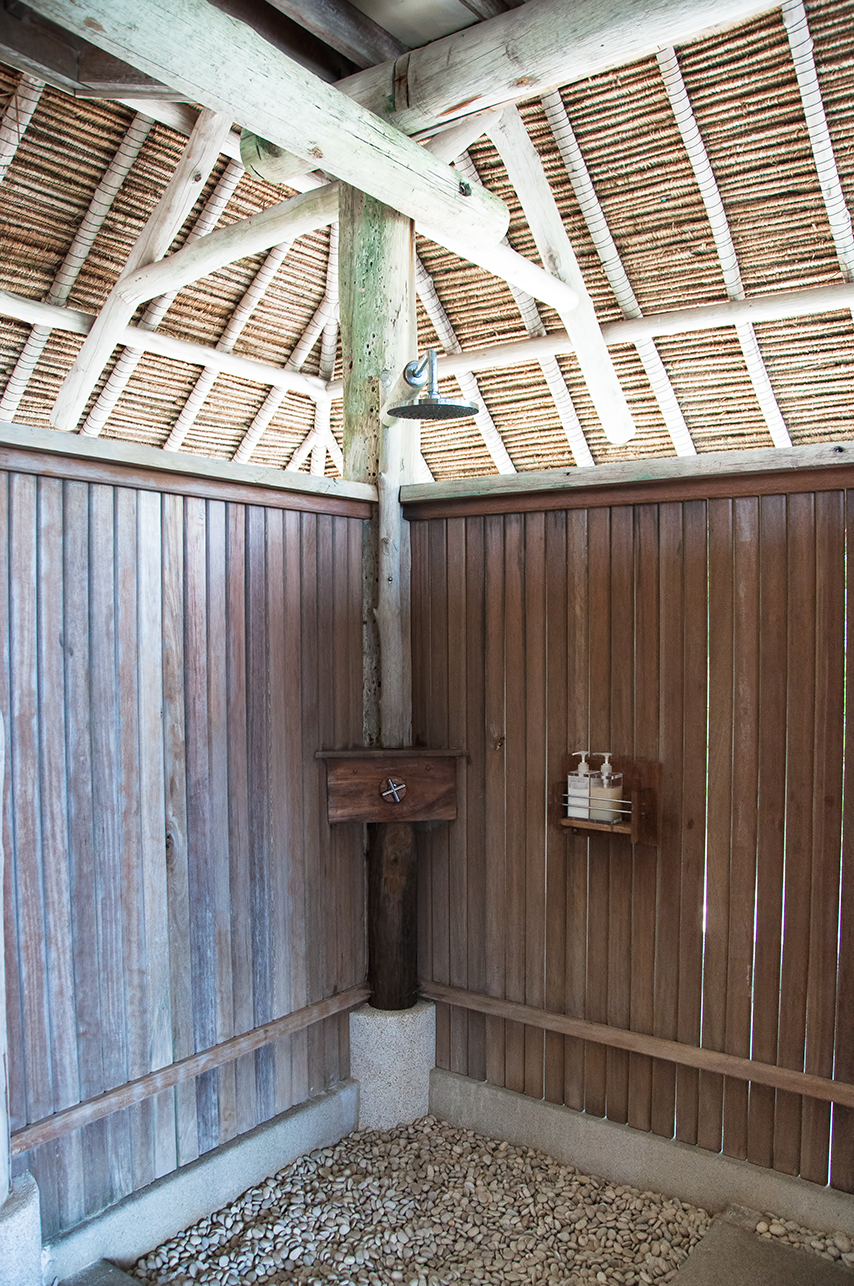
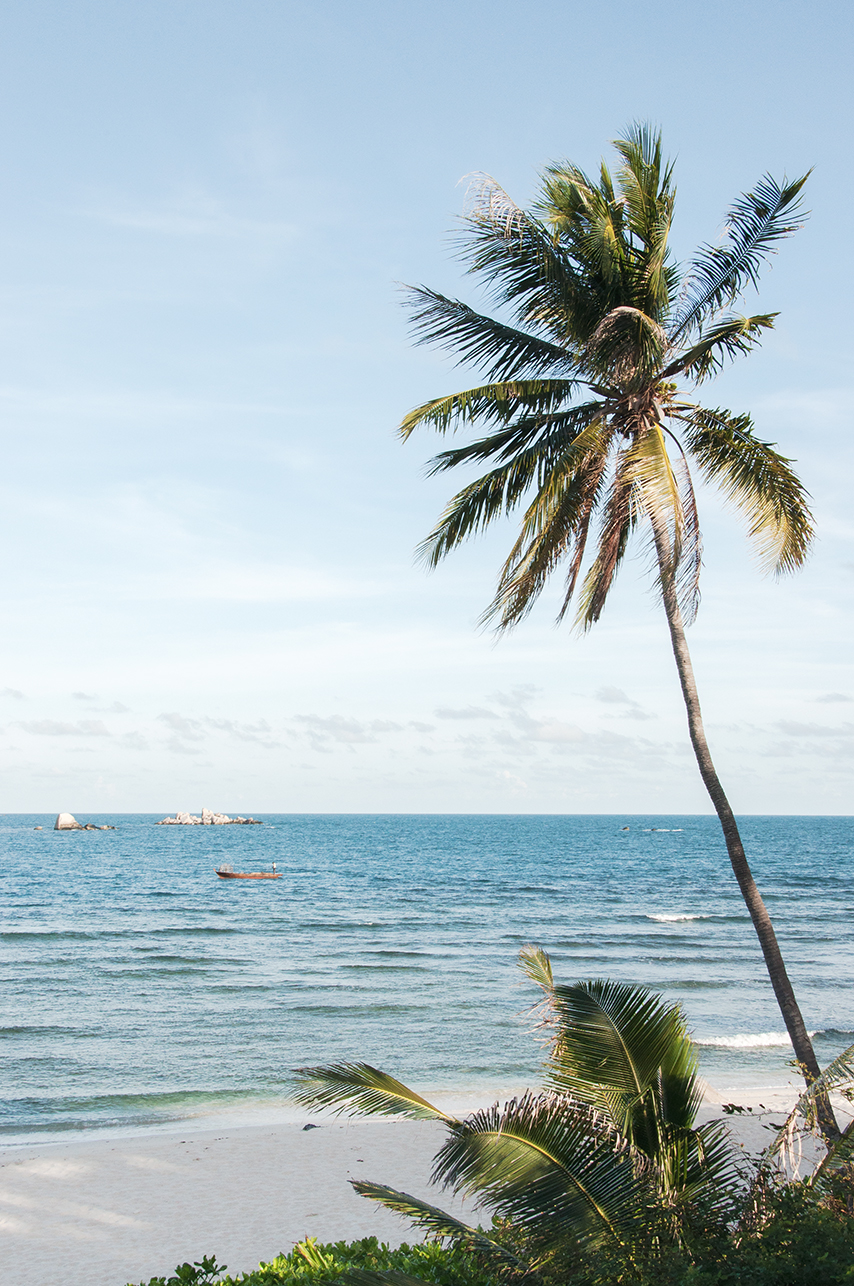
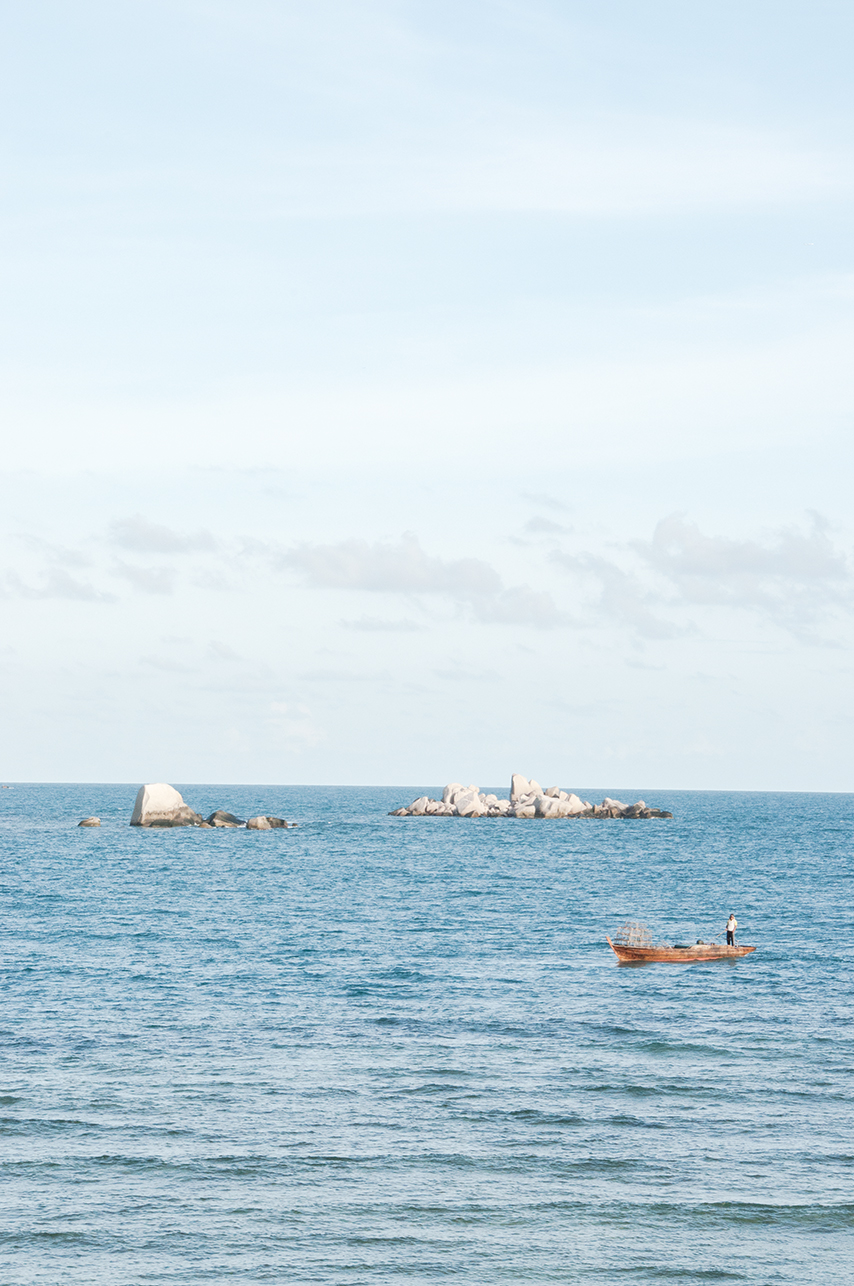


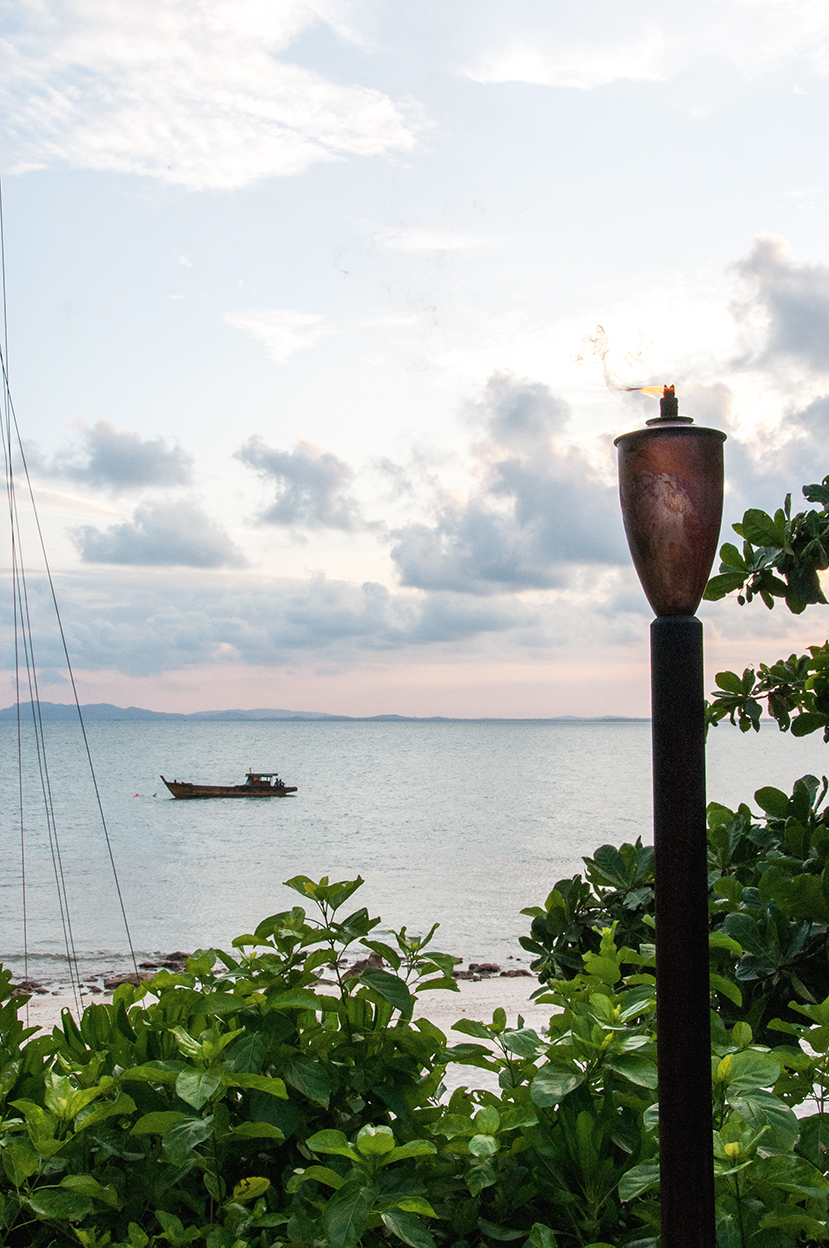
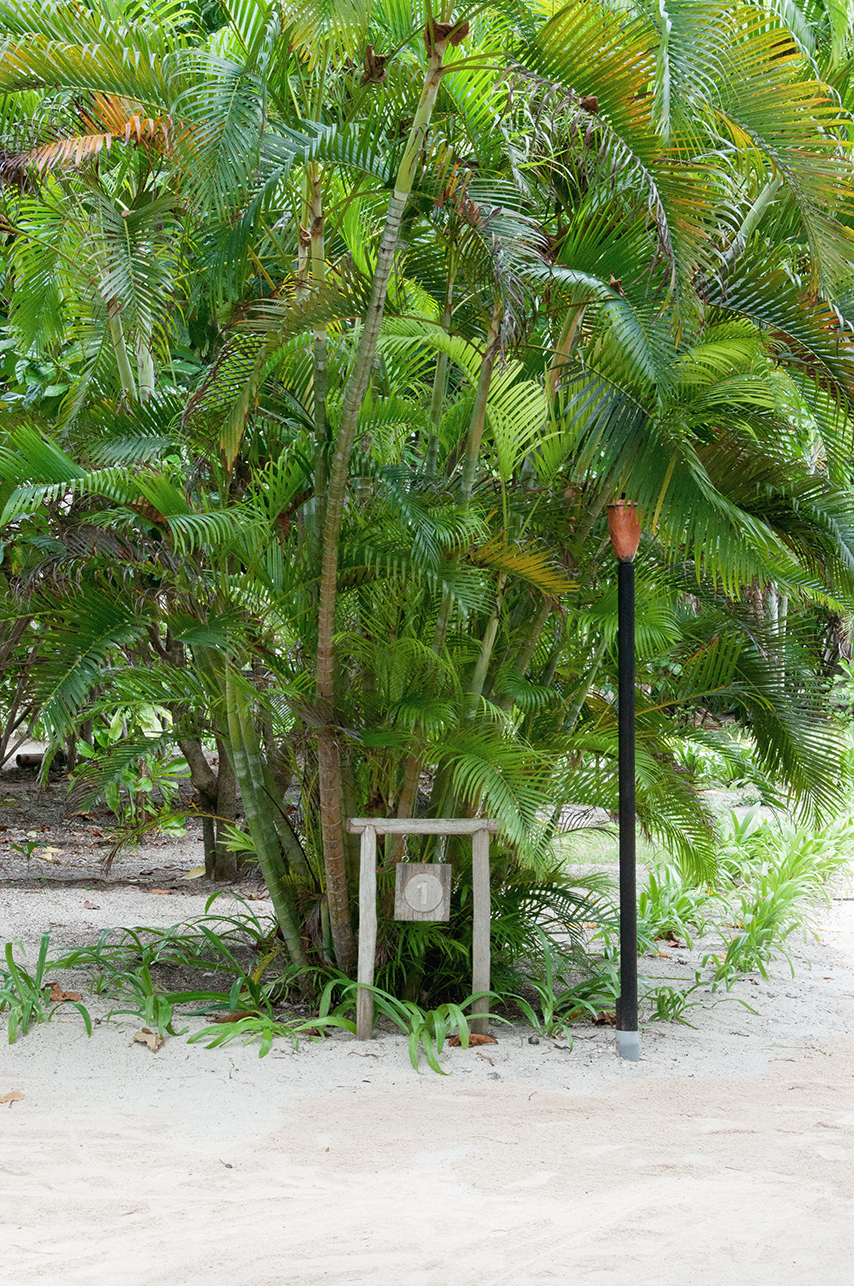
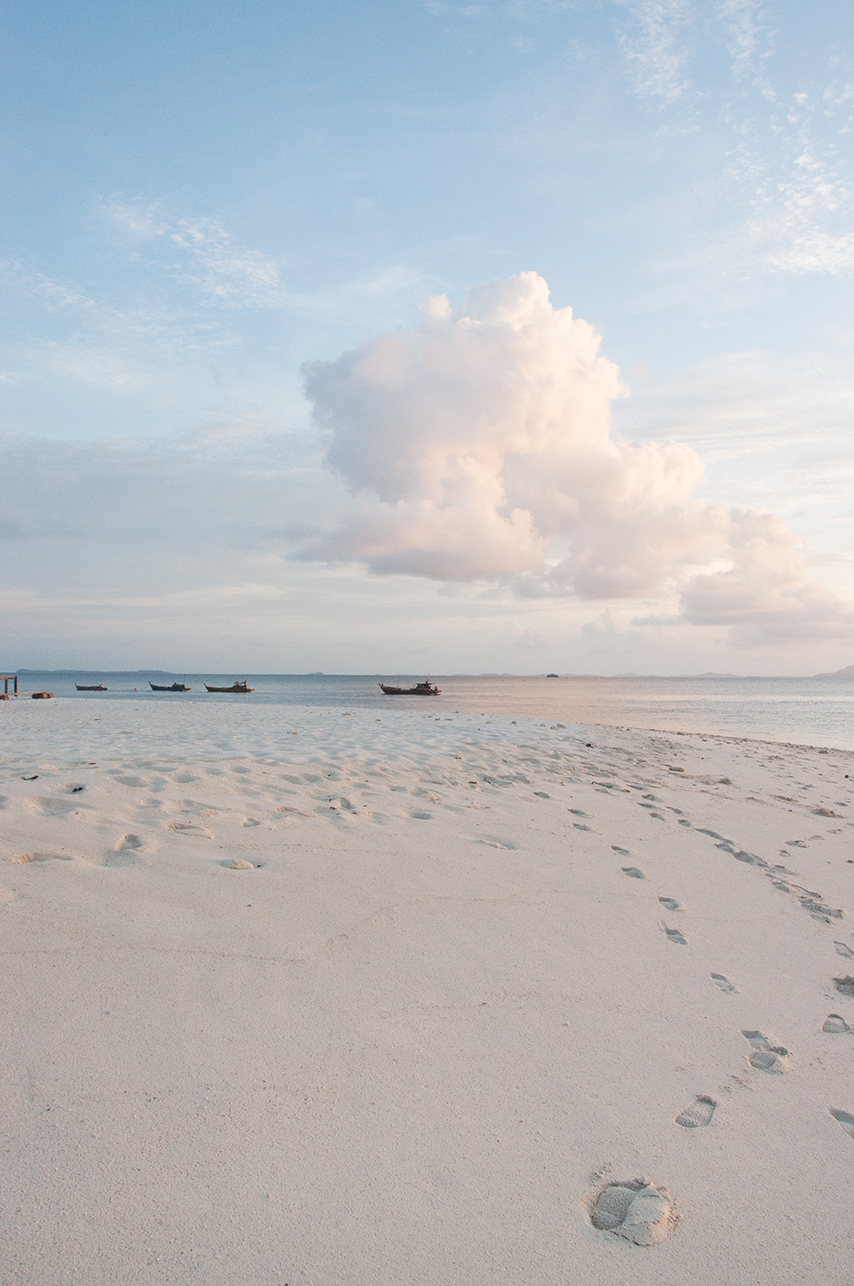
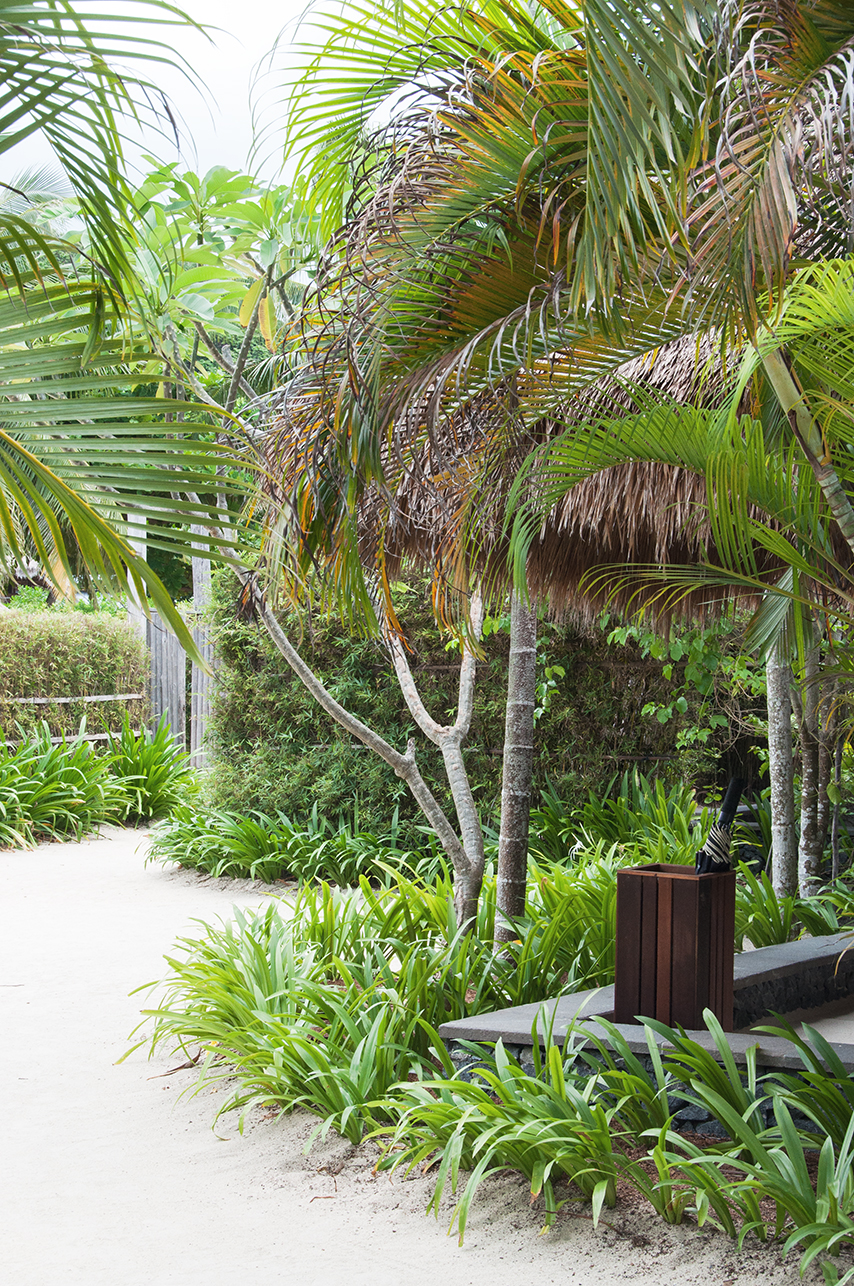

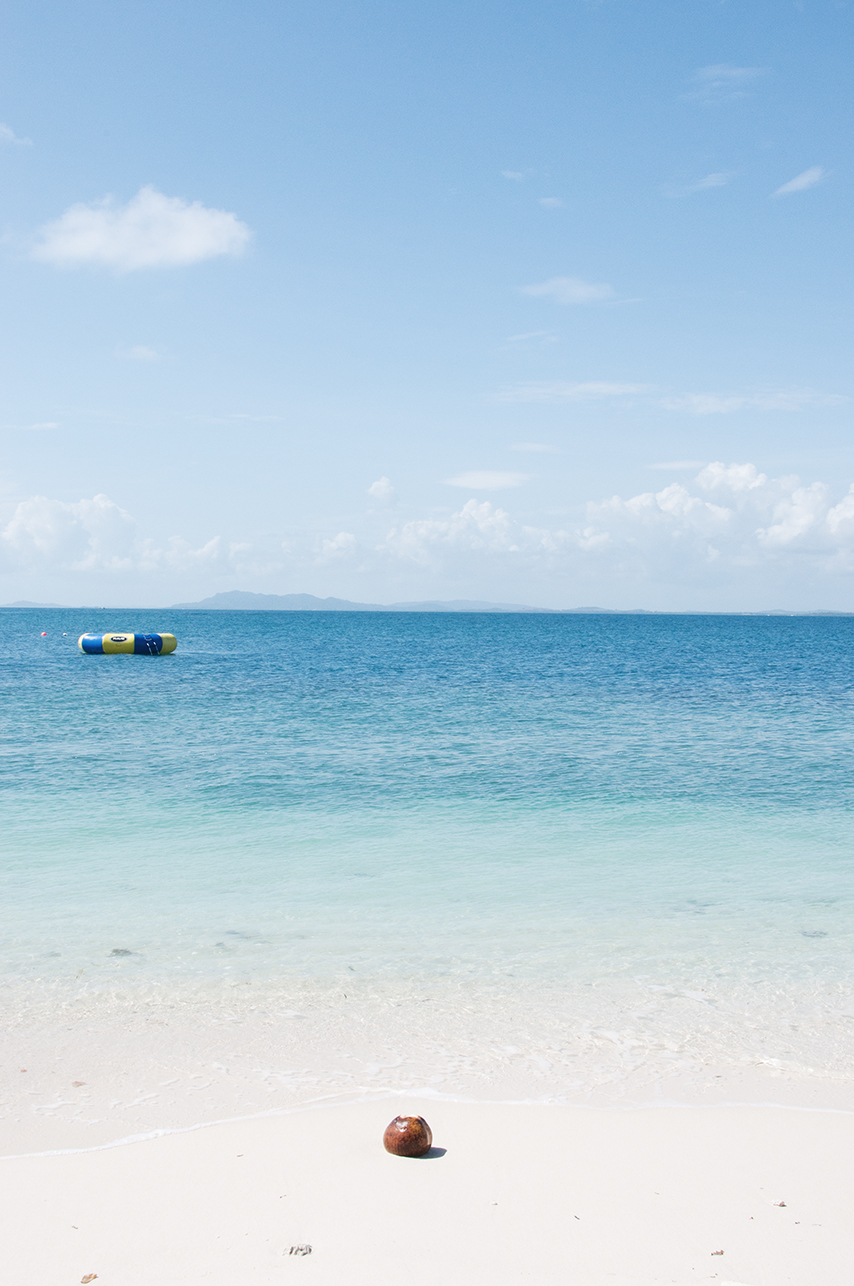






















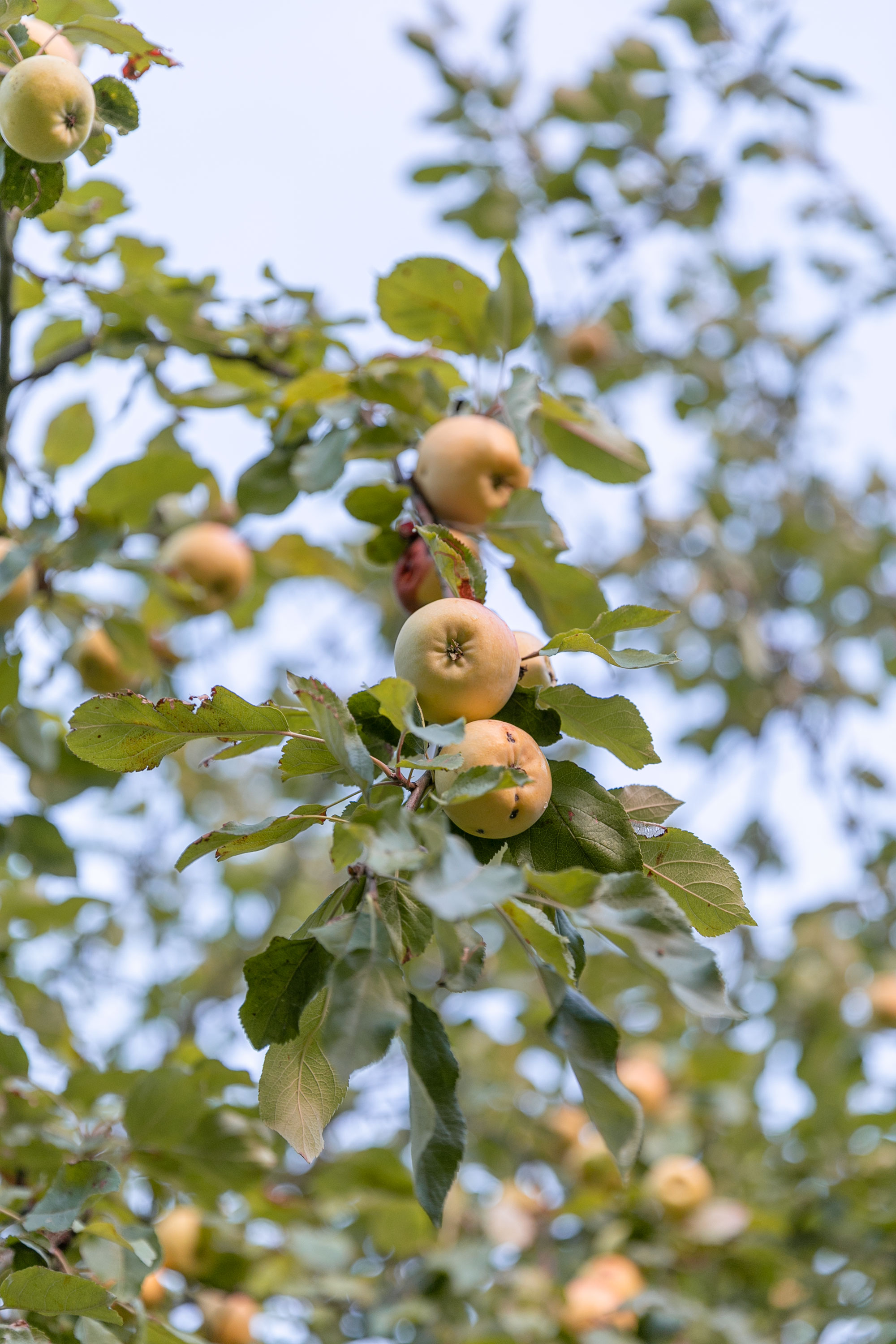











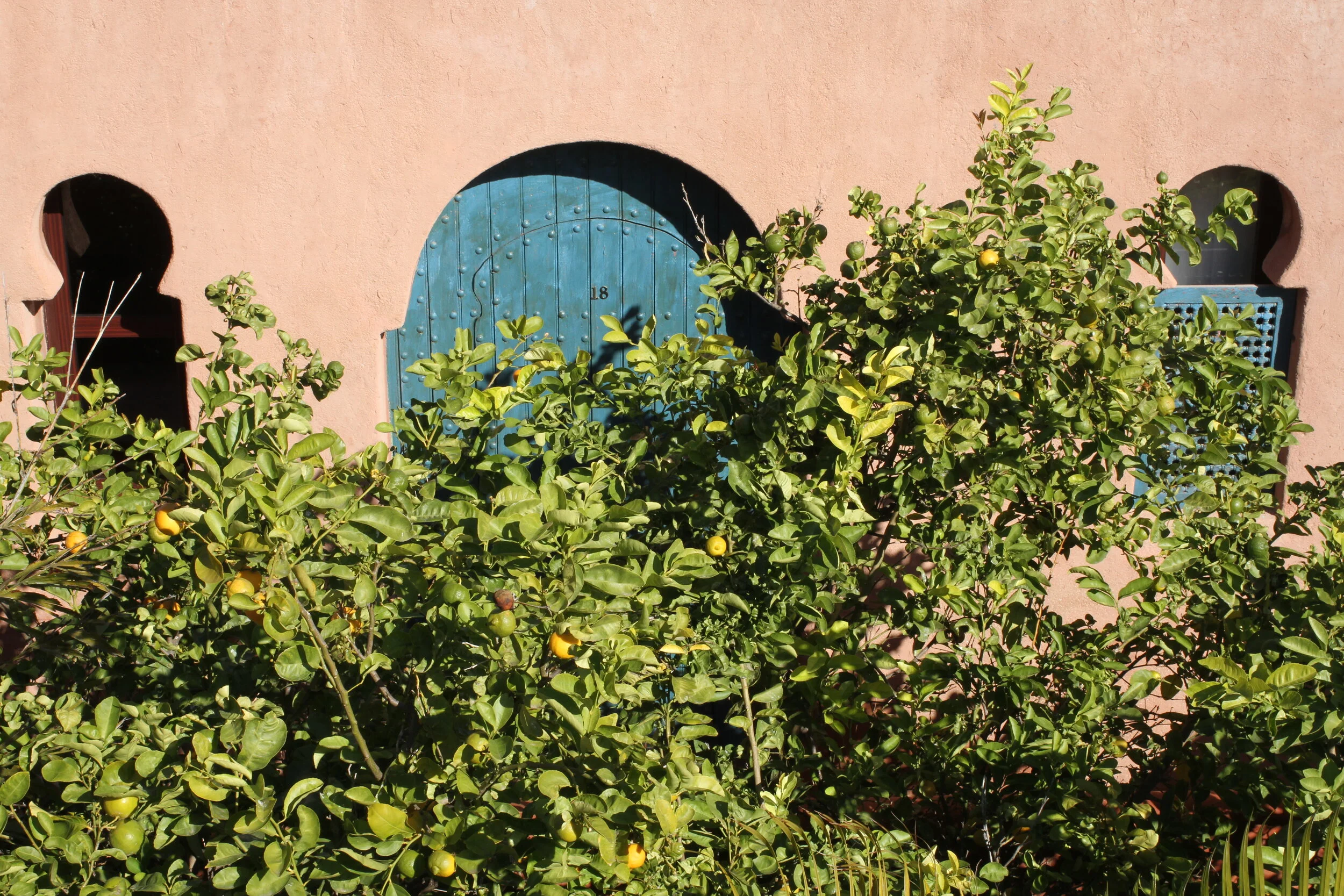































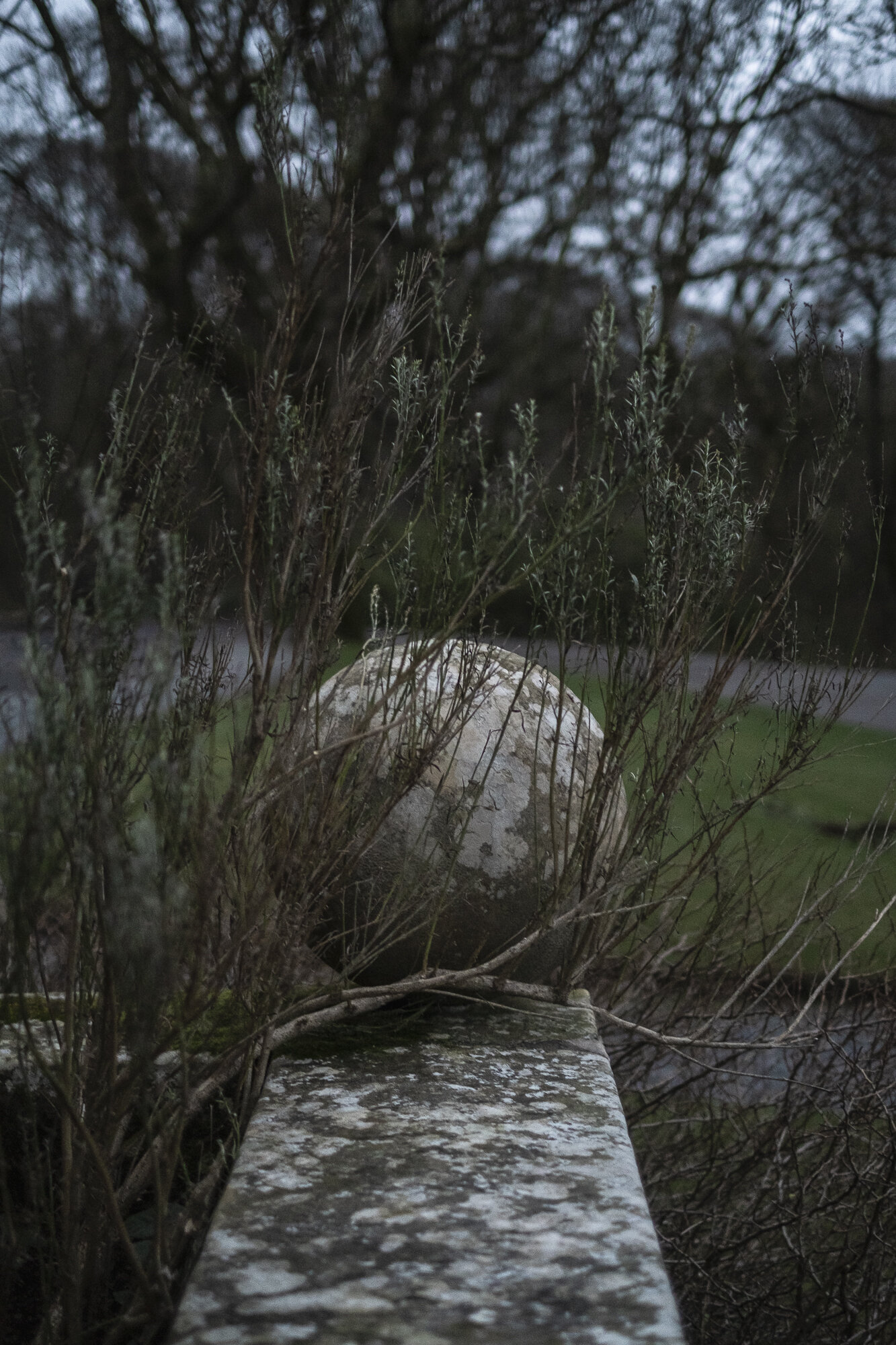

































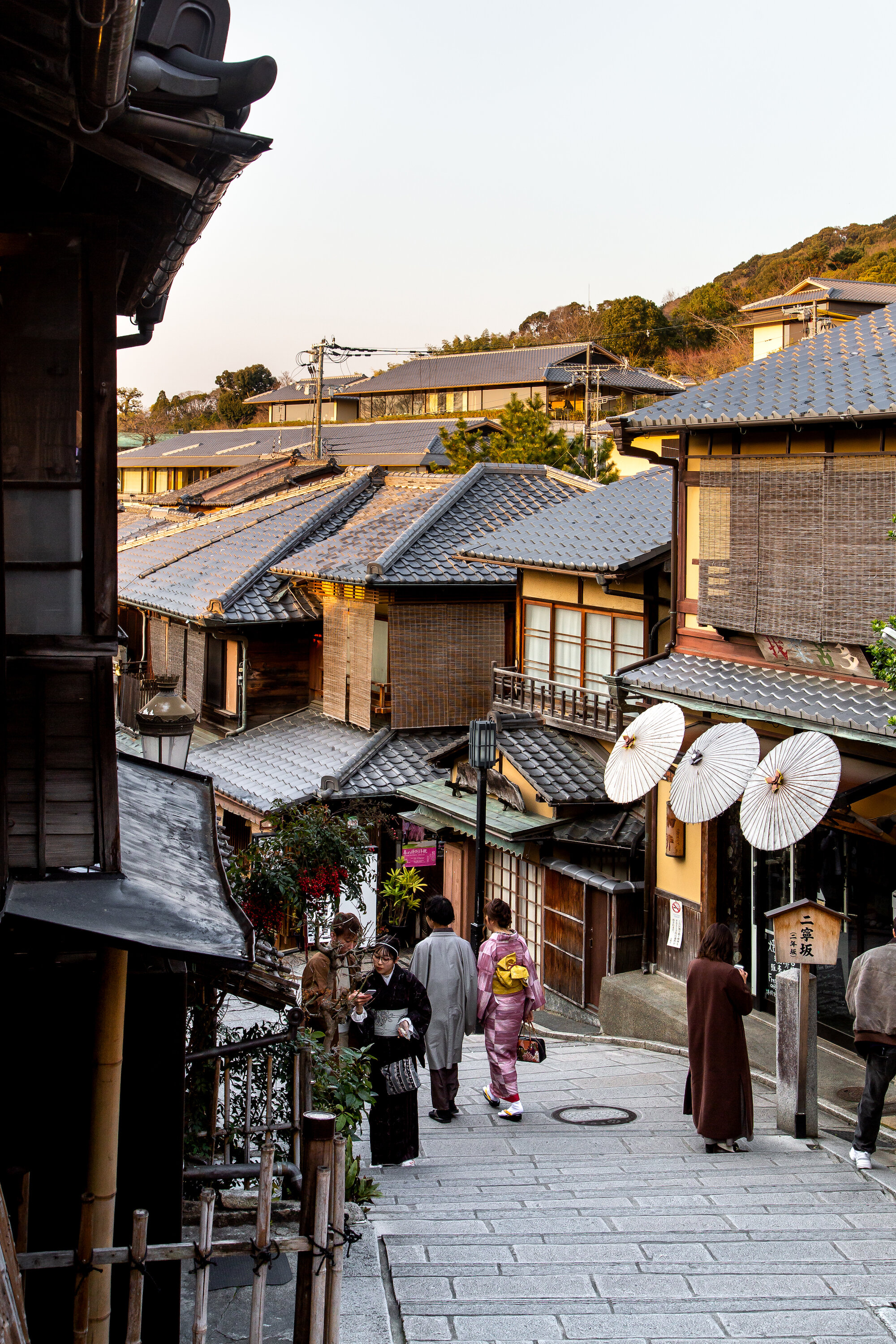


























































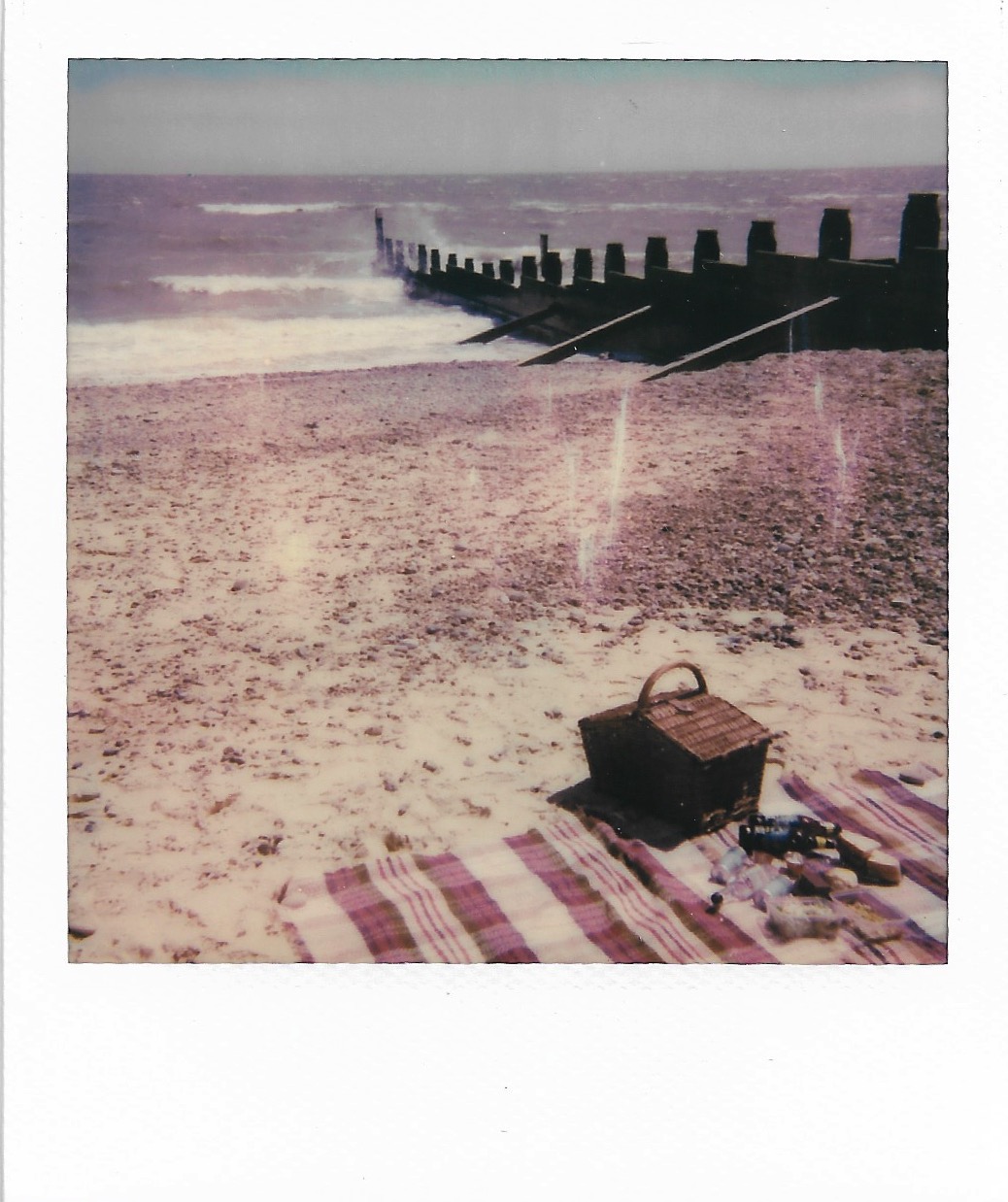
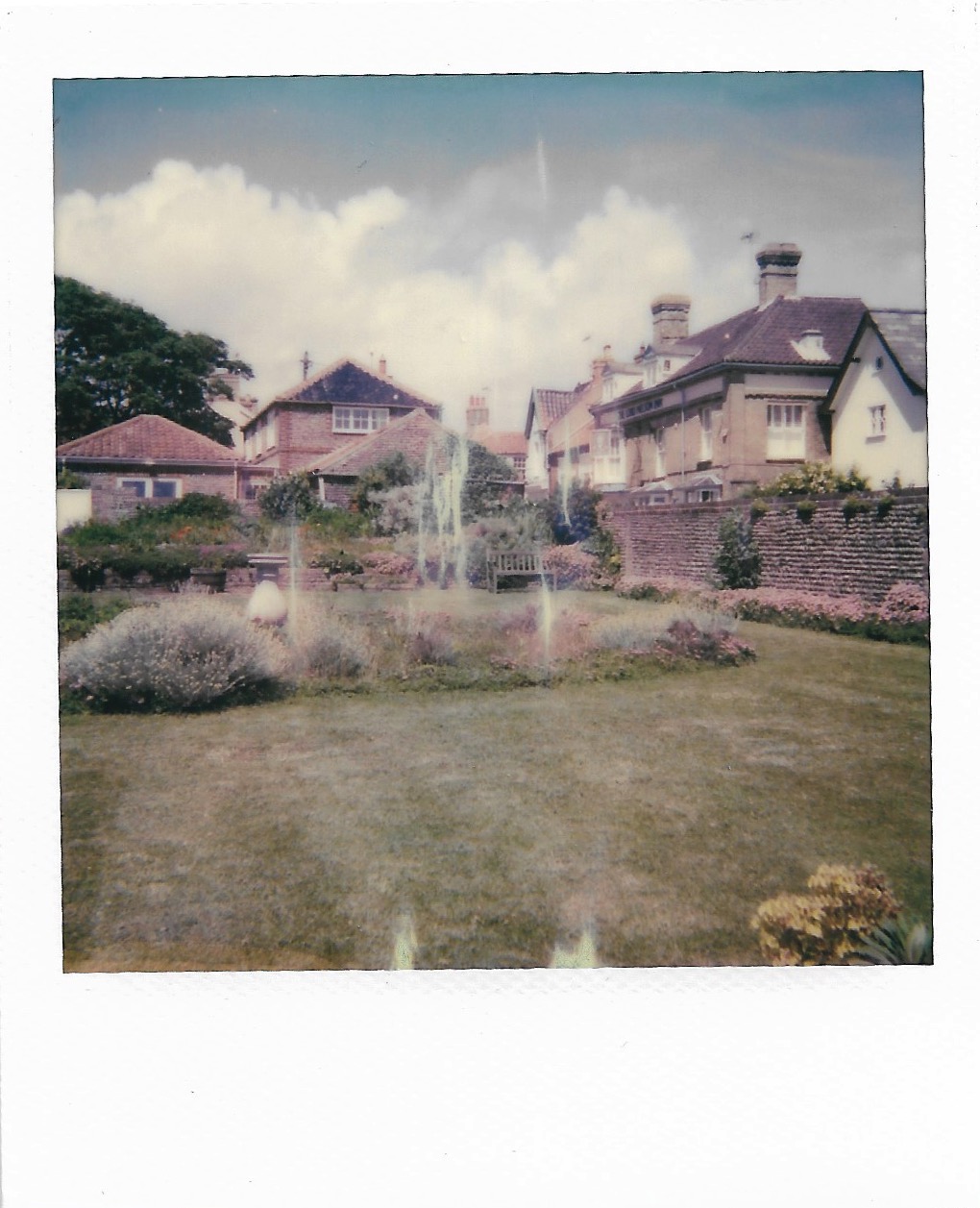
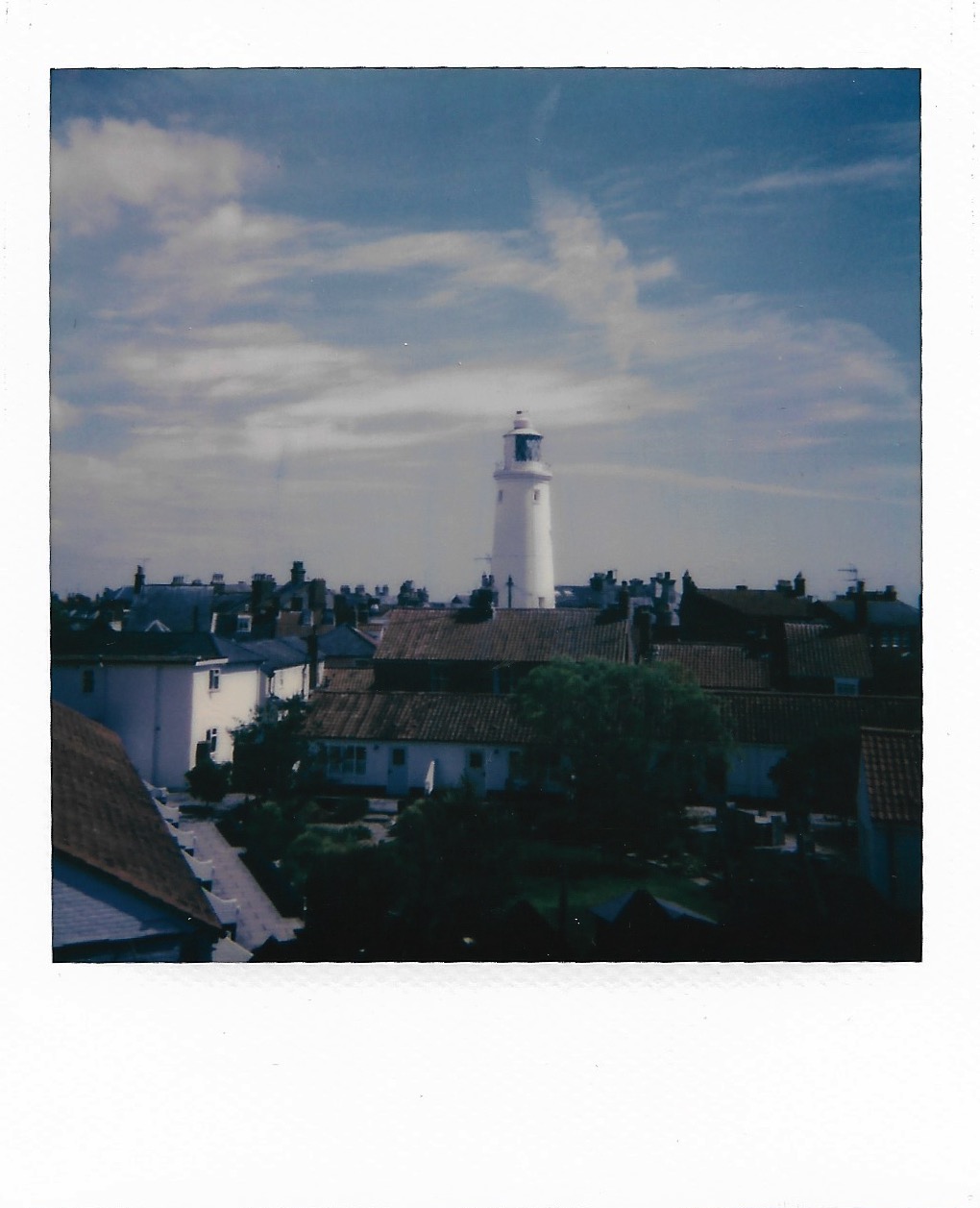

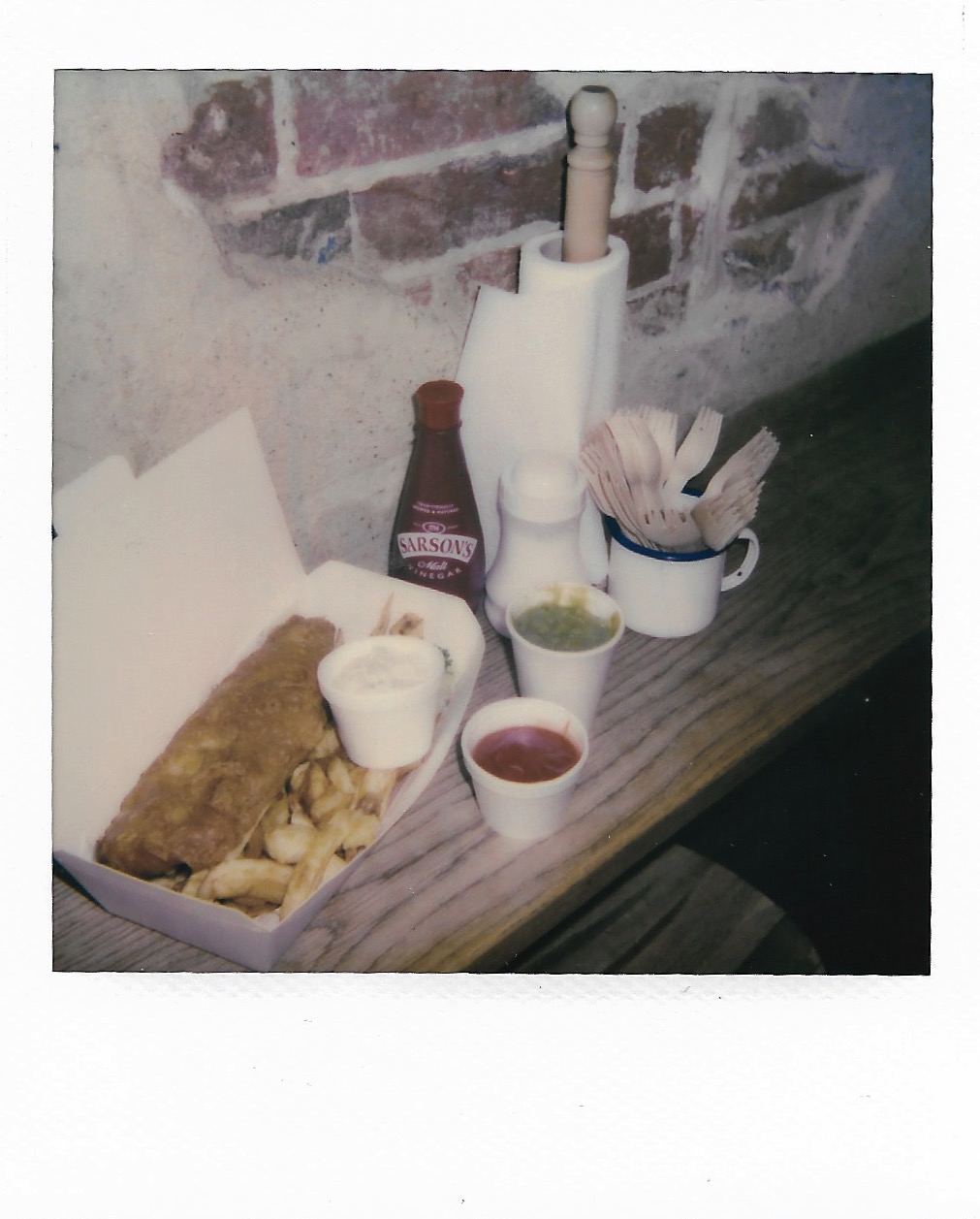

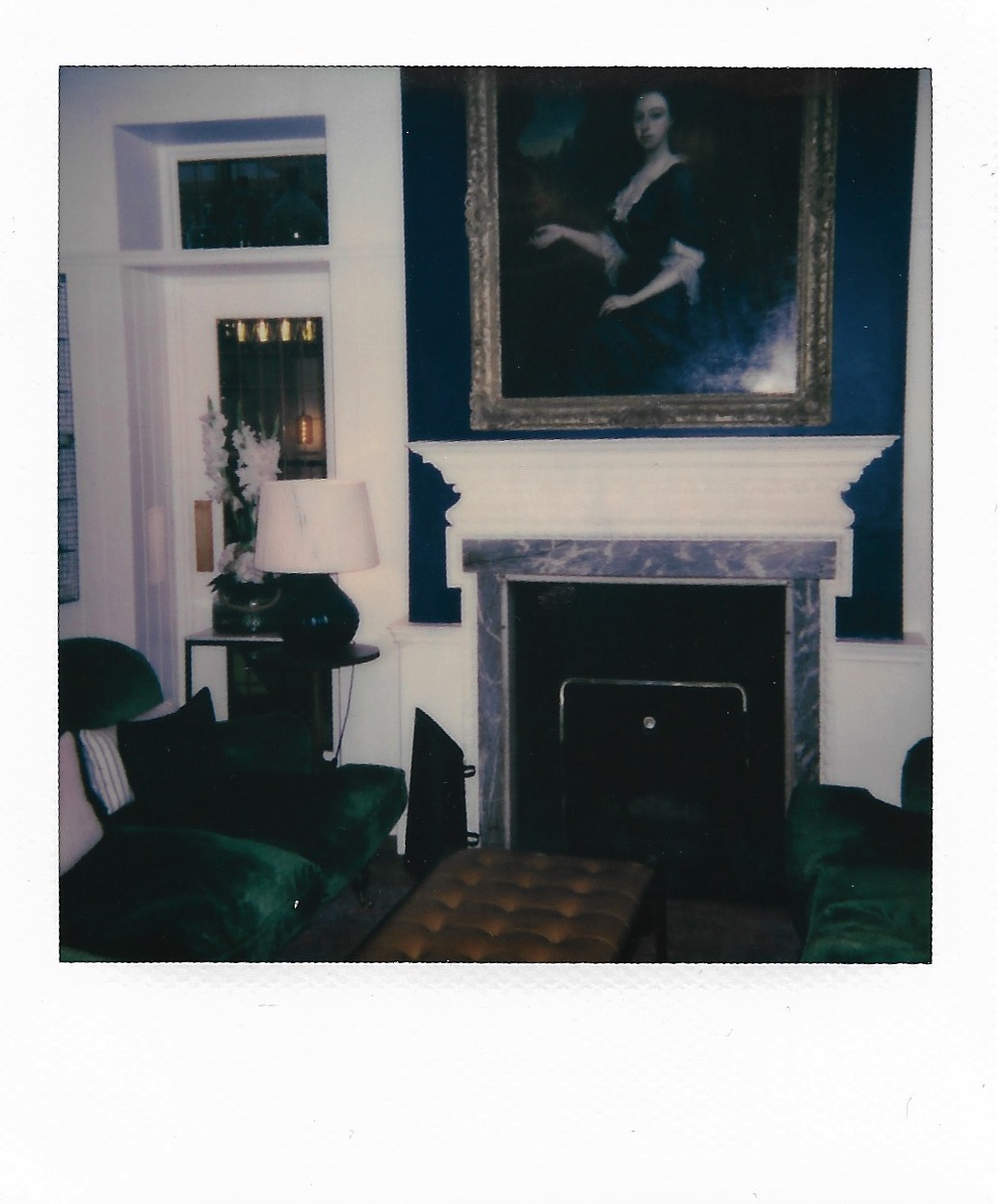

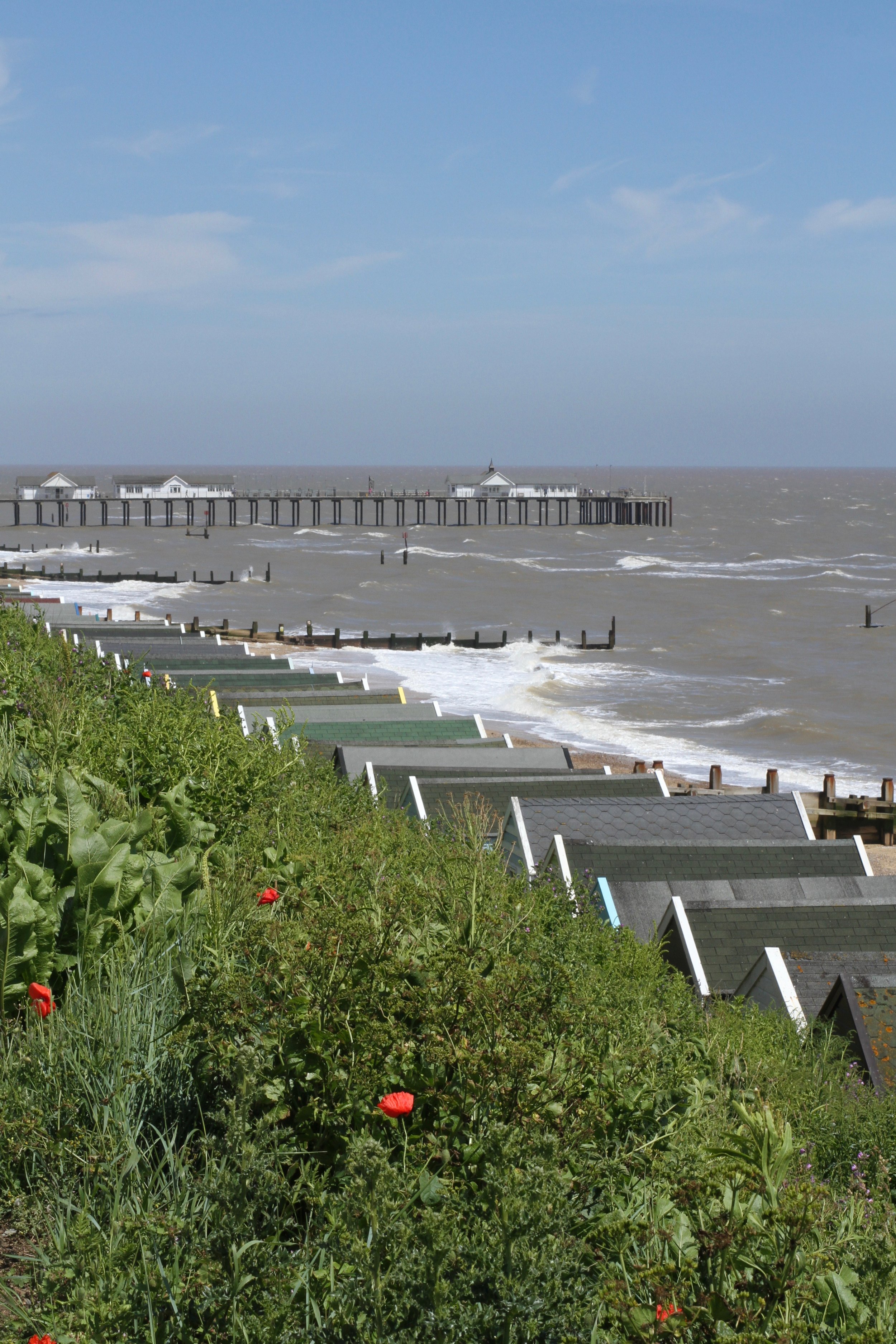
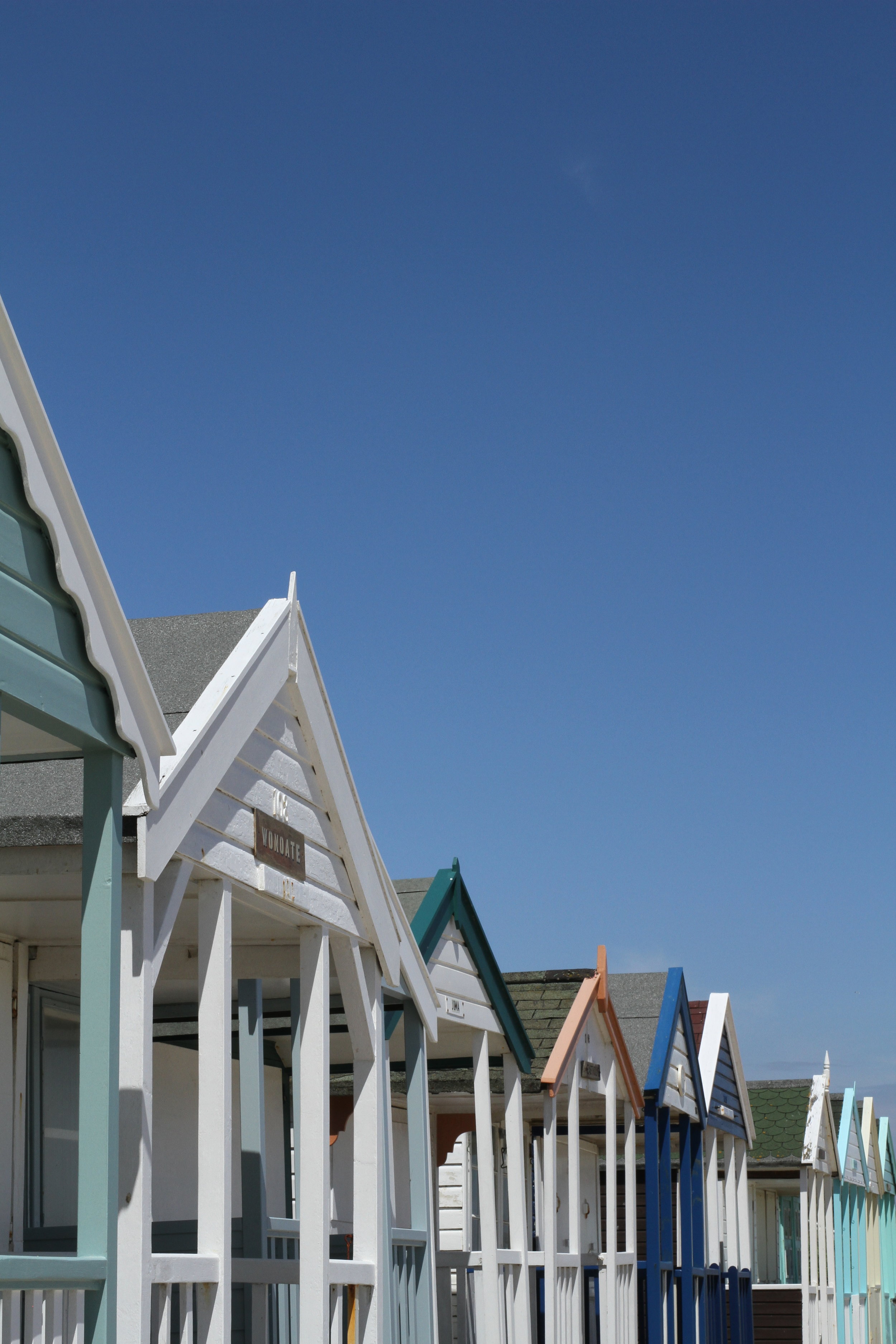
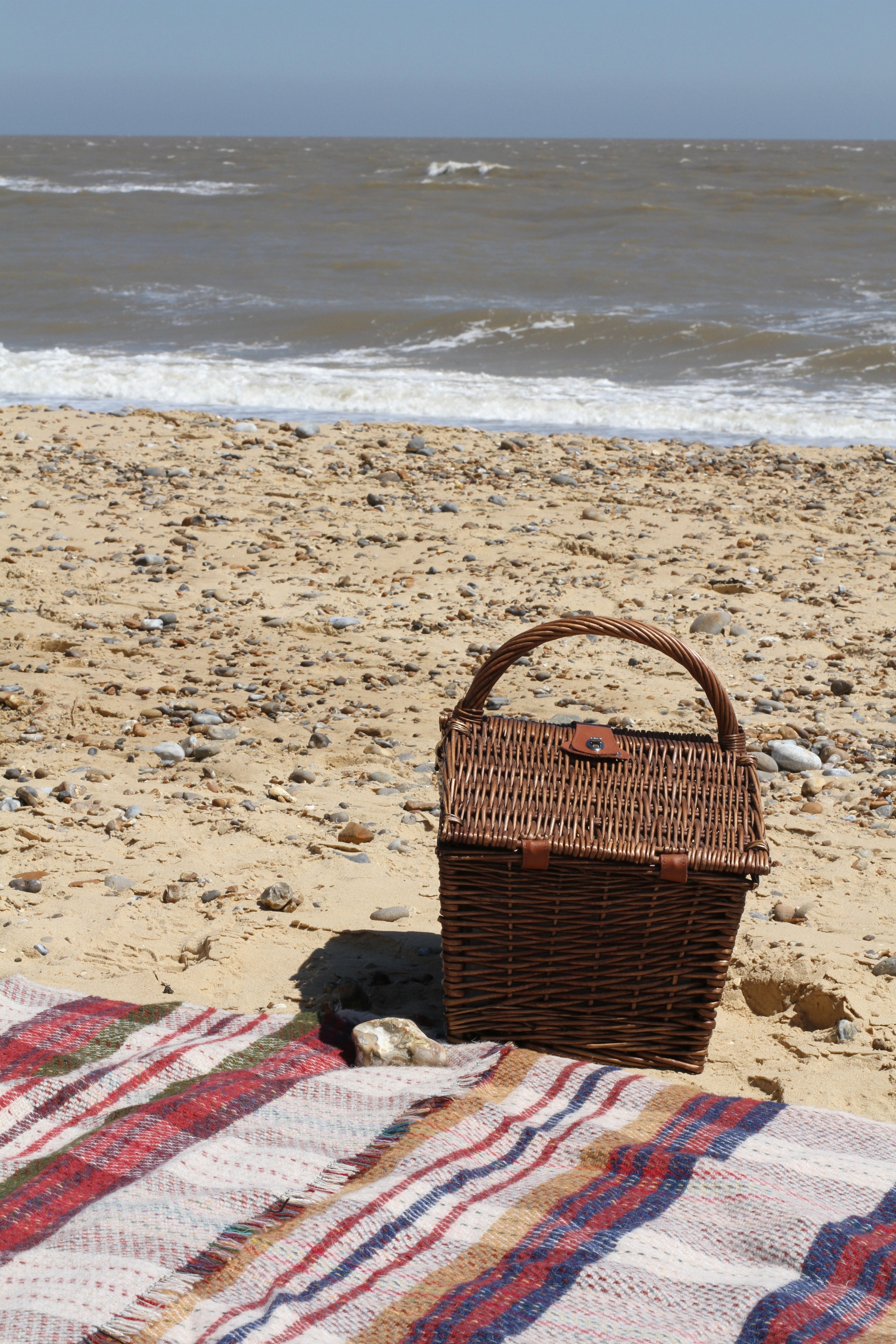






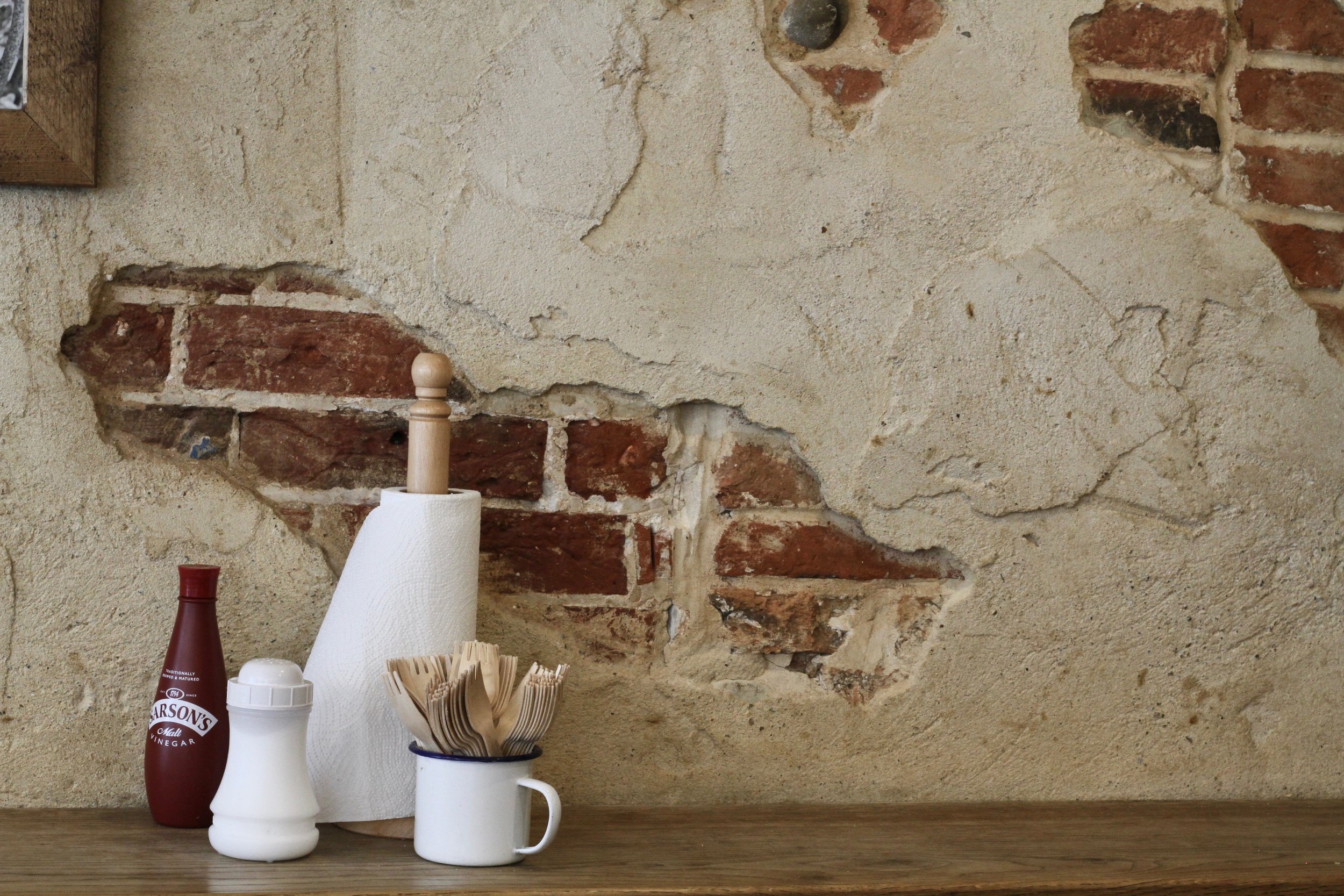


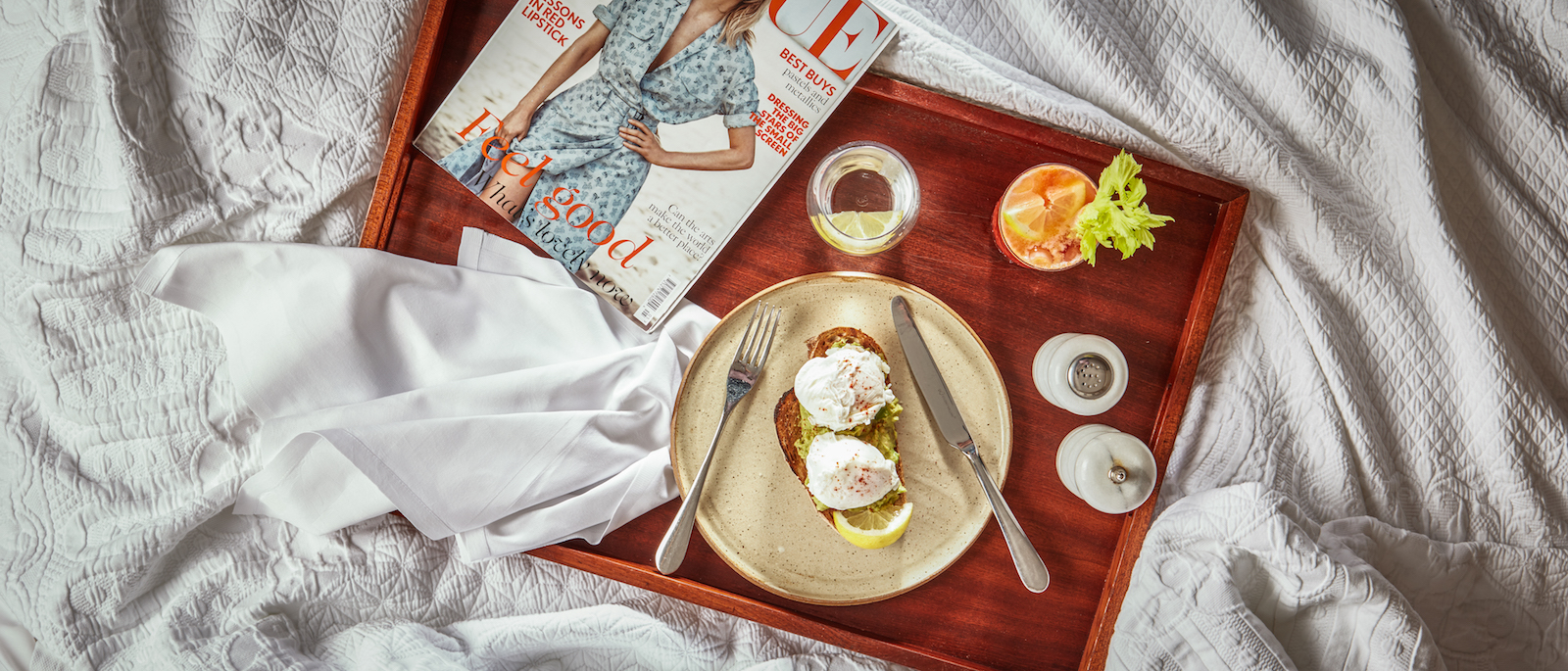

















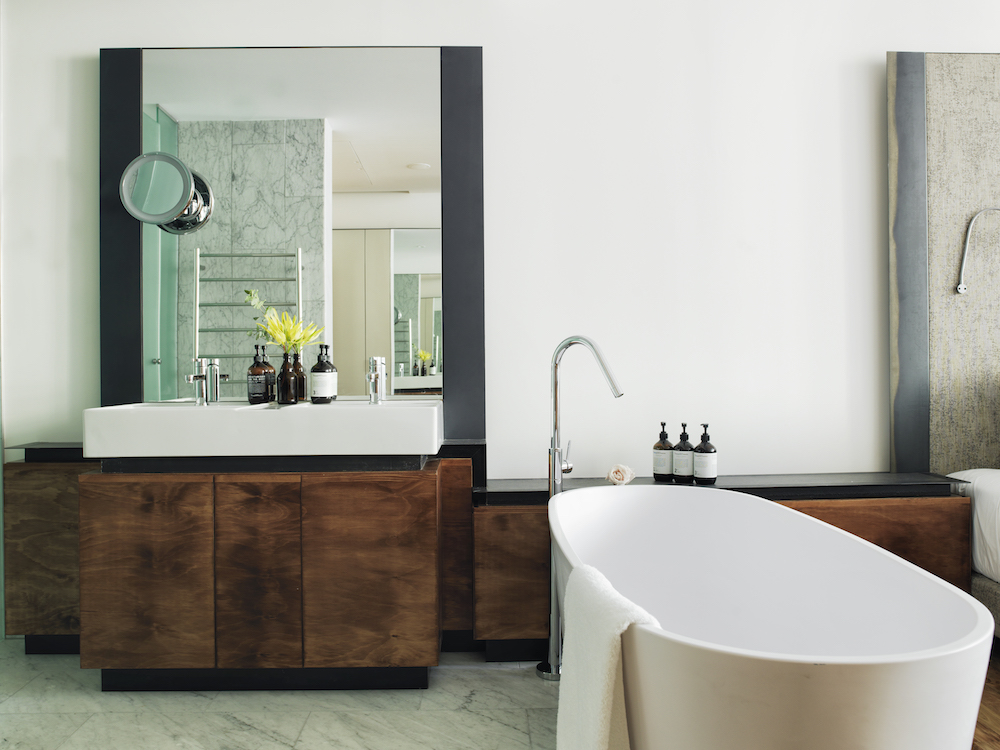

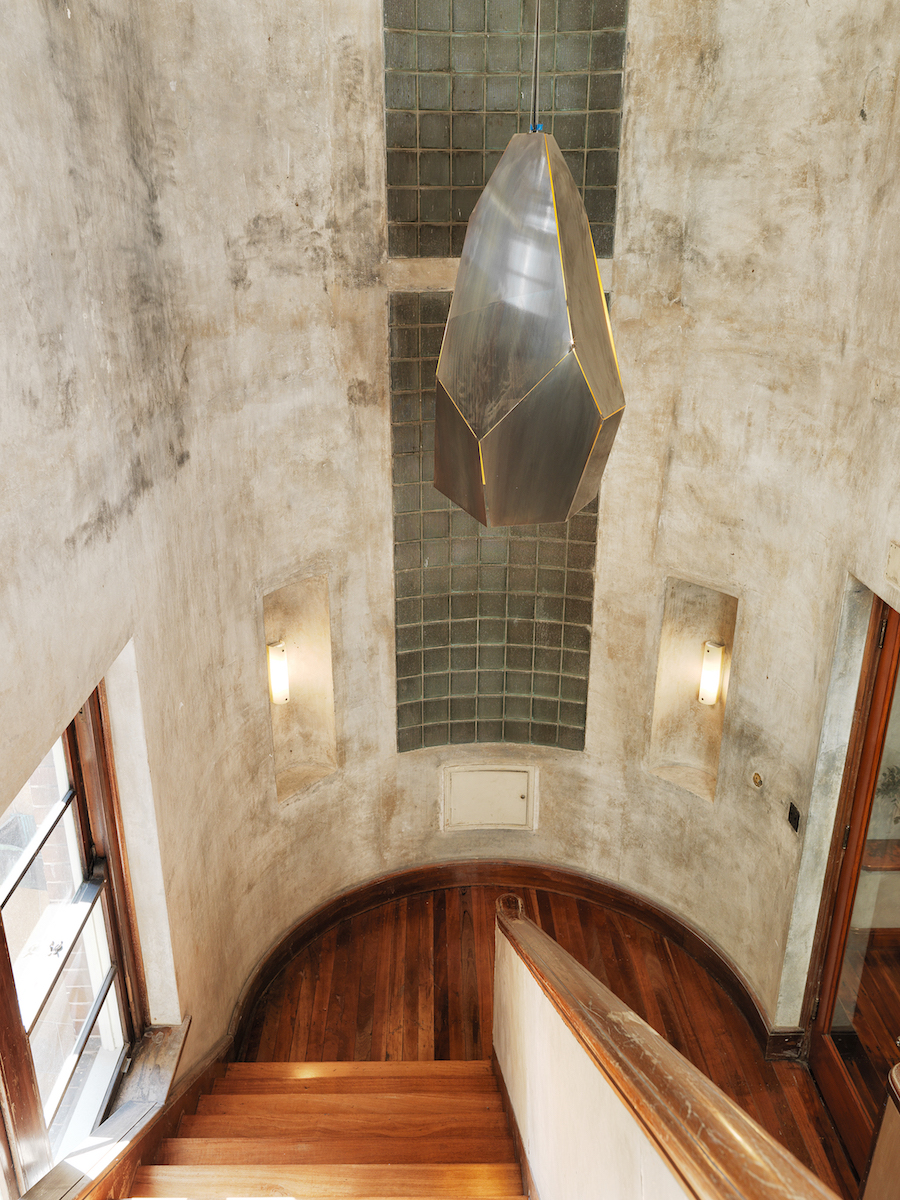


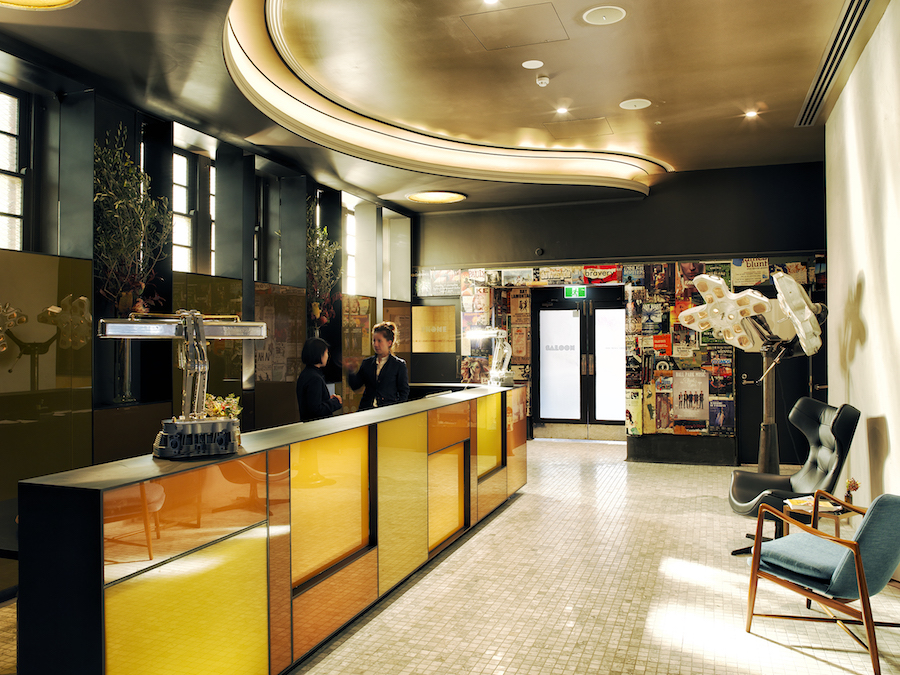




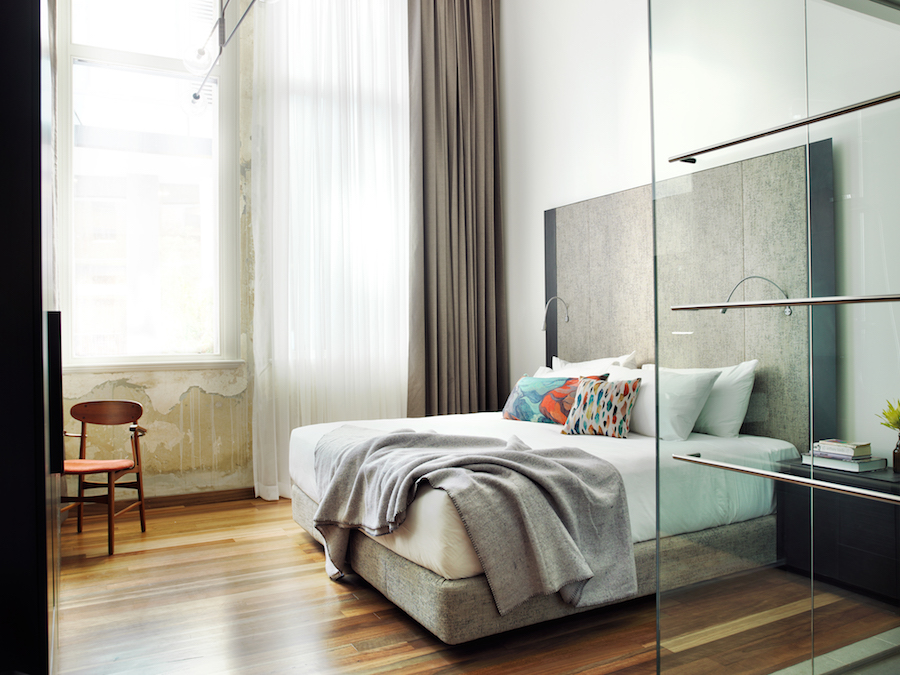




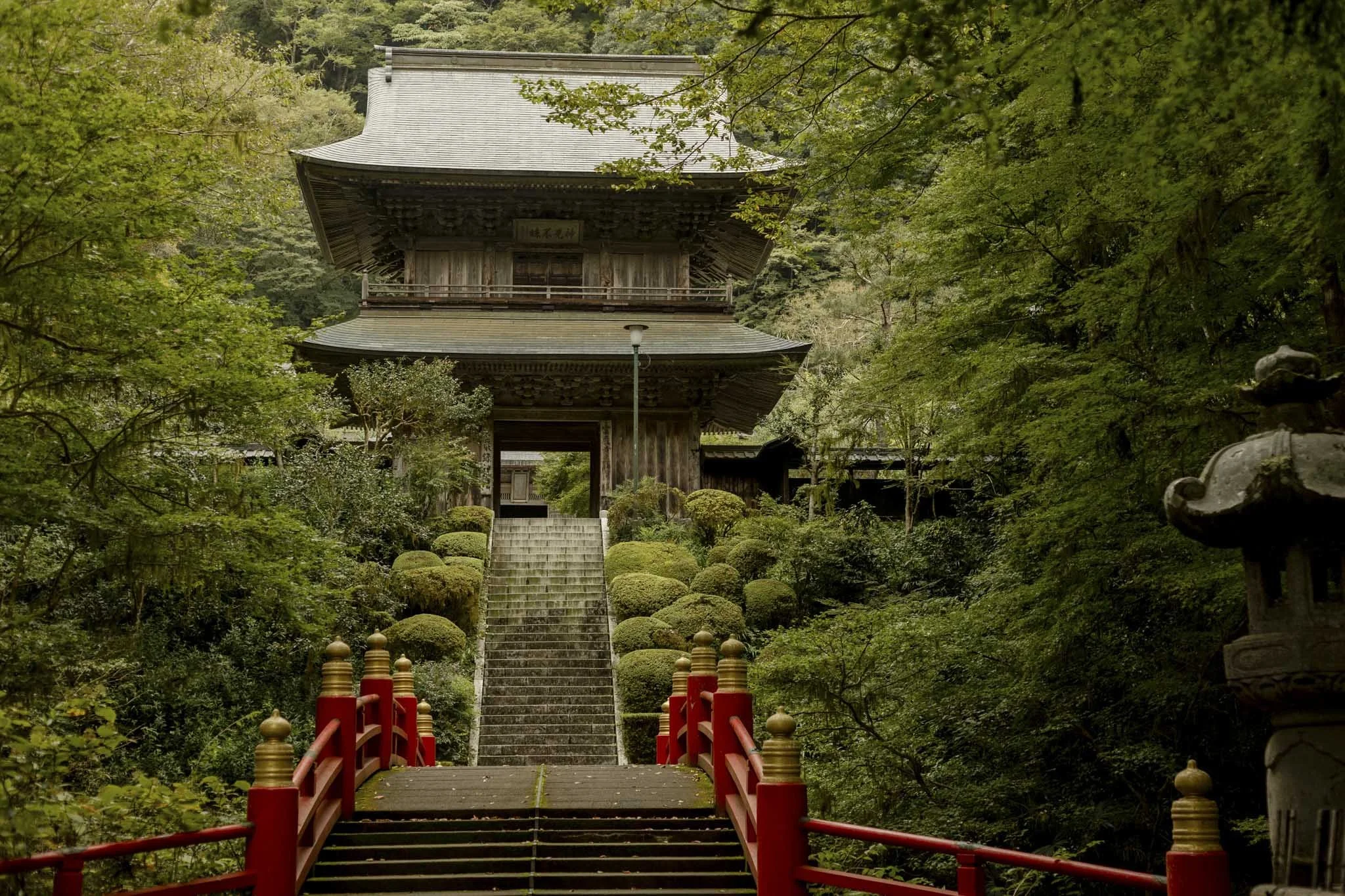














Celebrating Venice’s artisans and traditions.